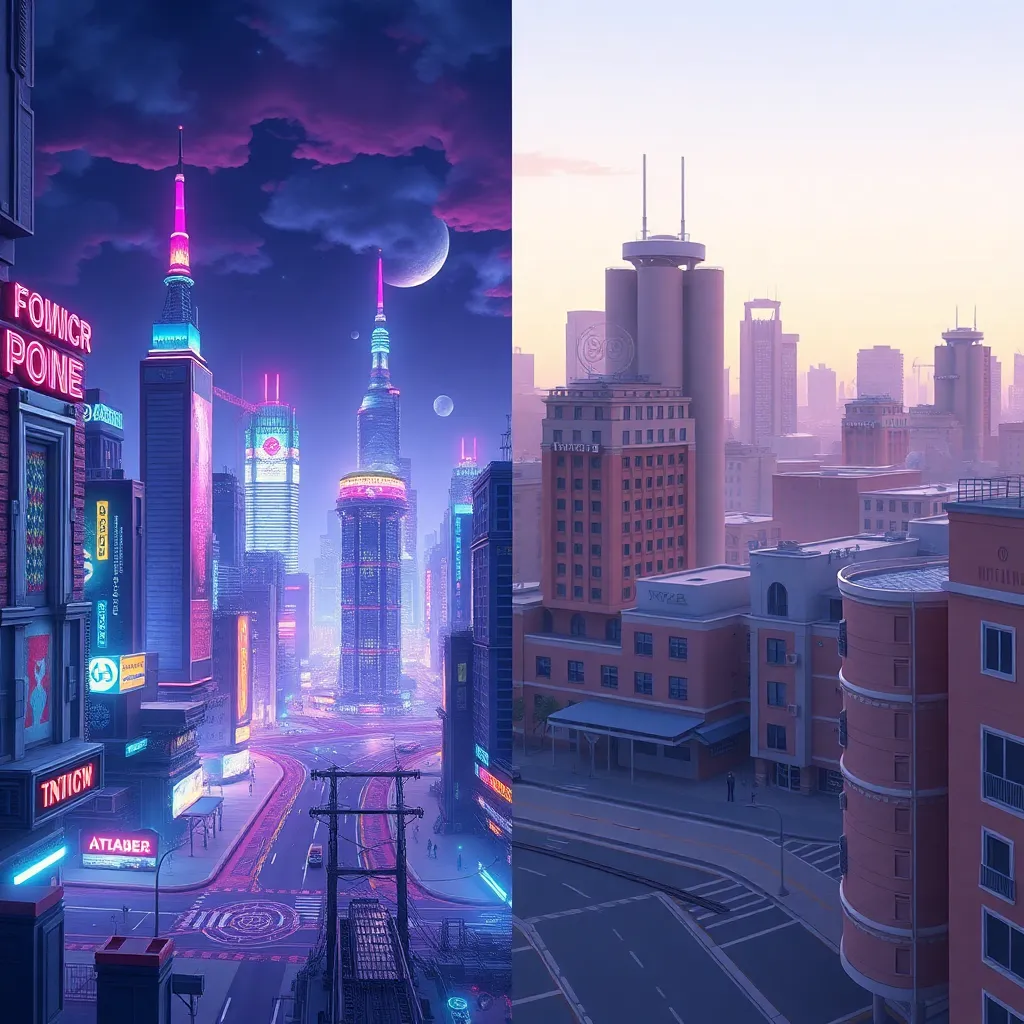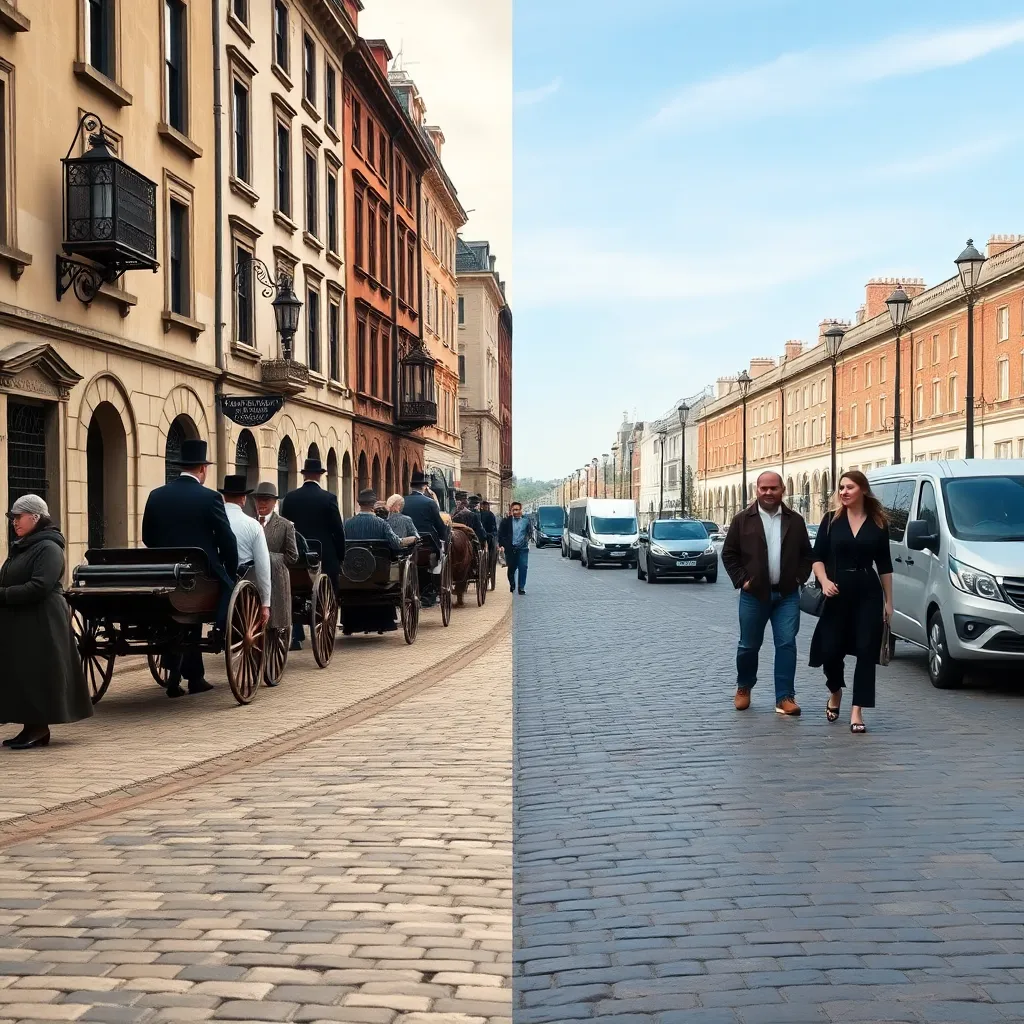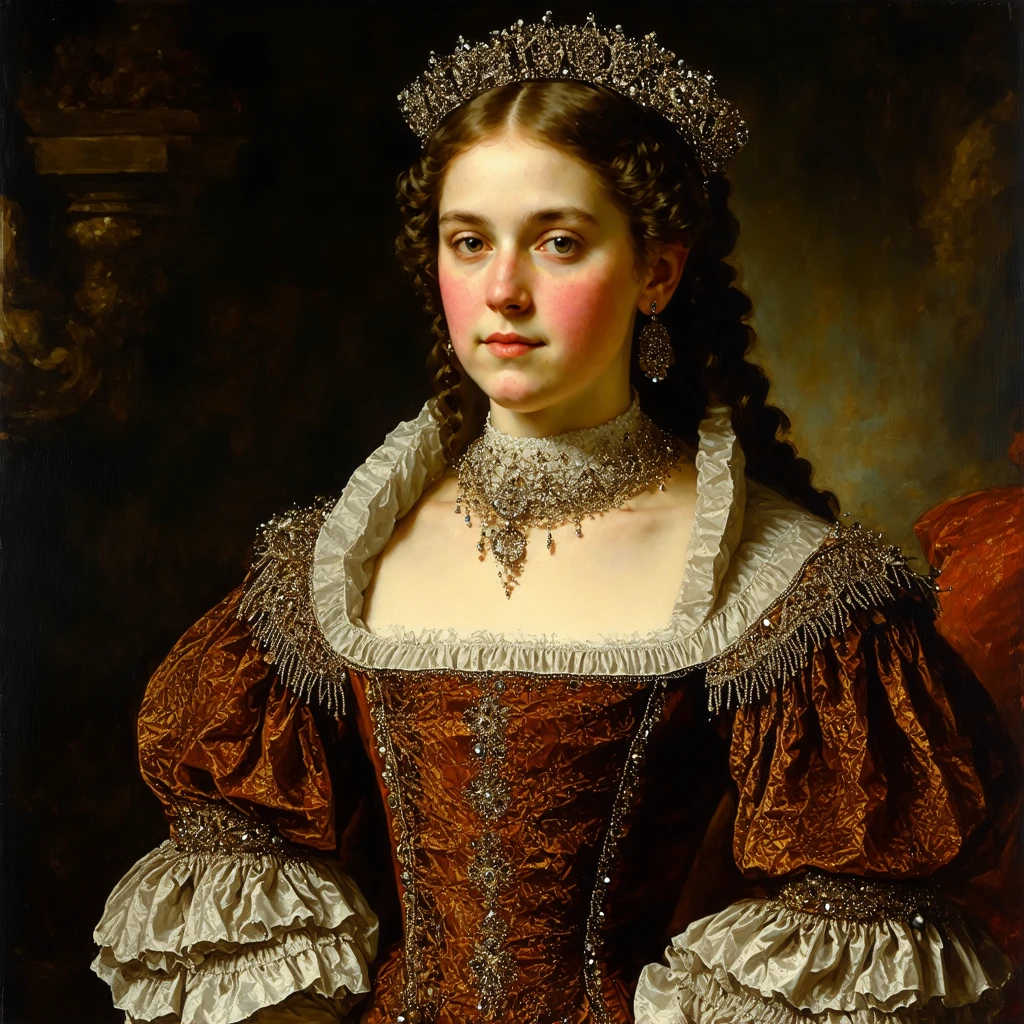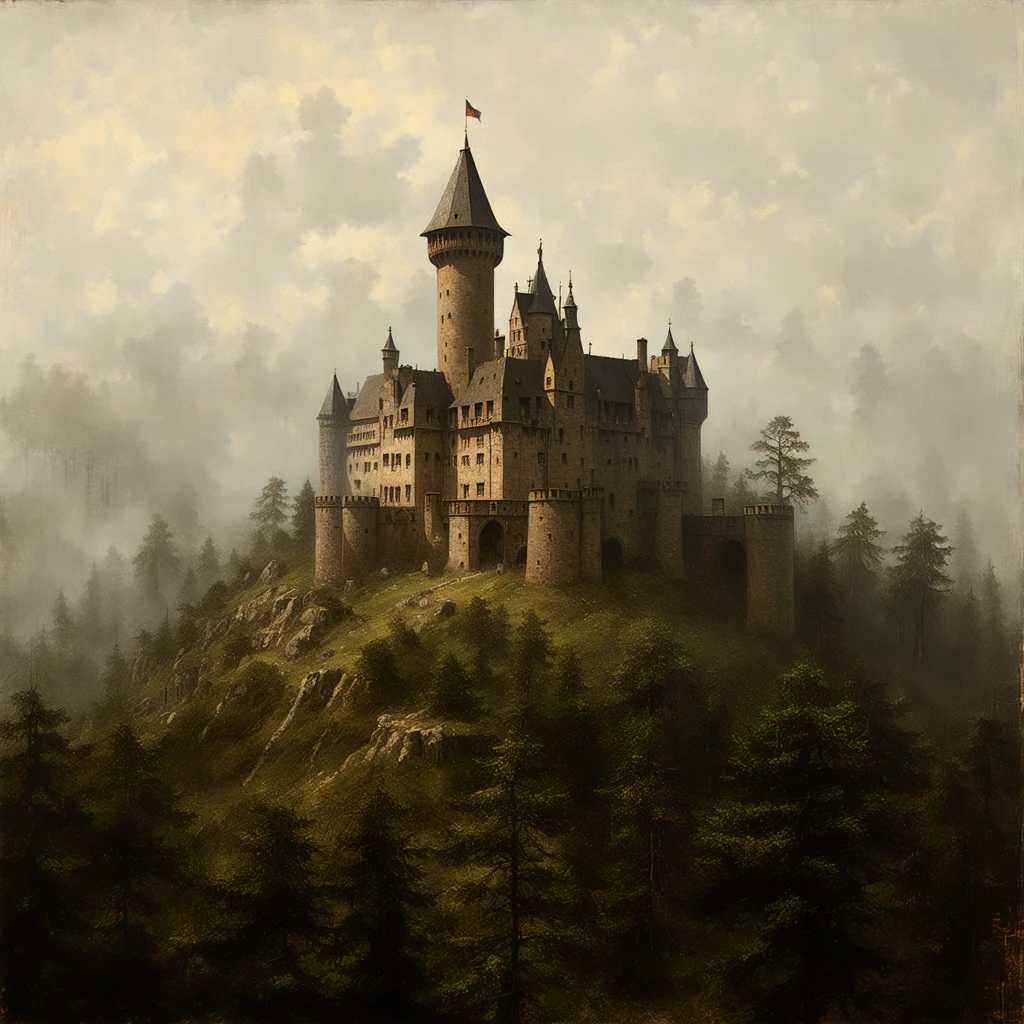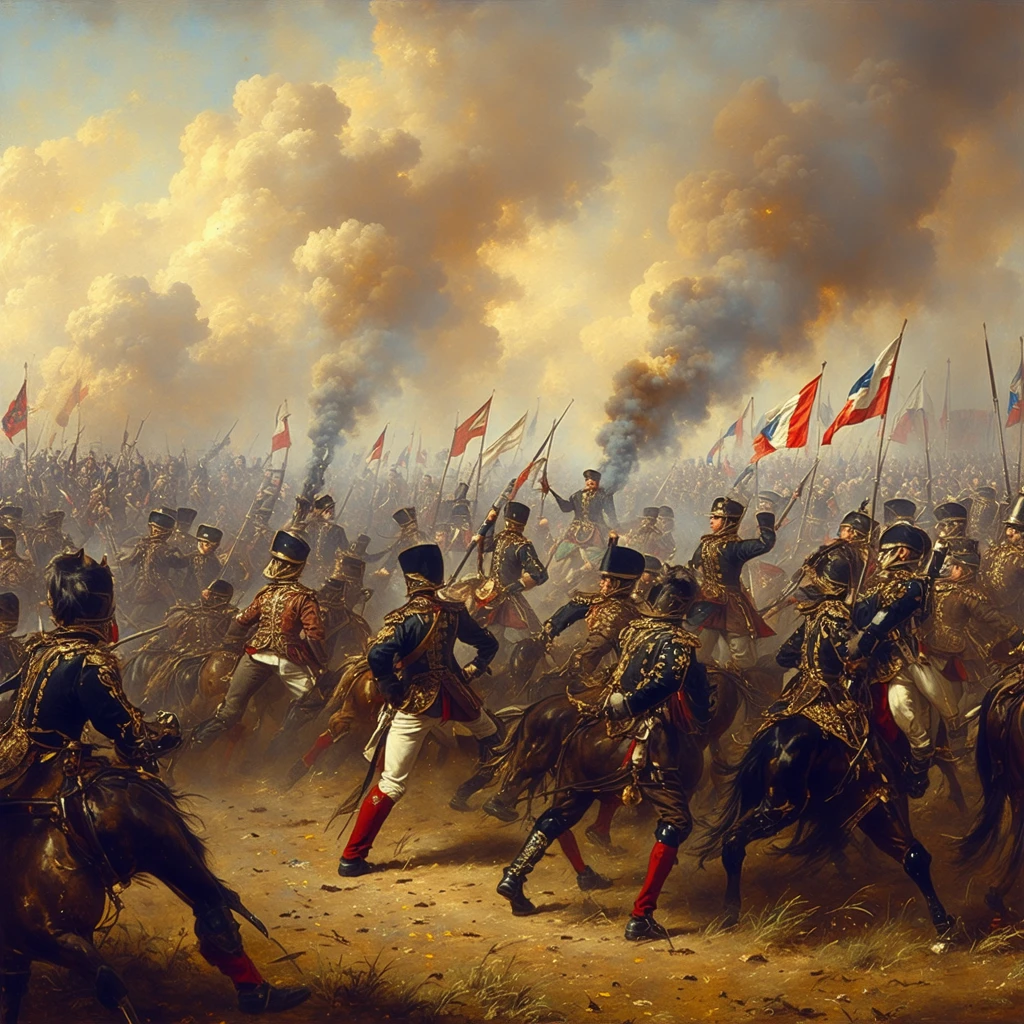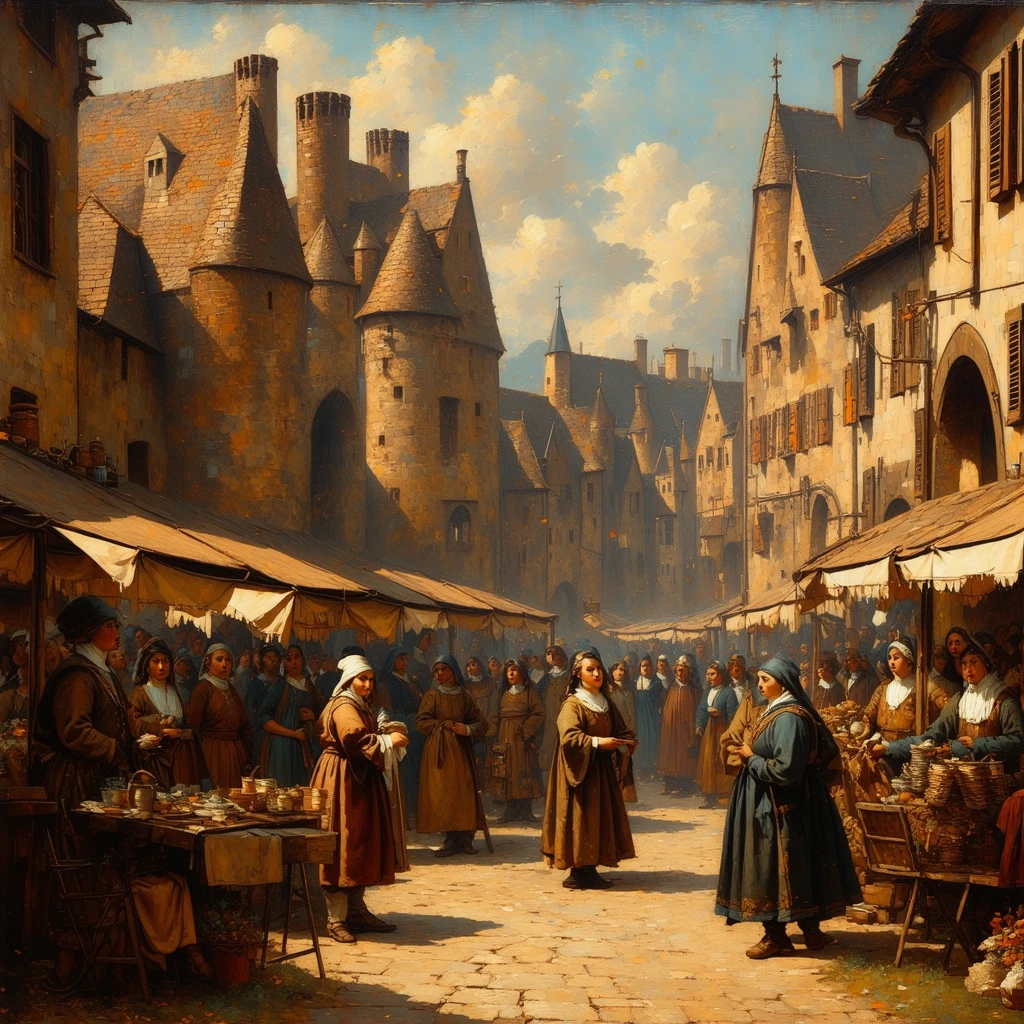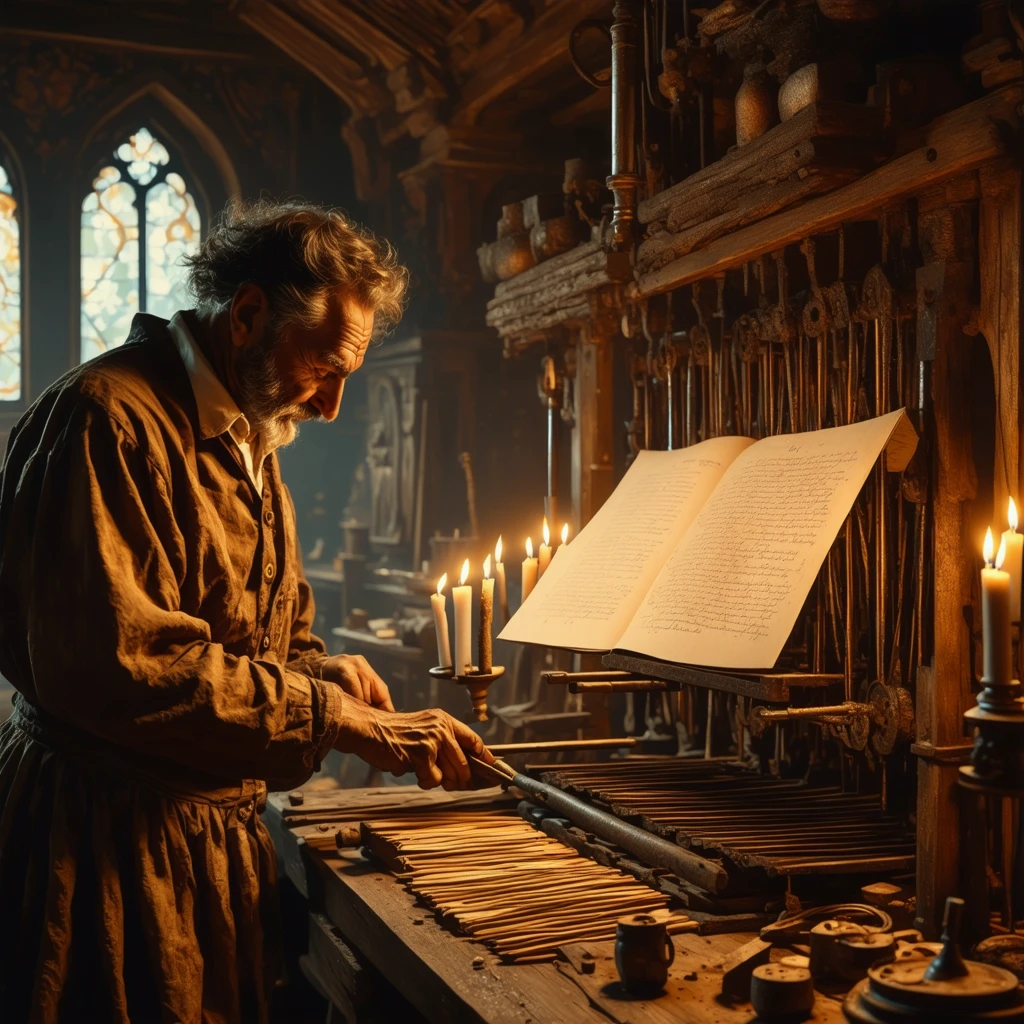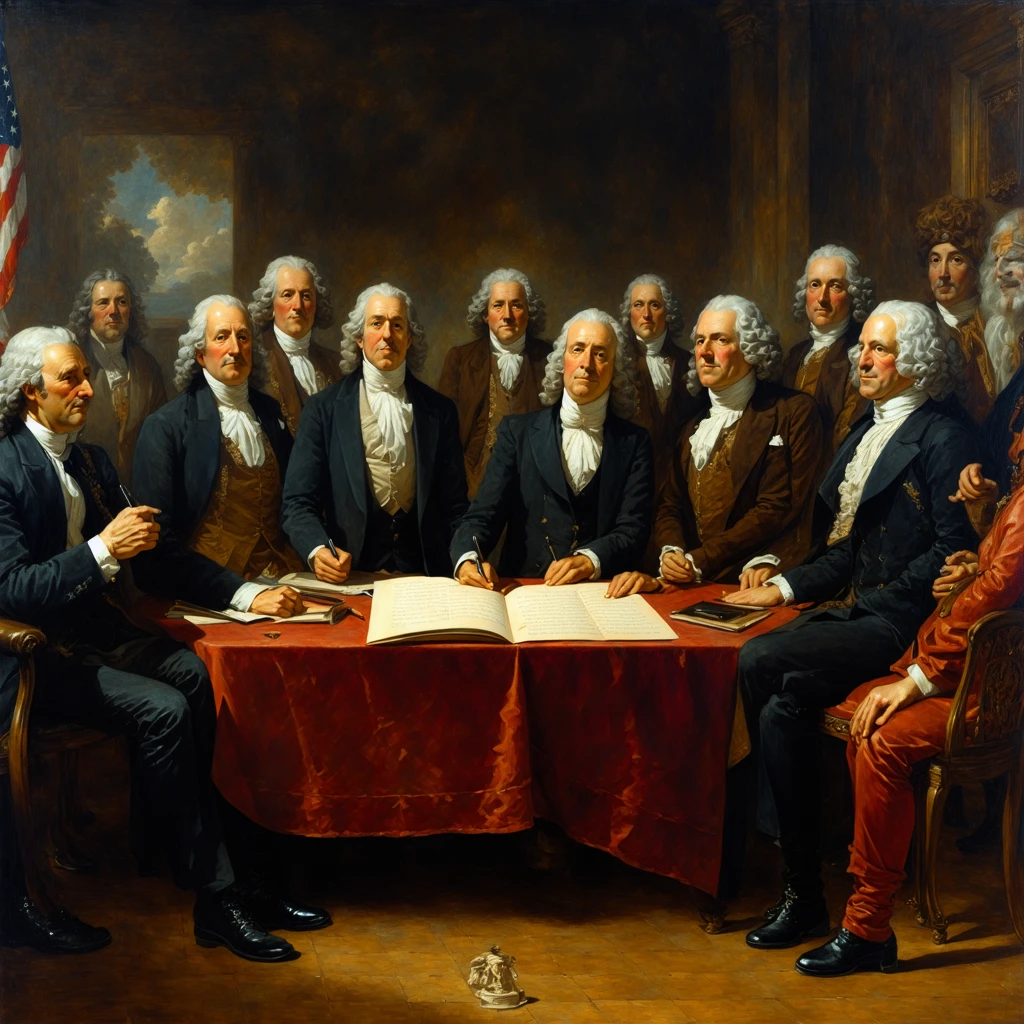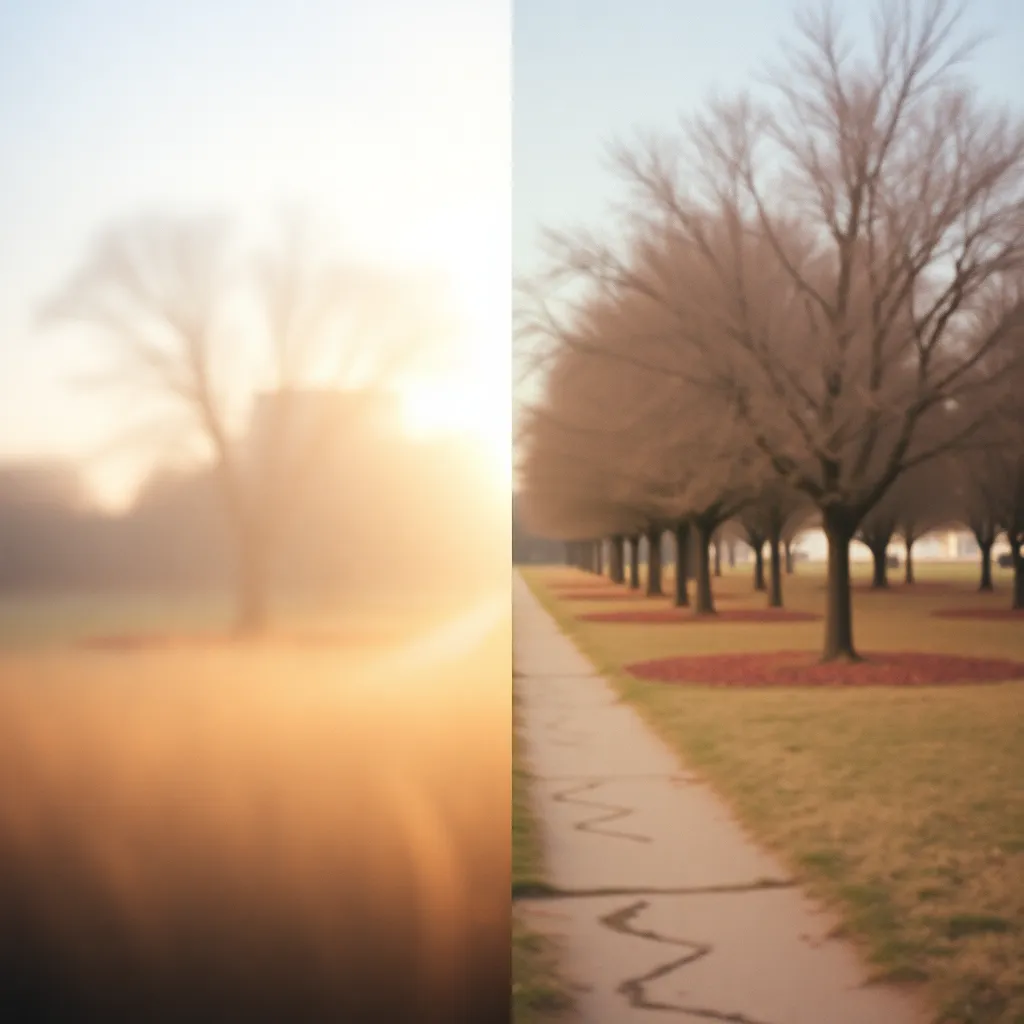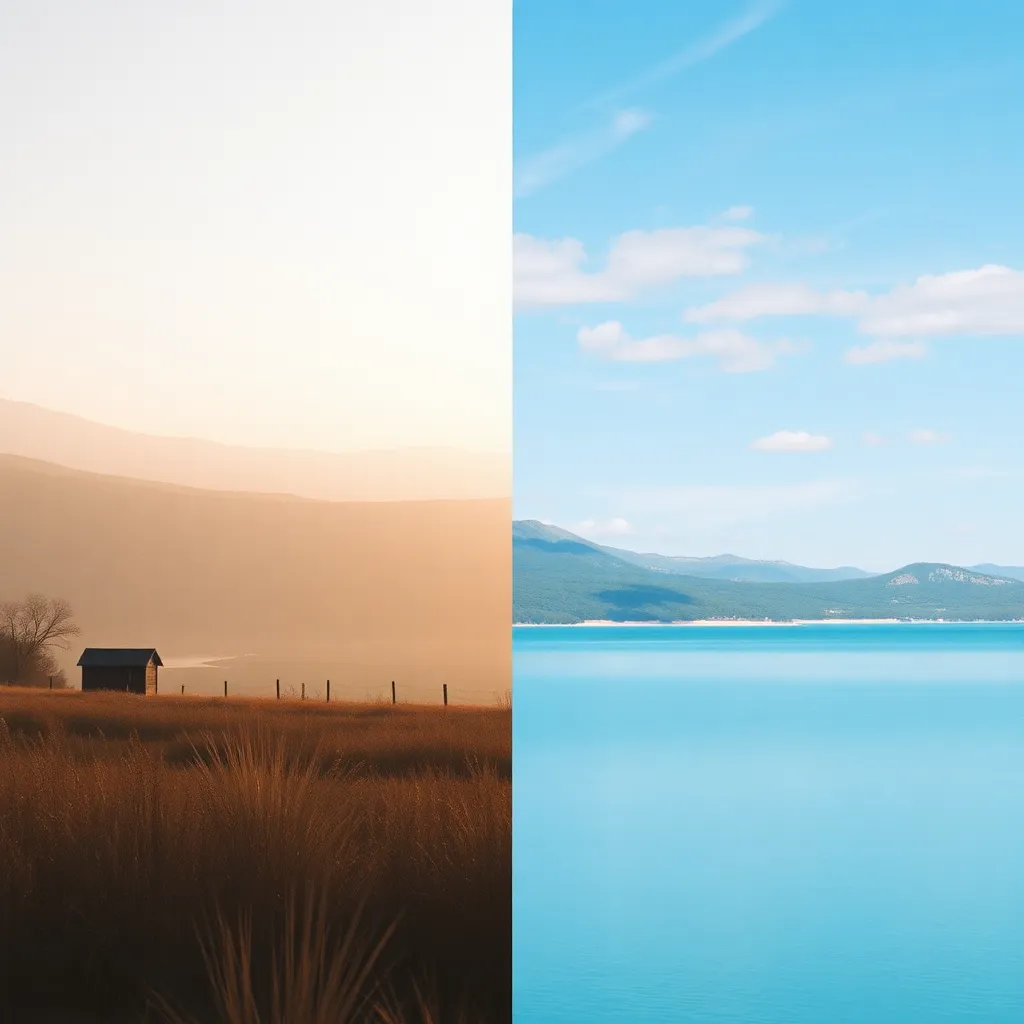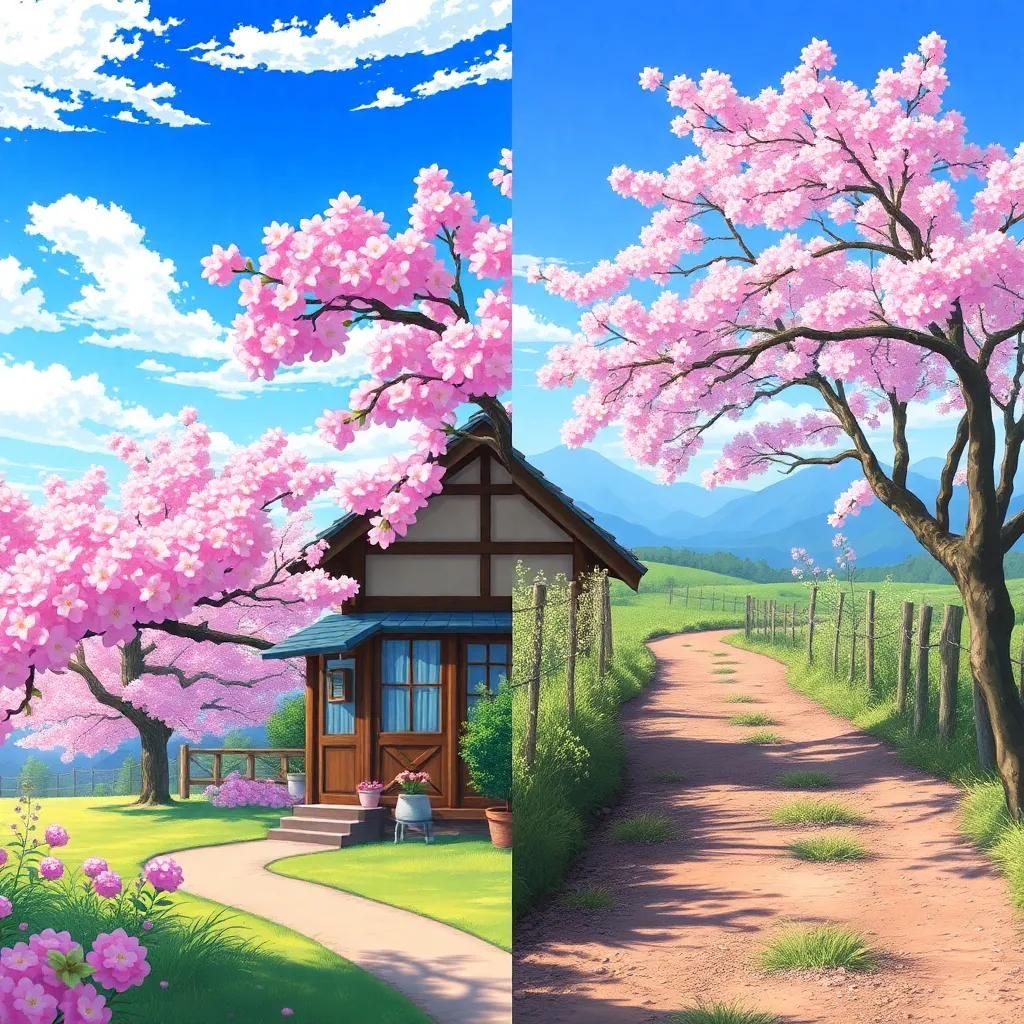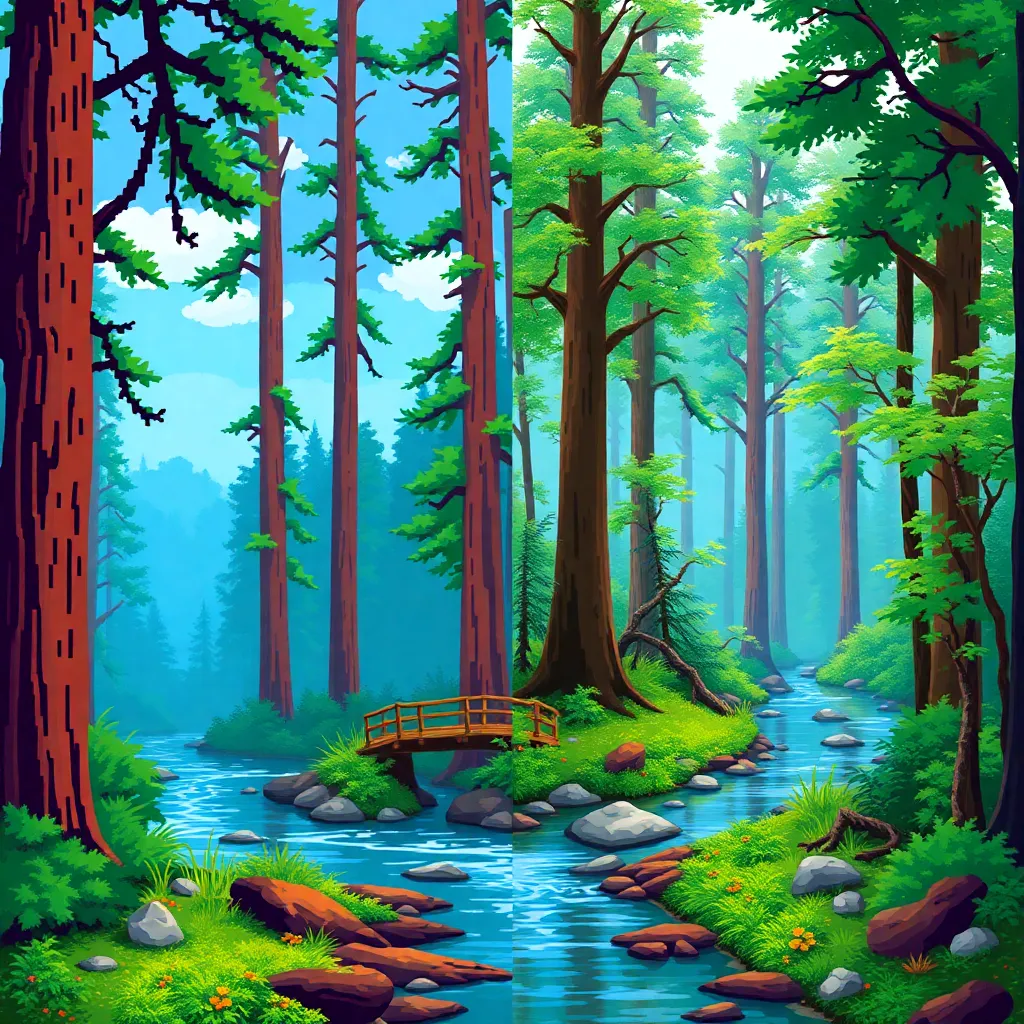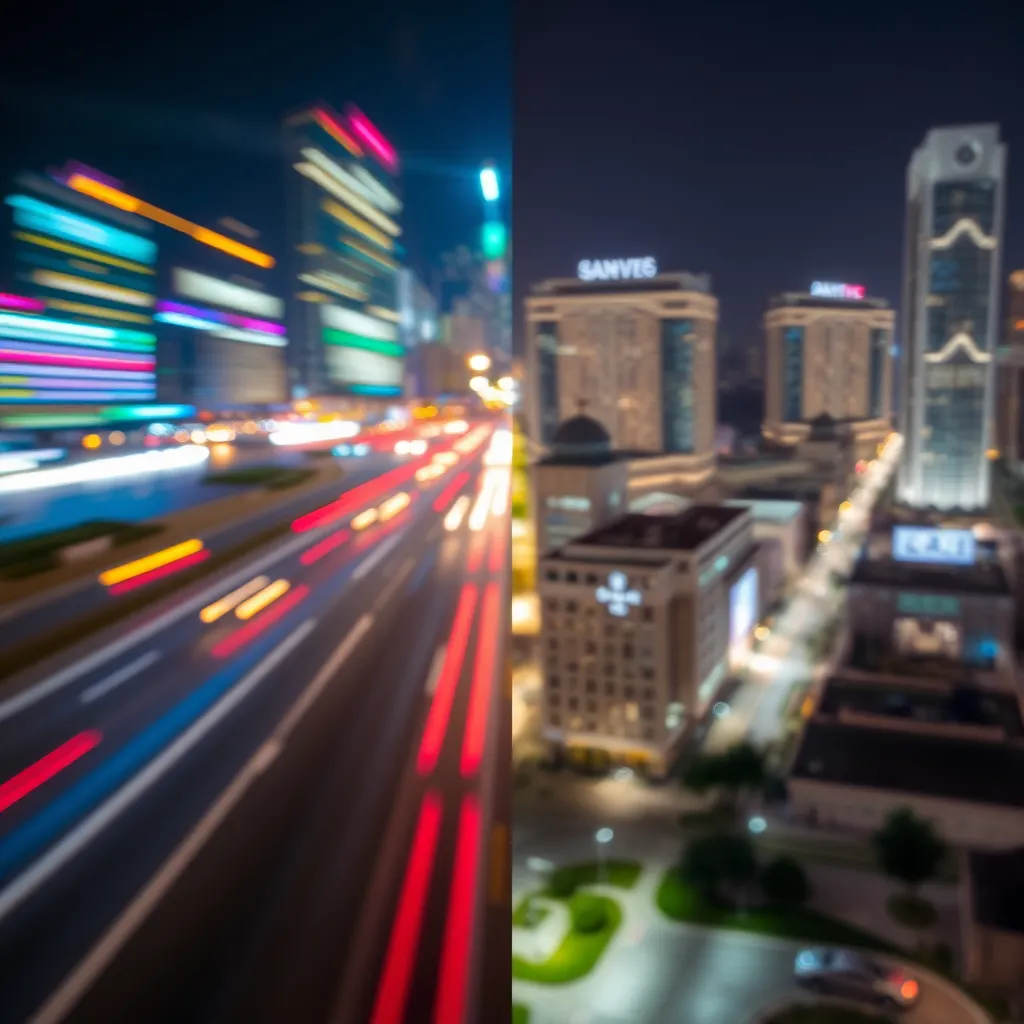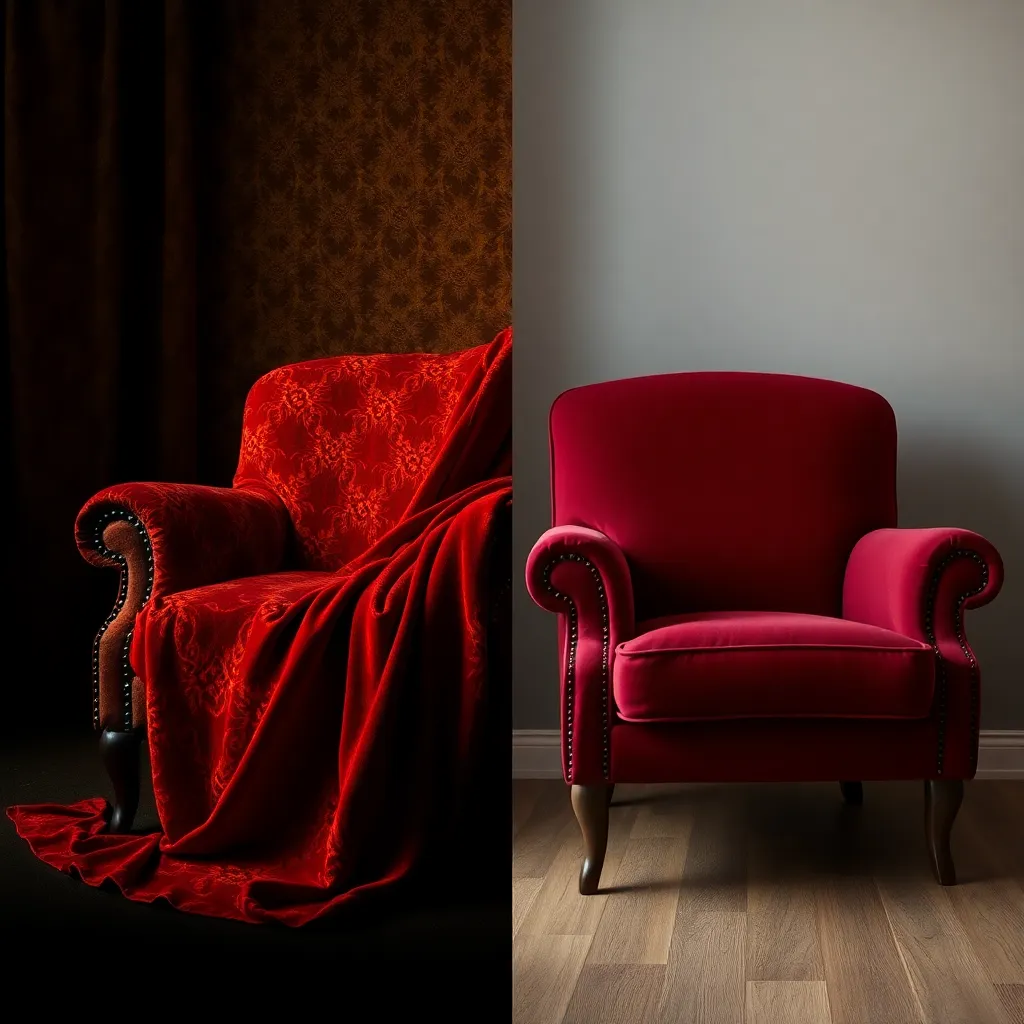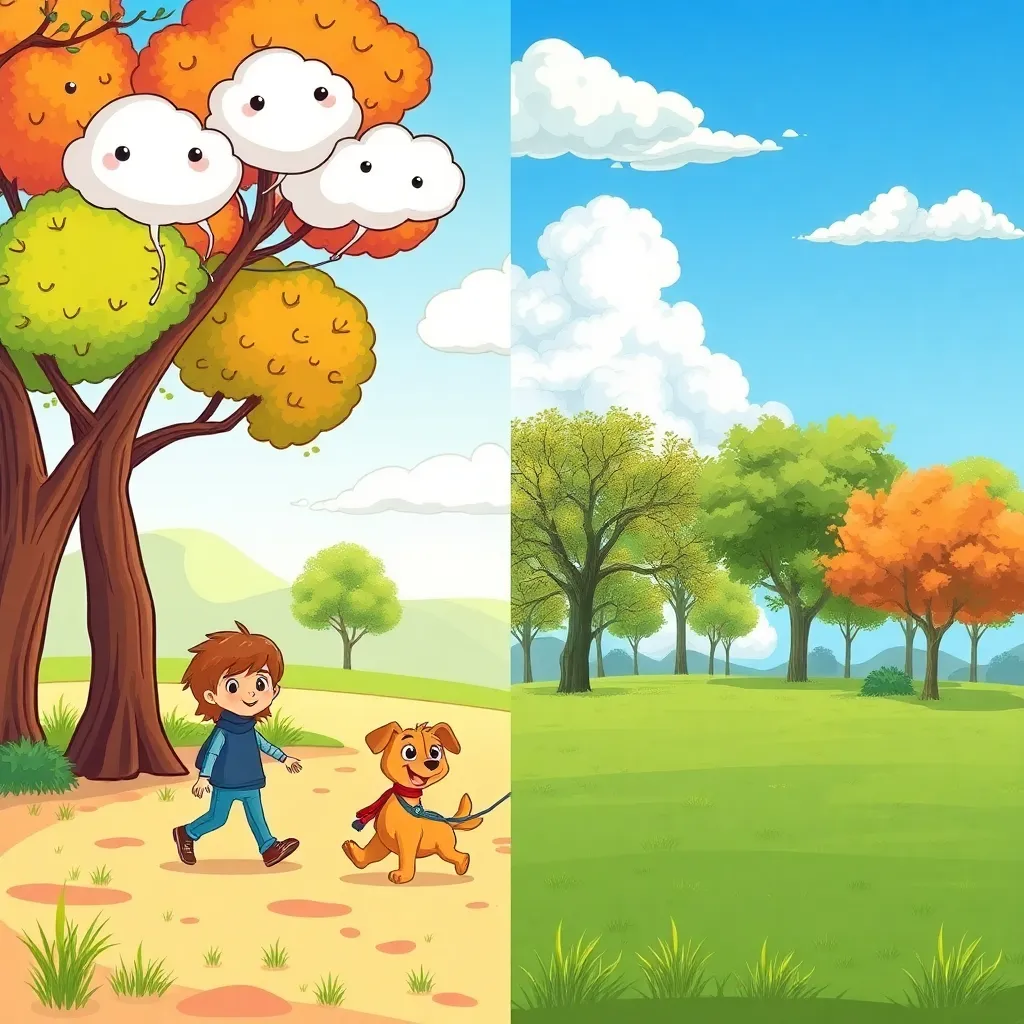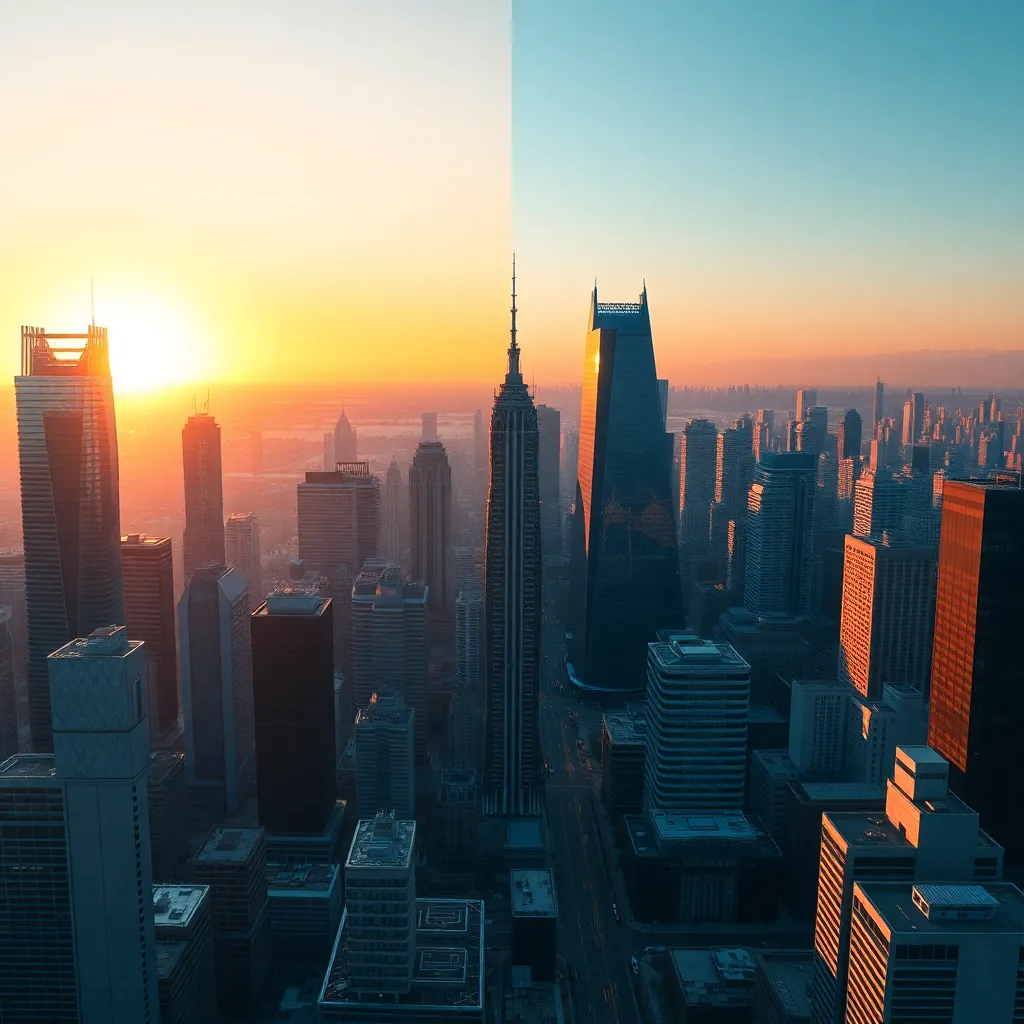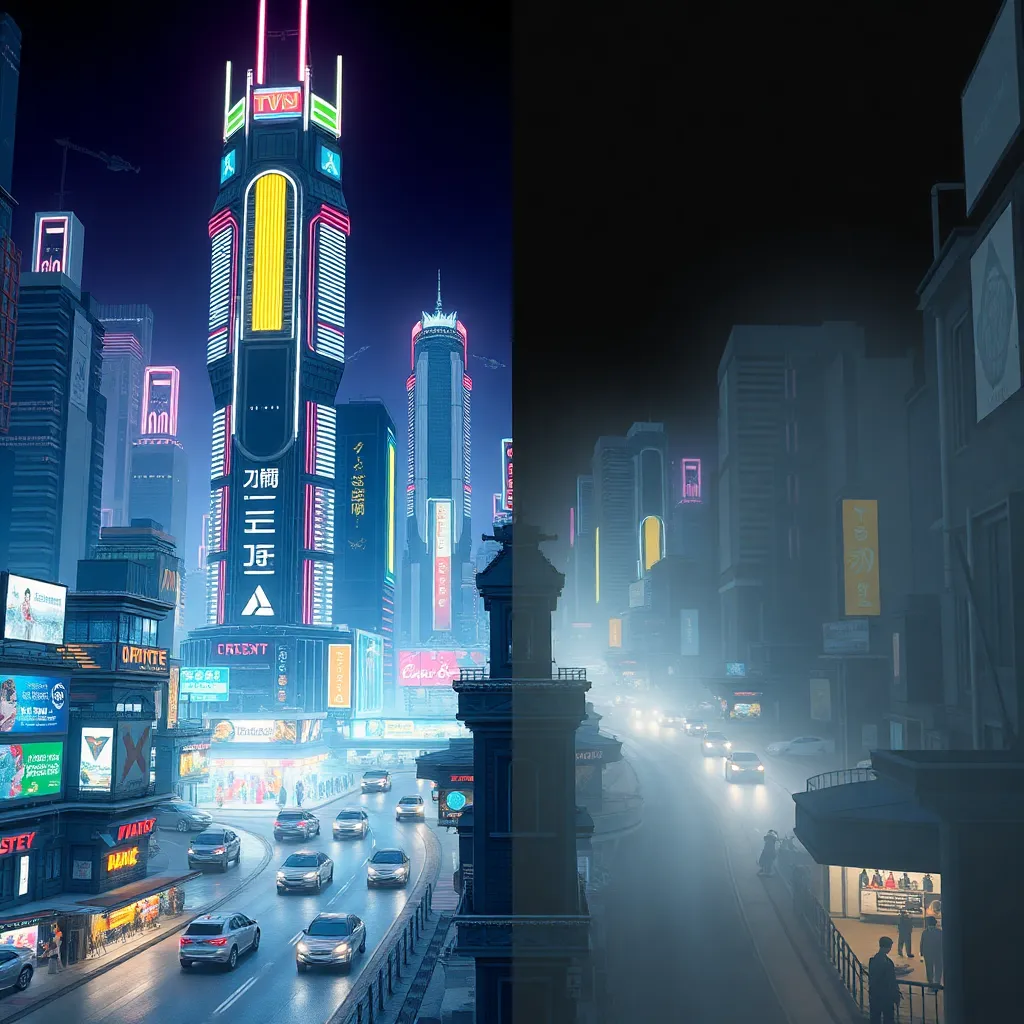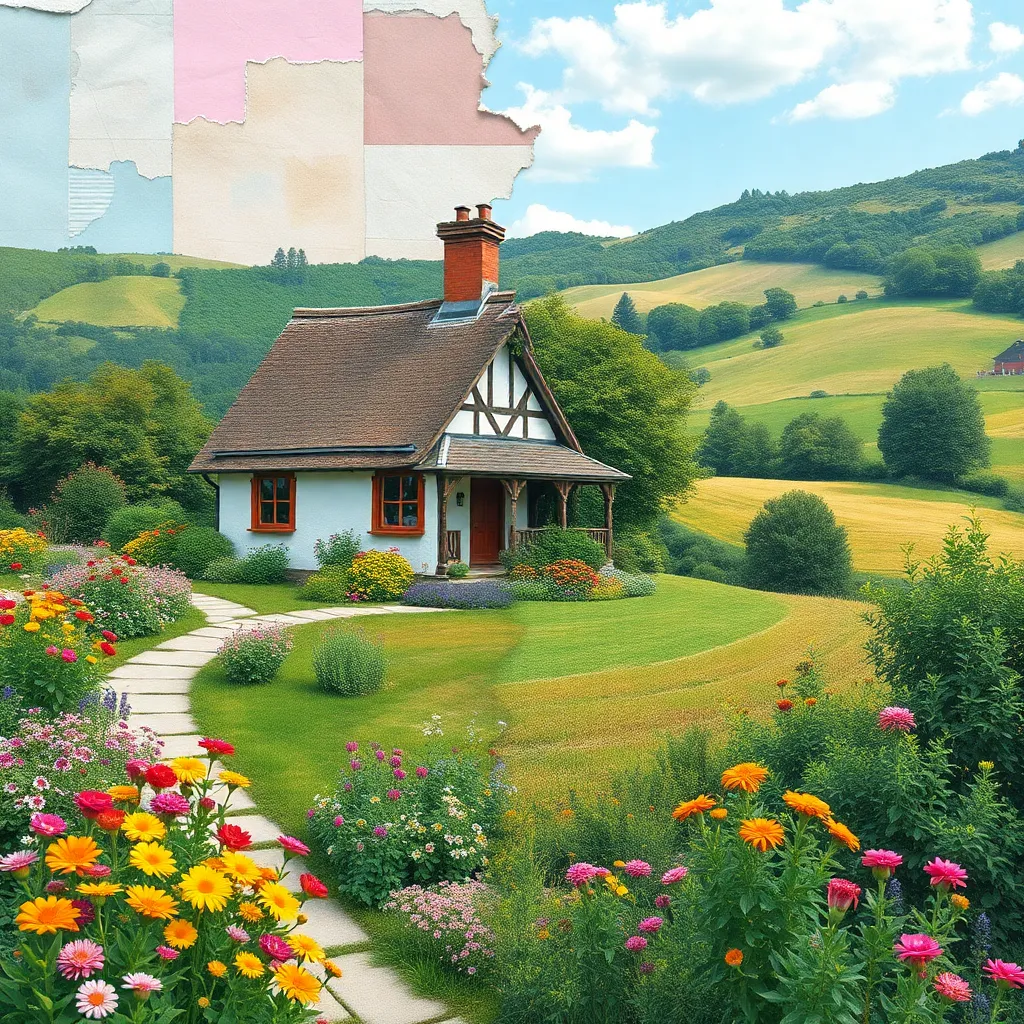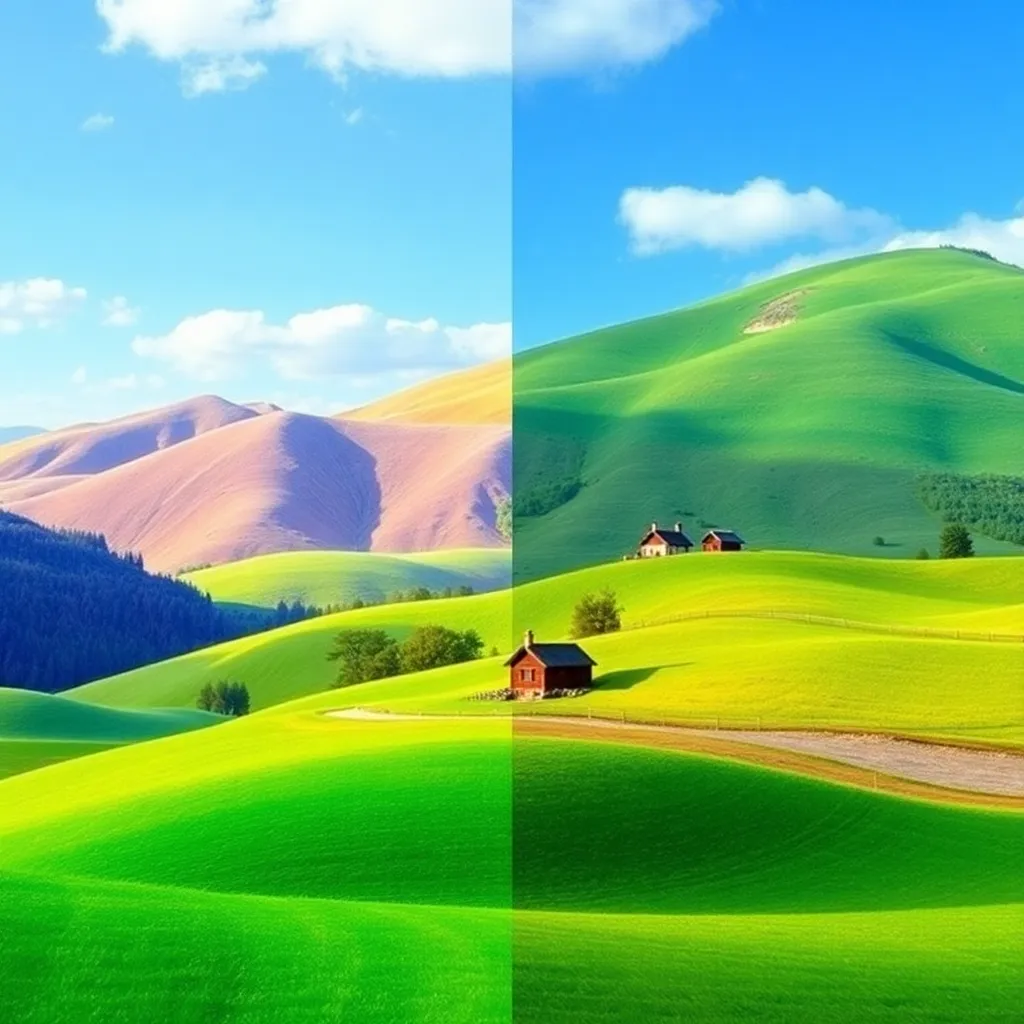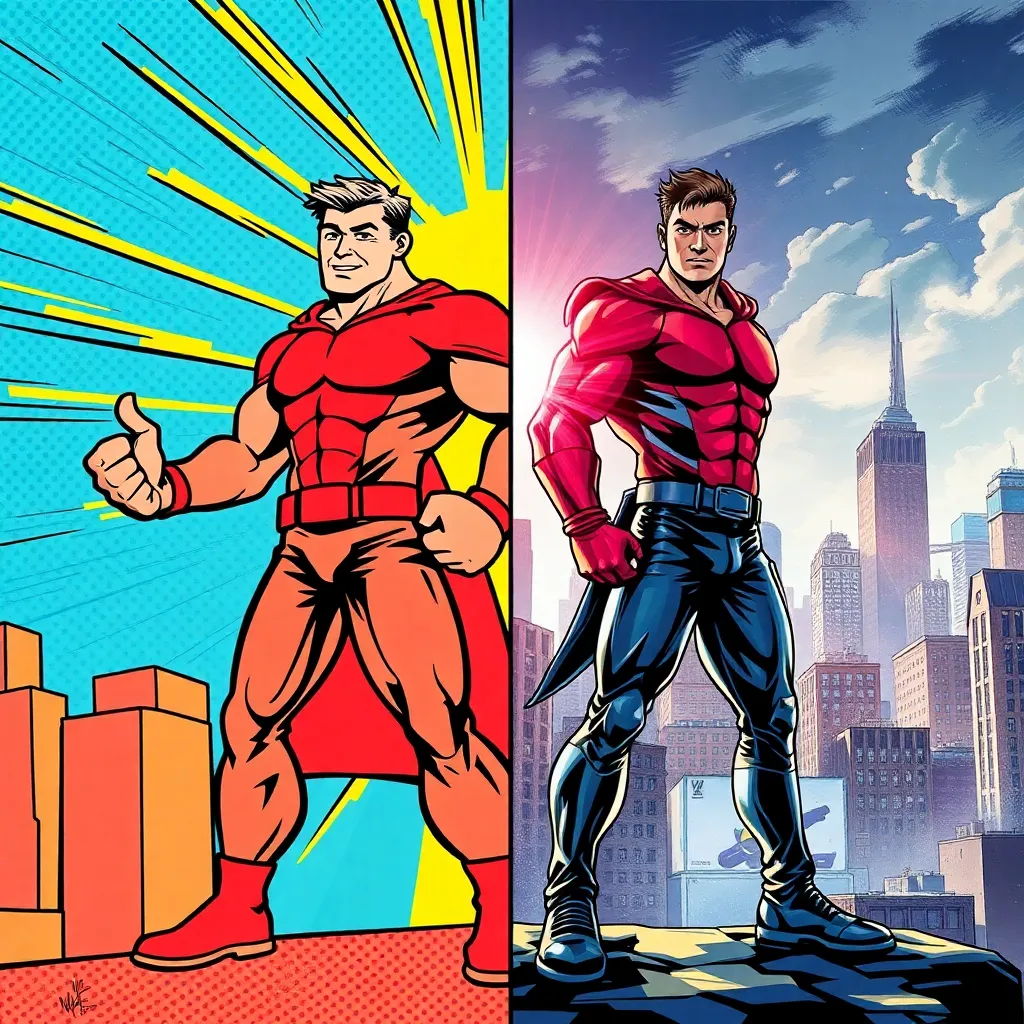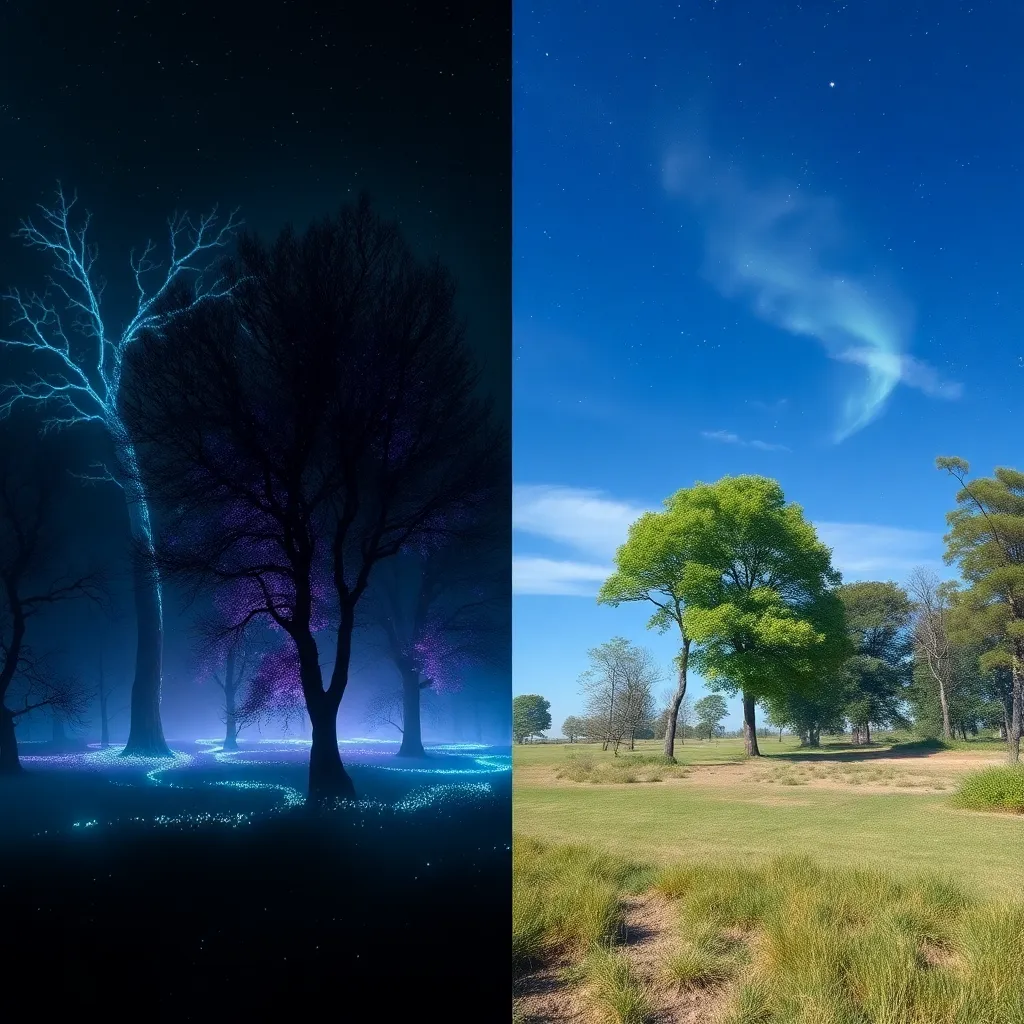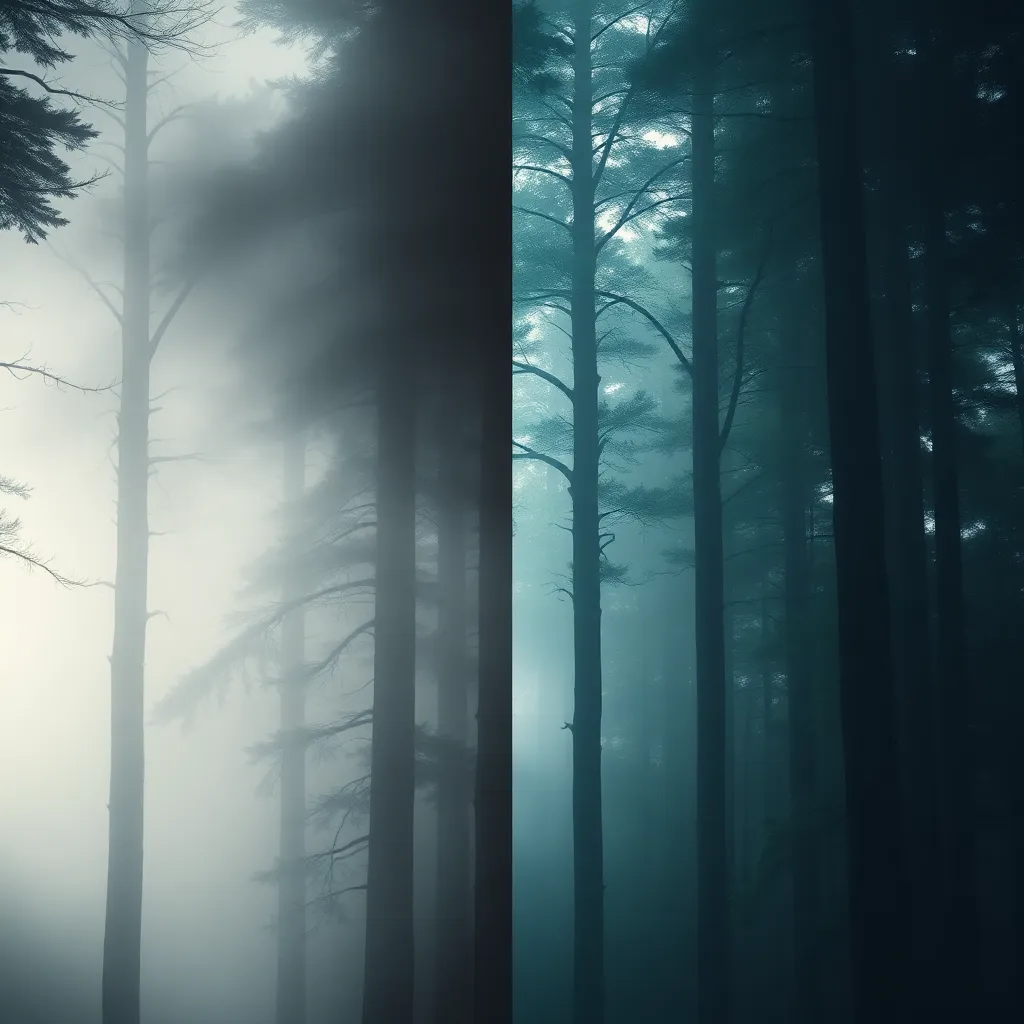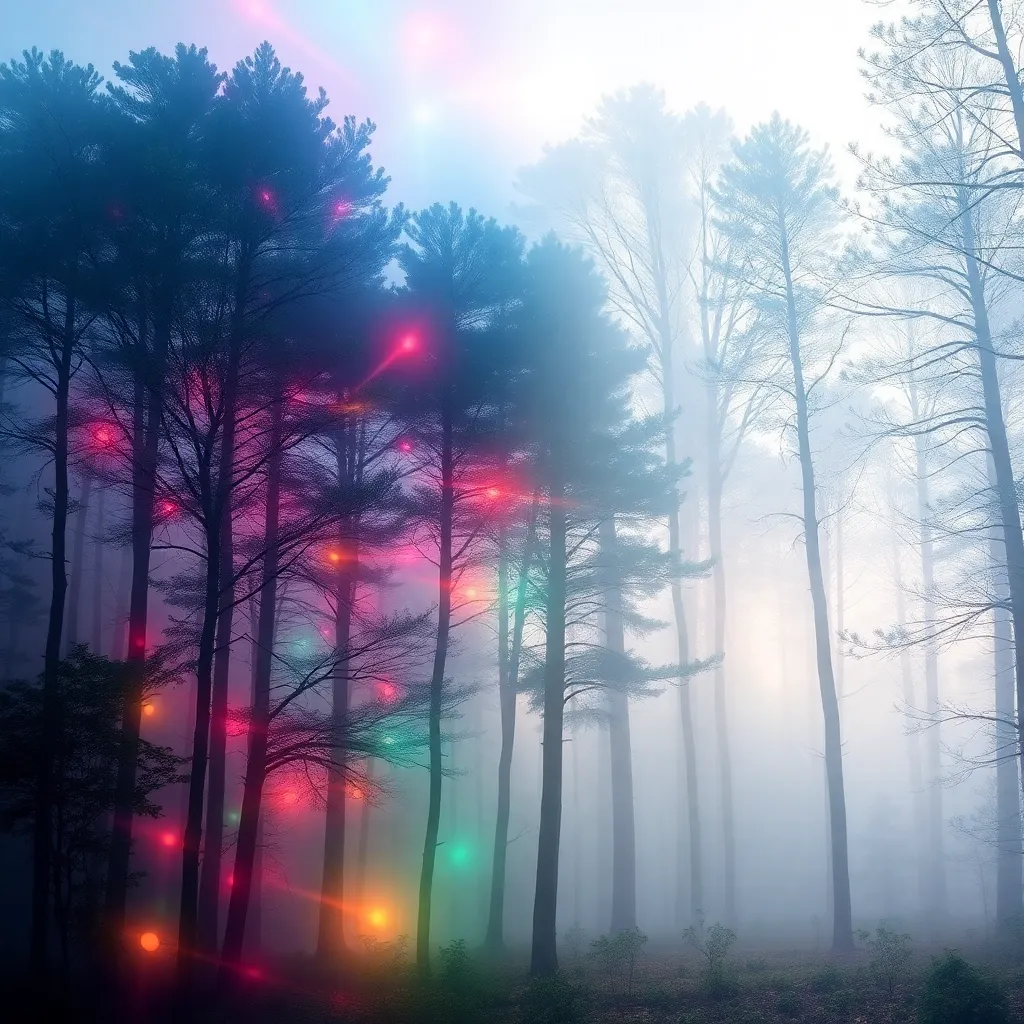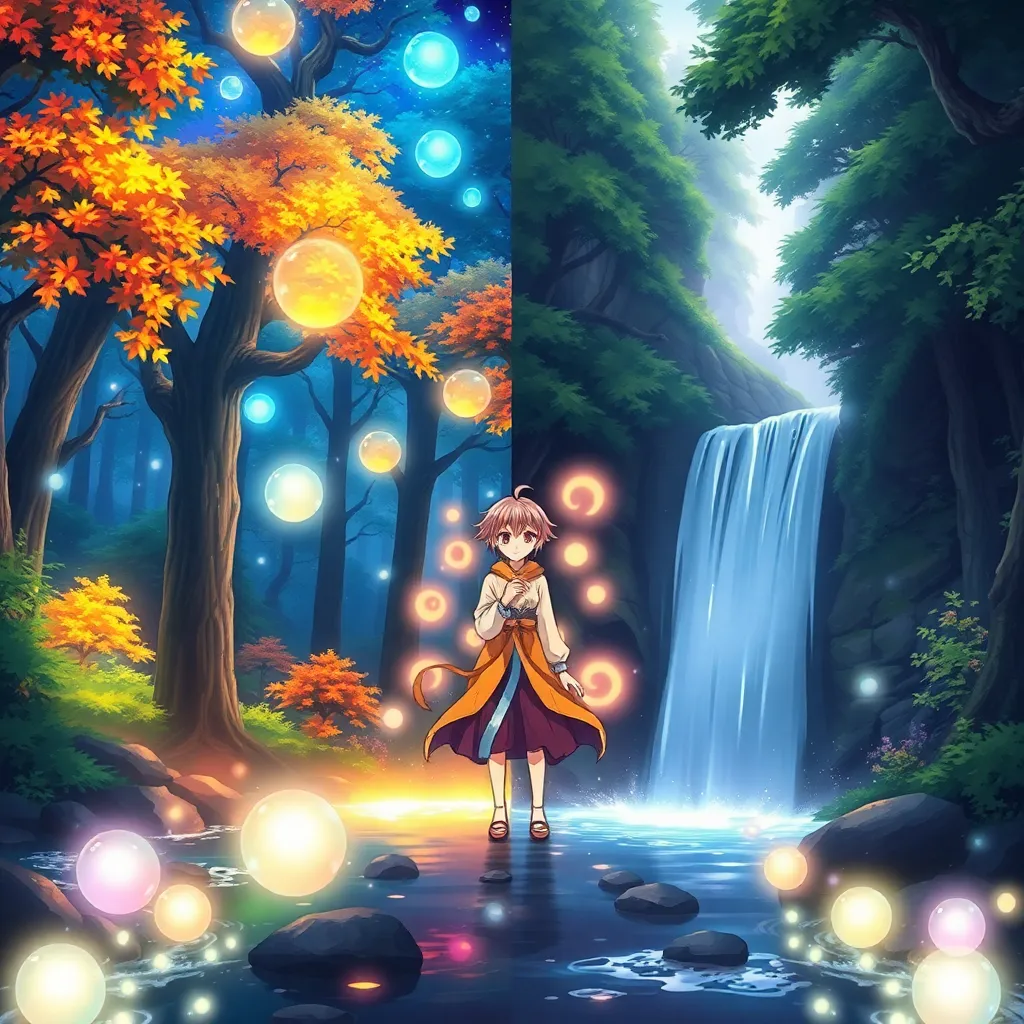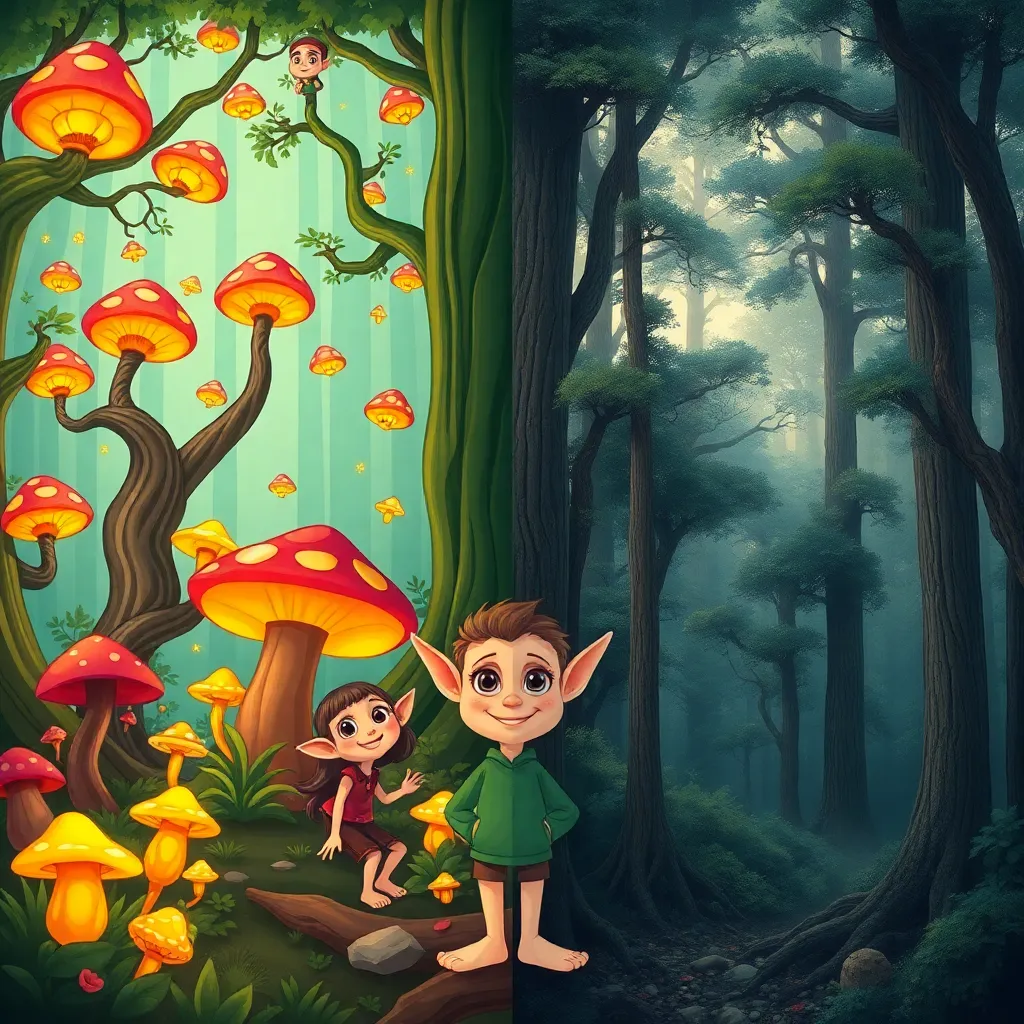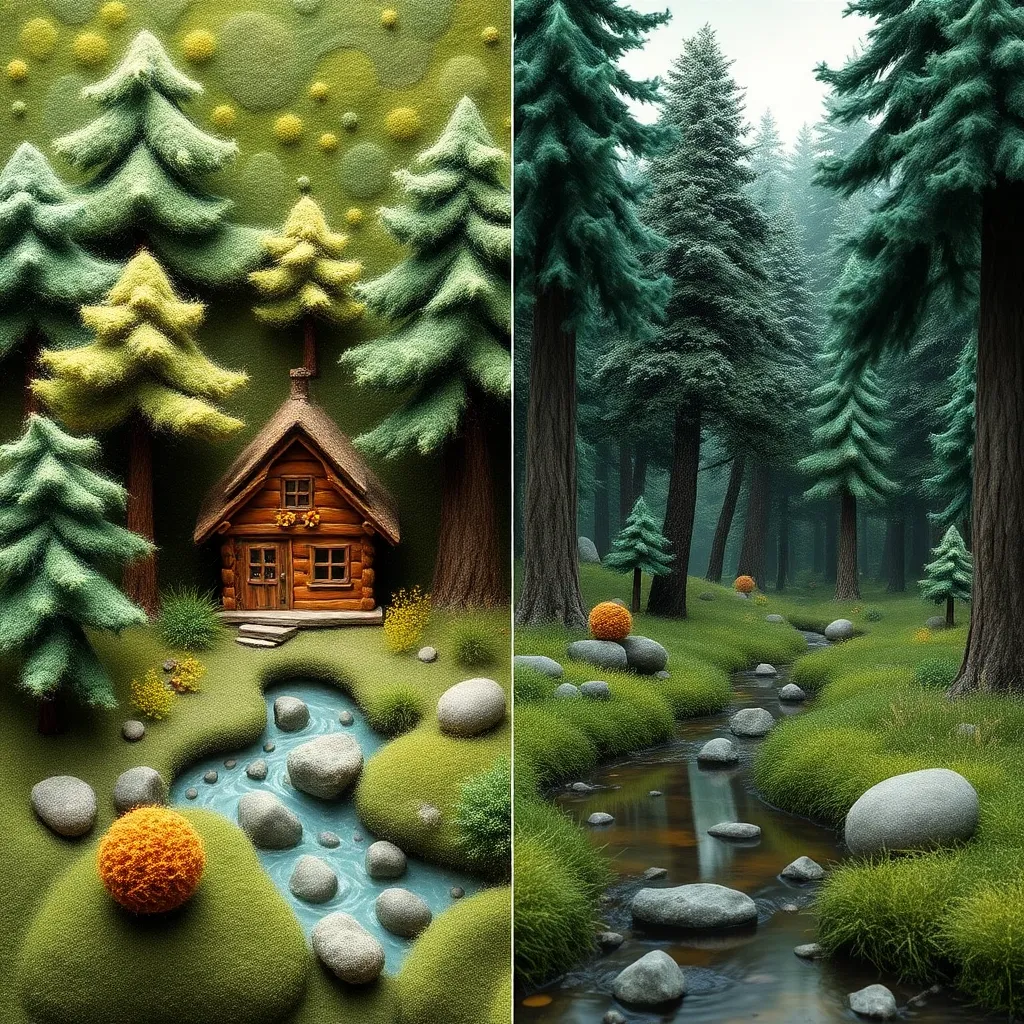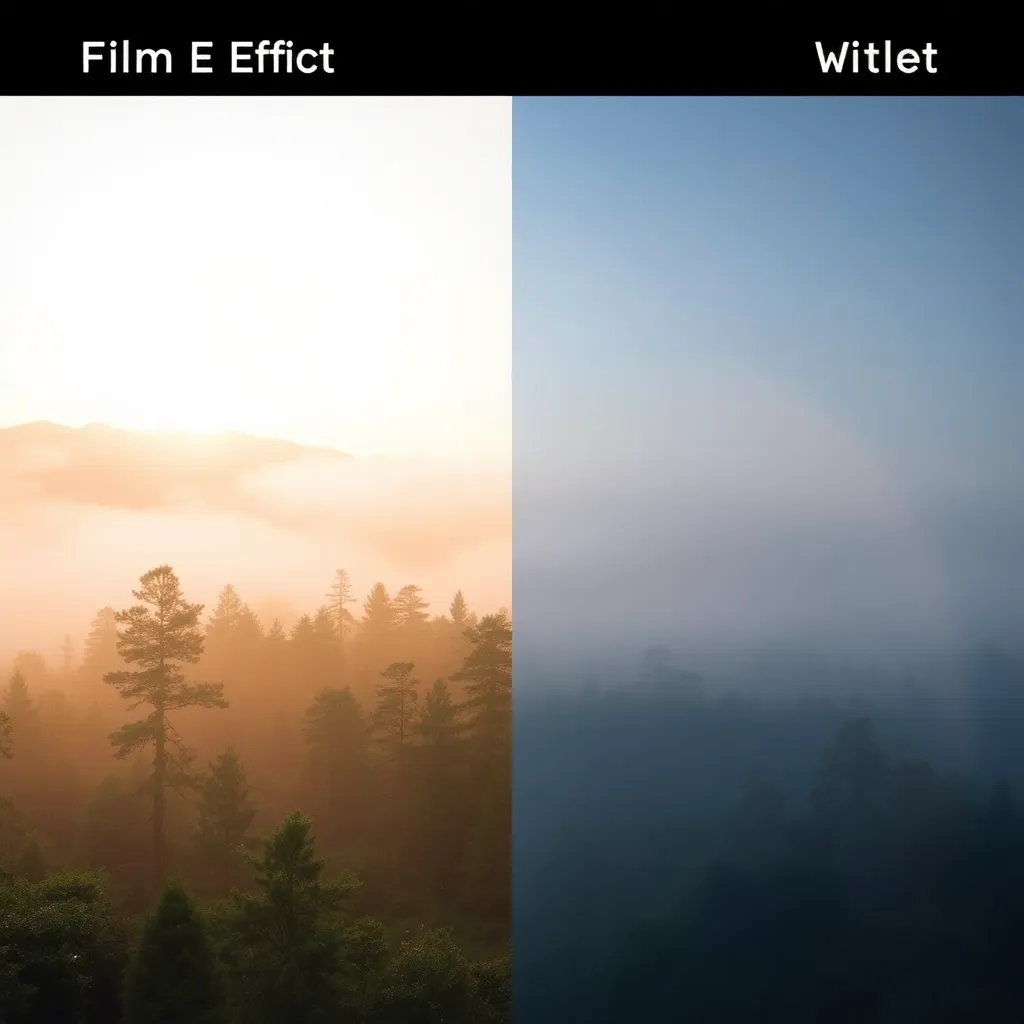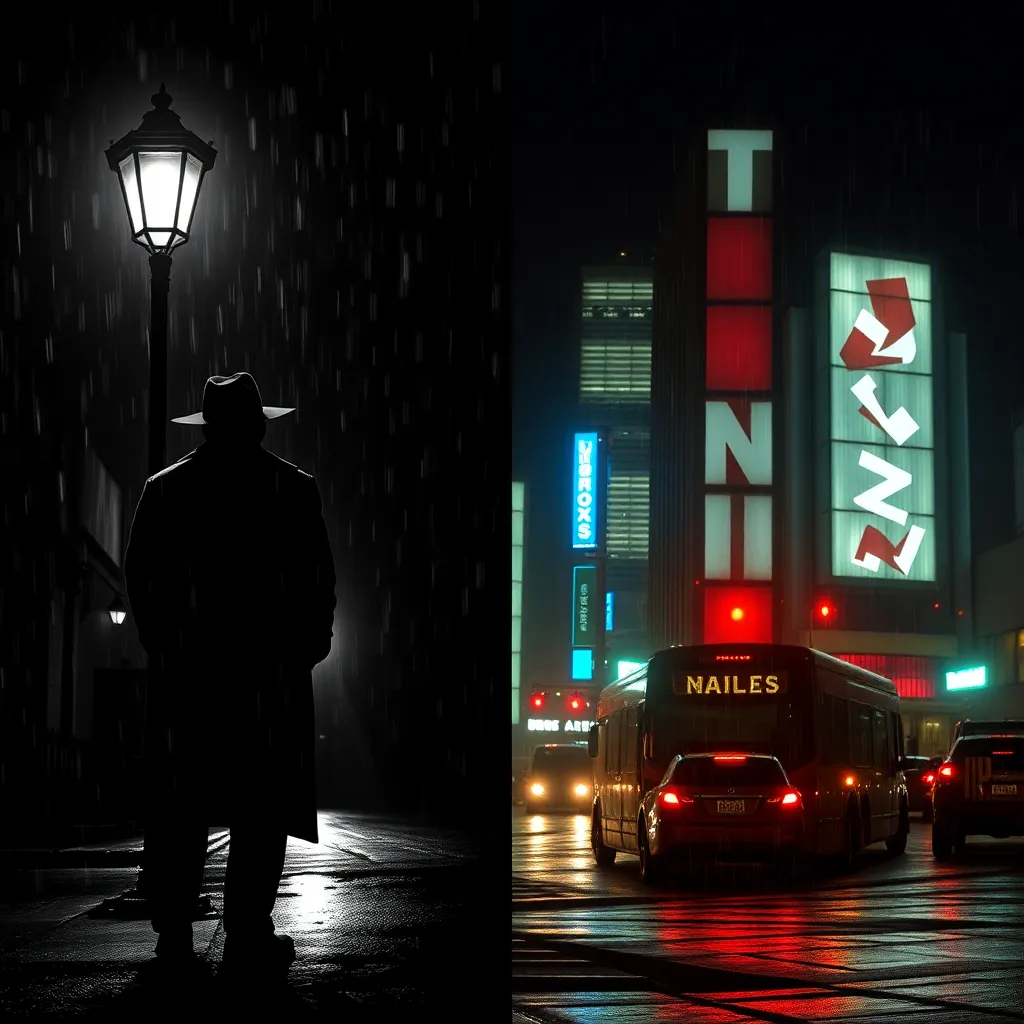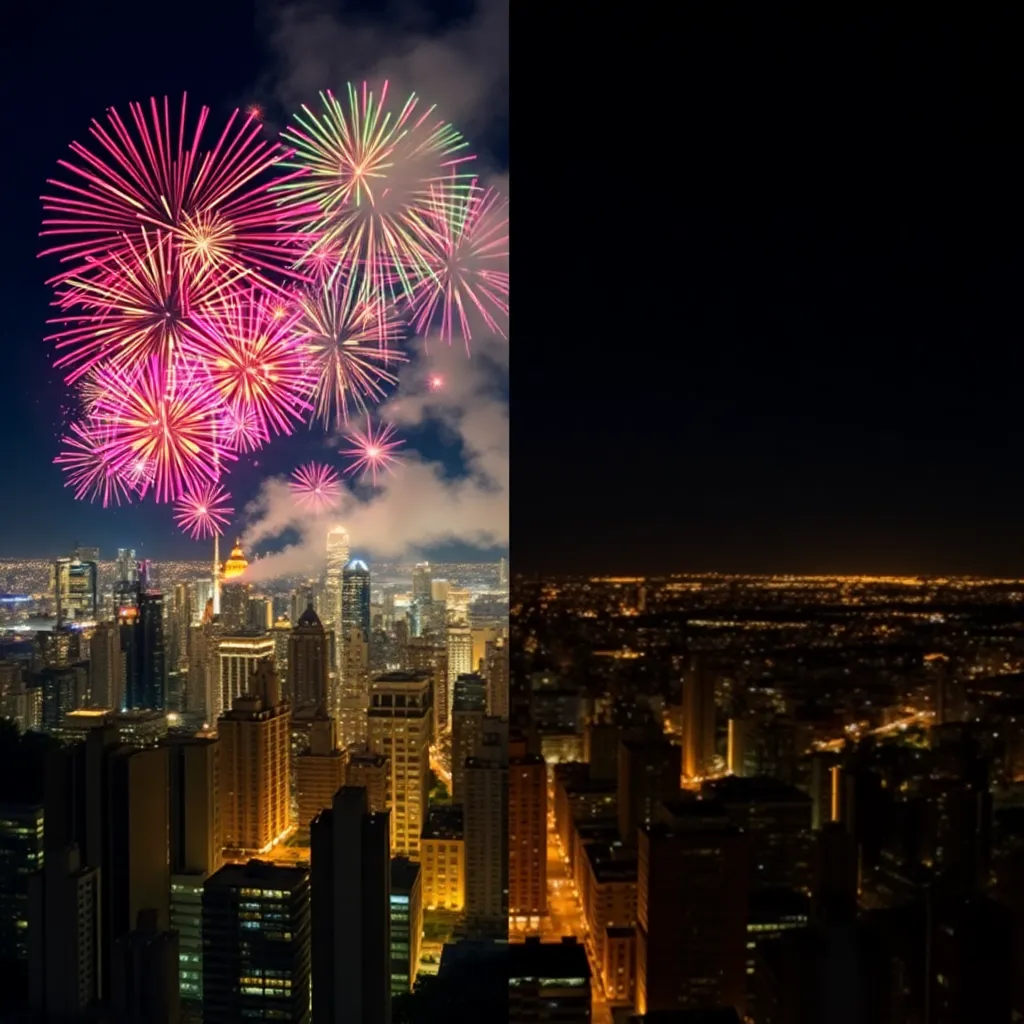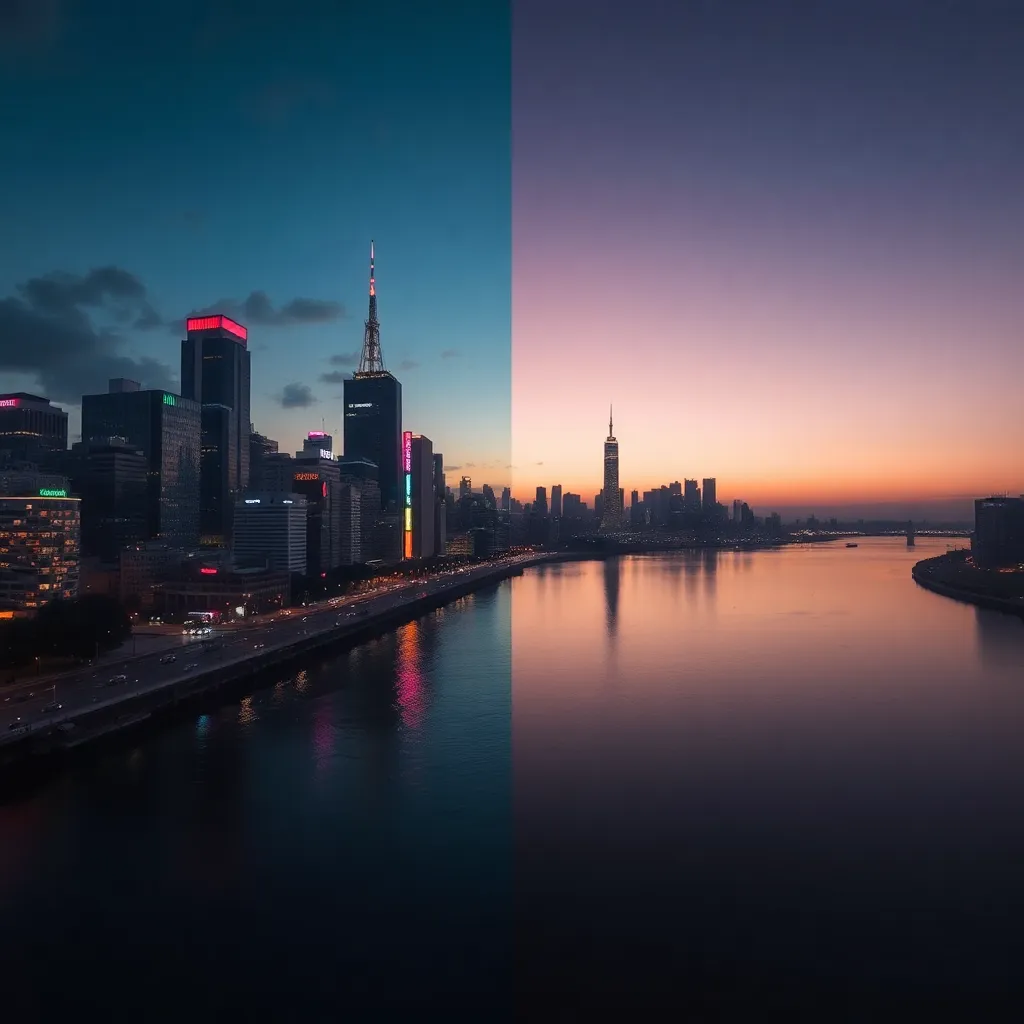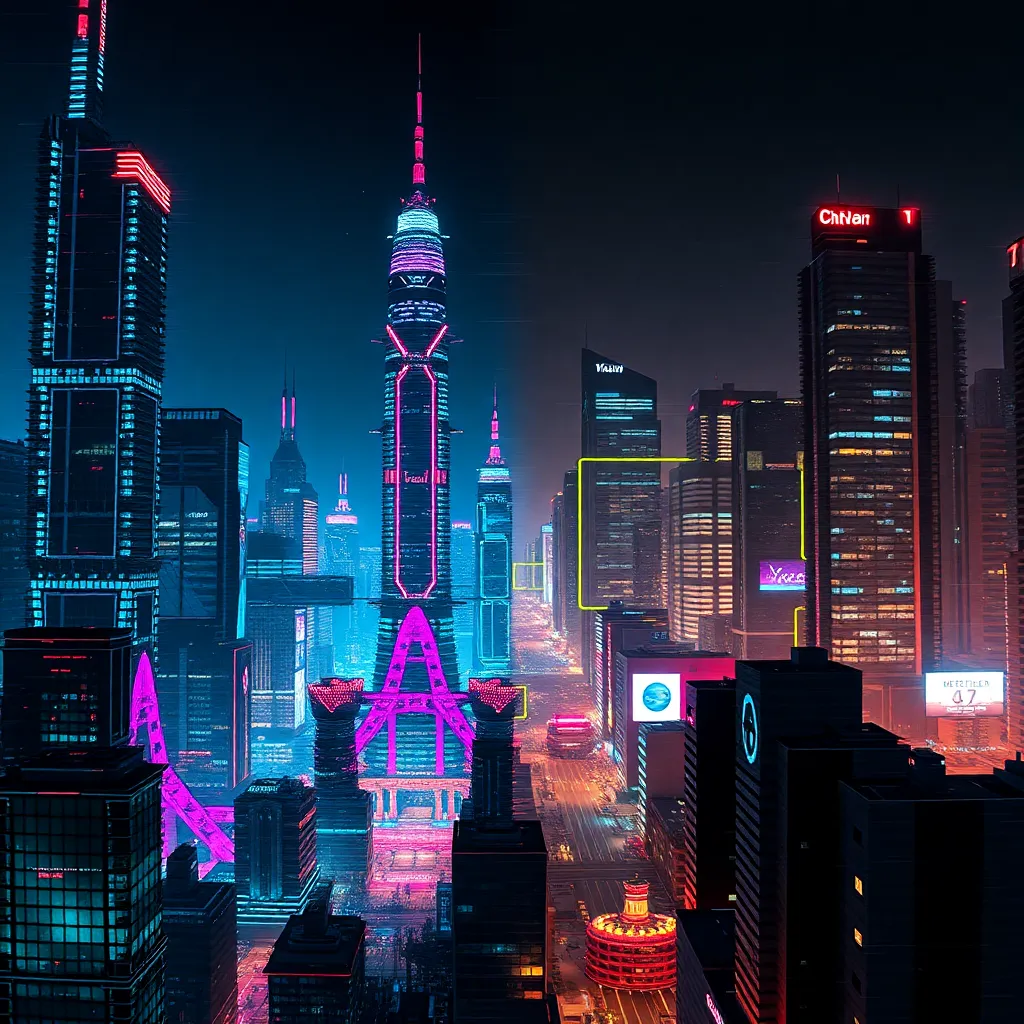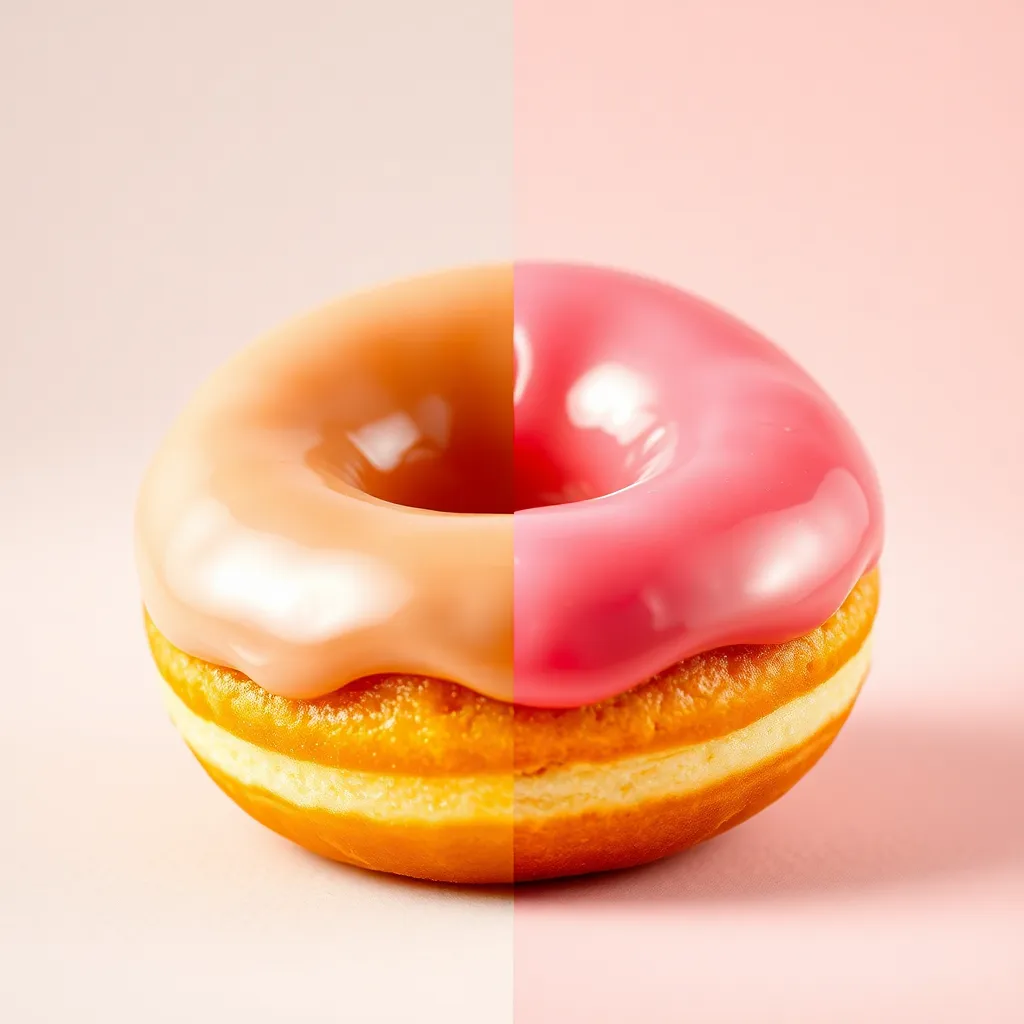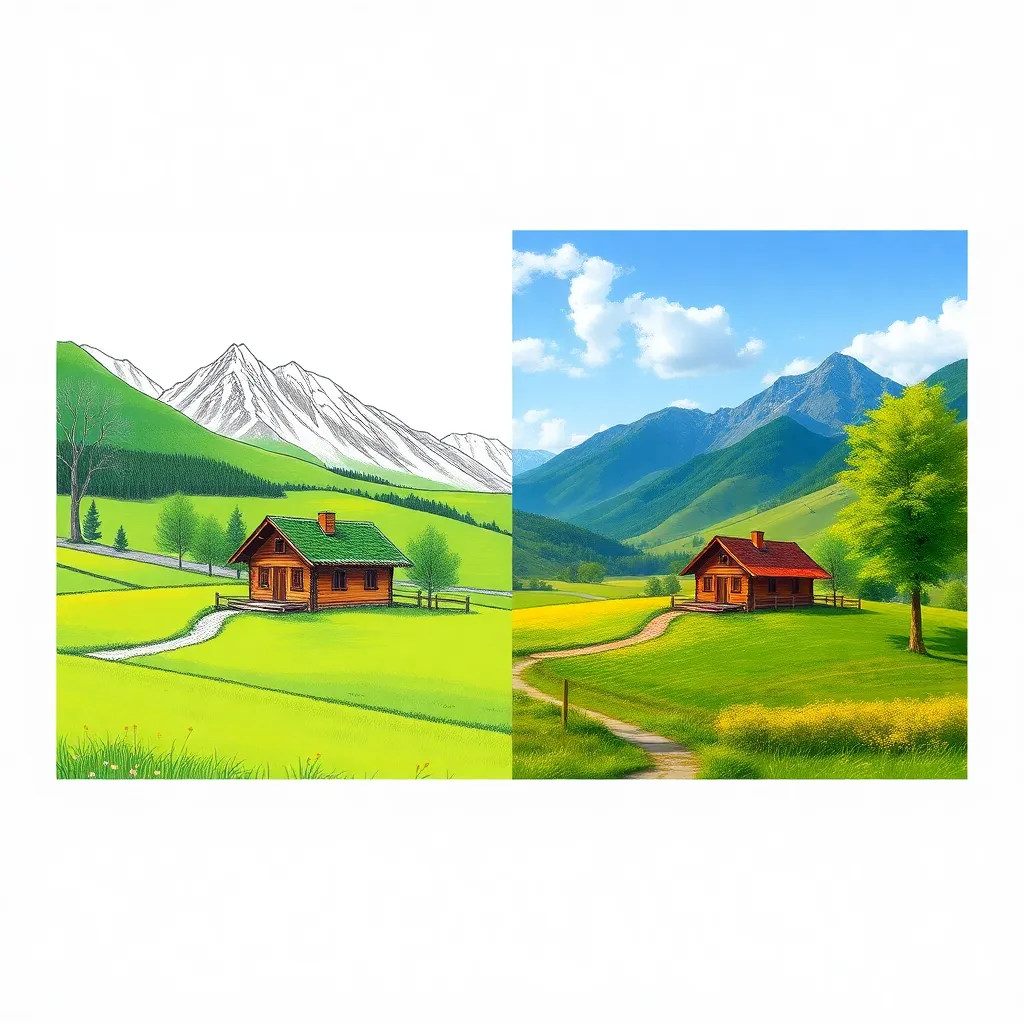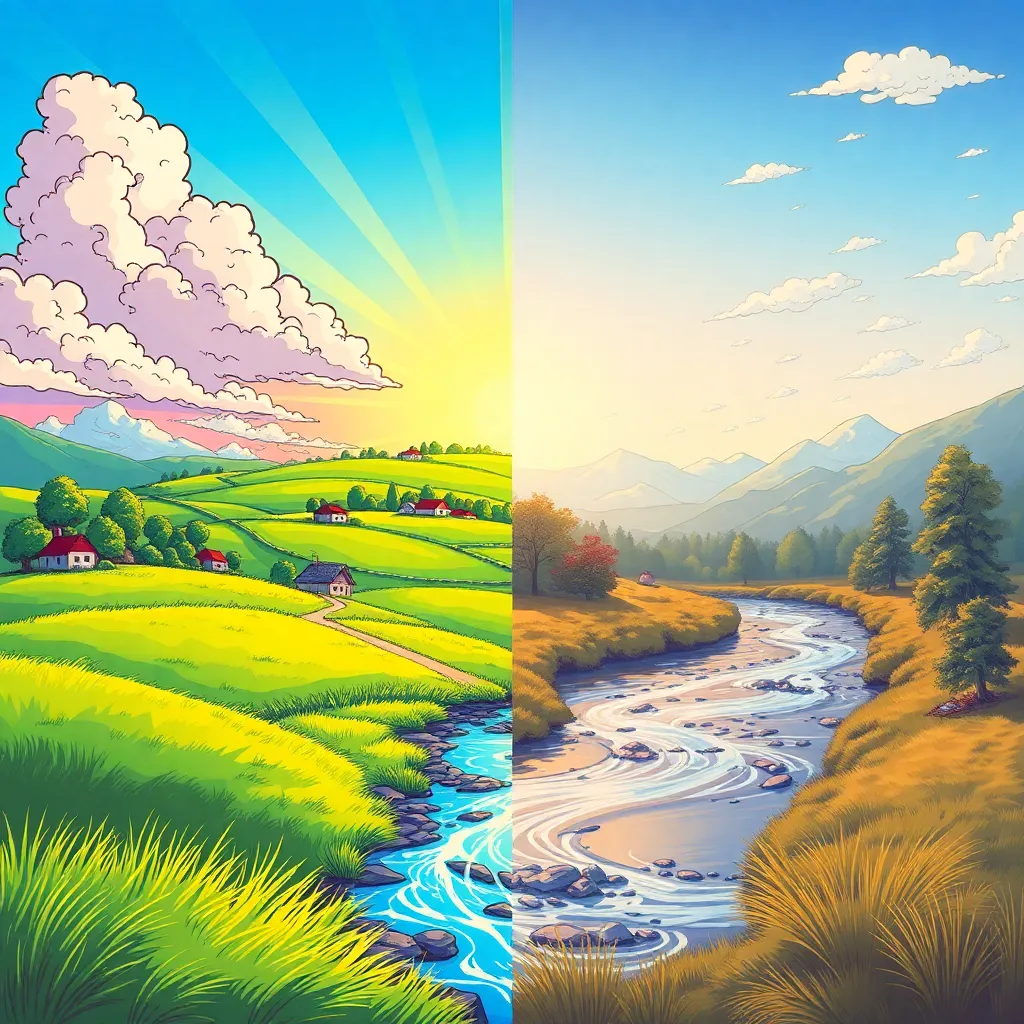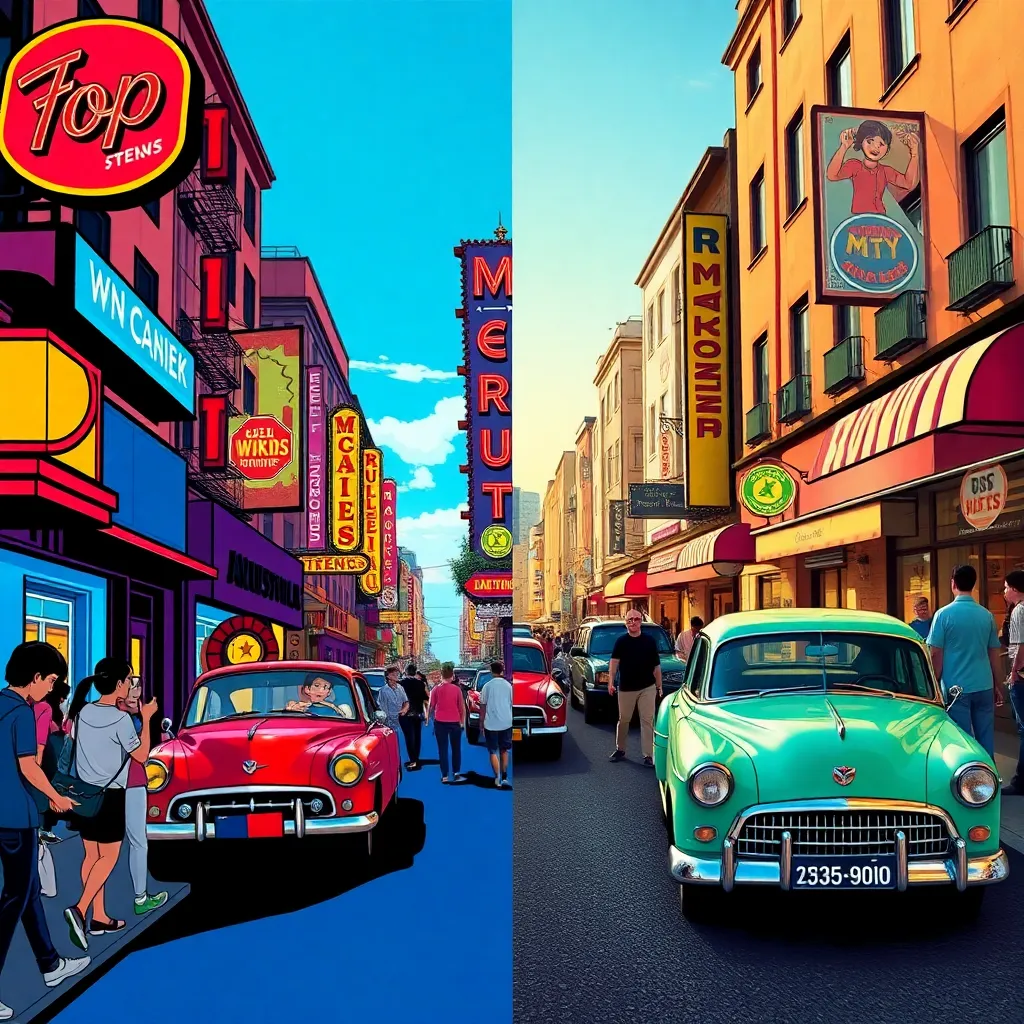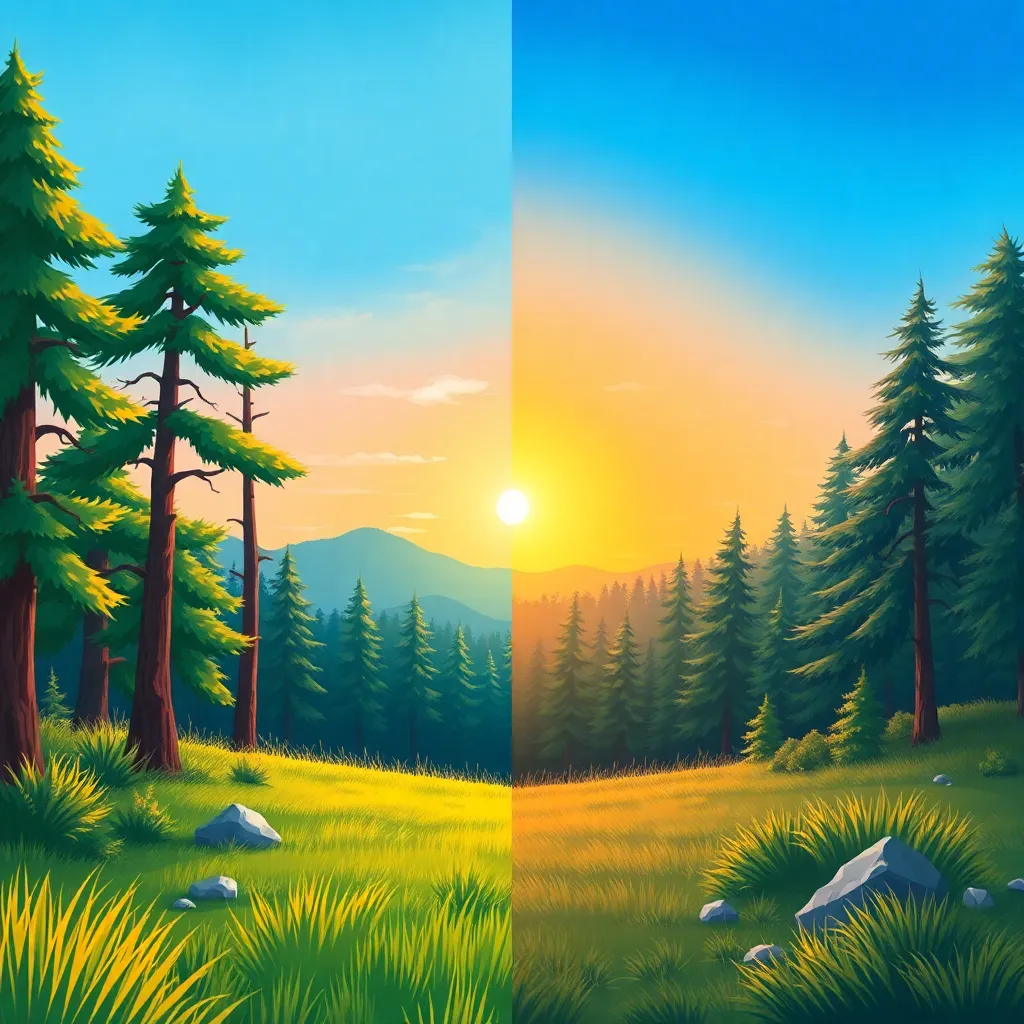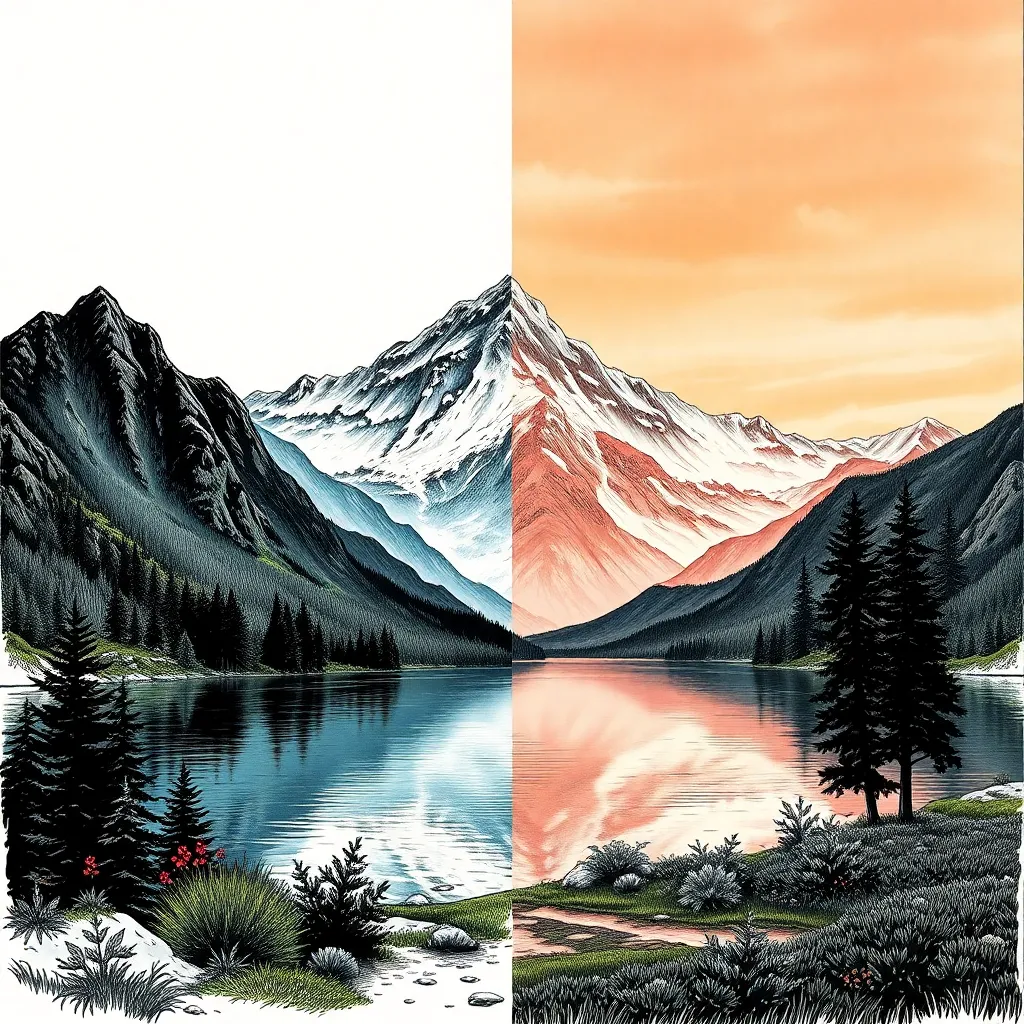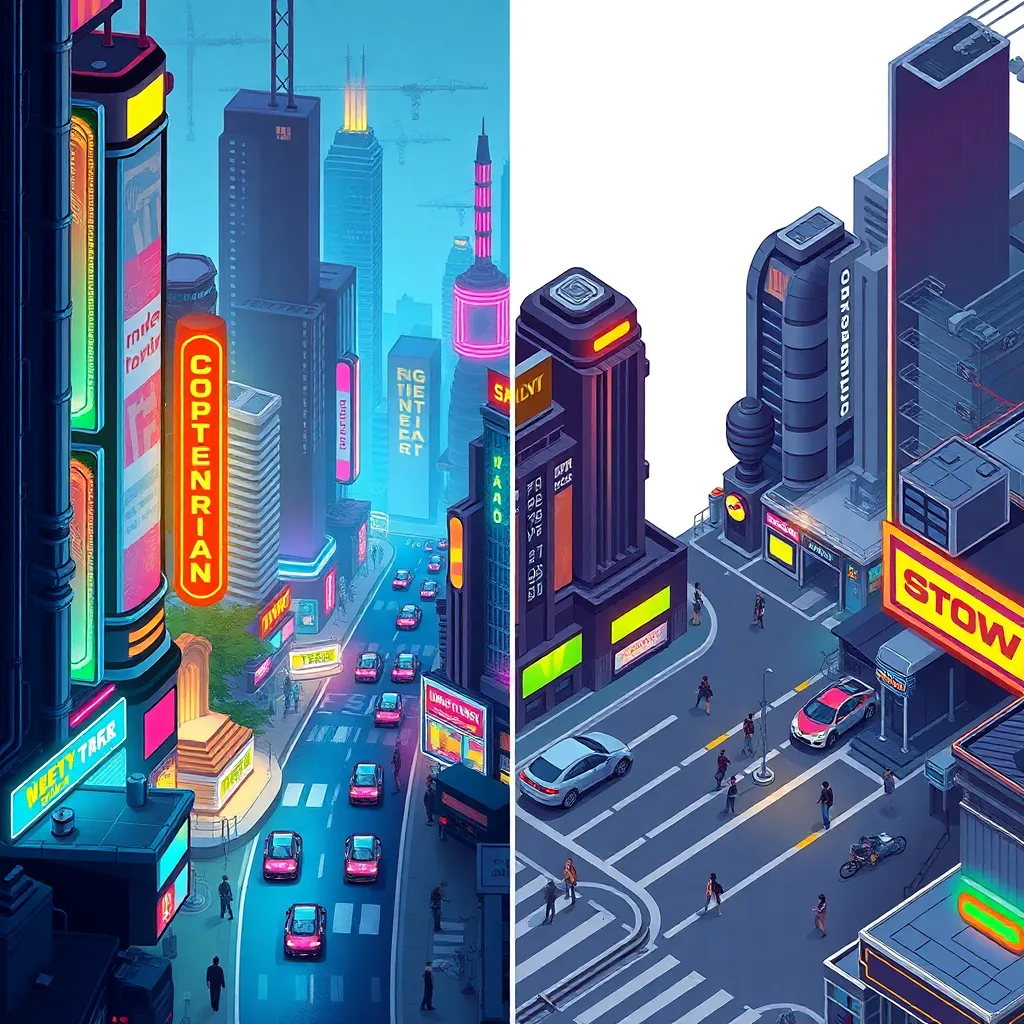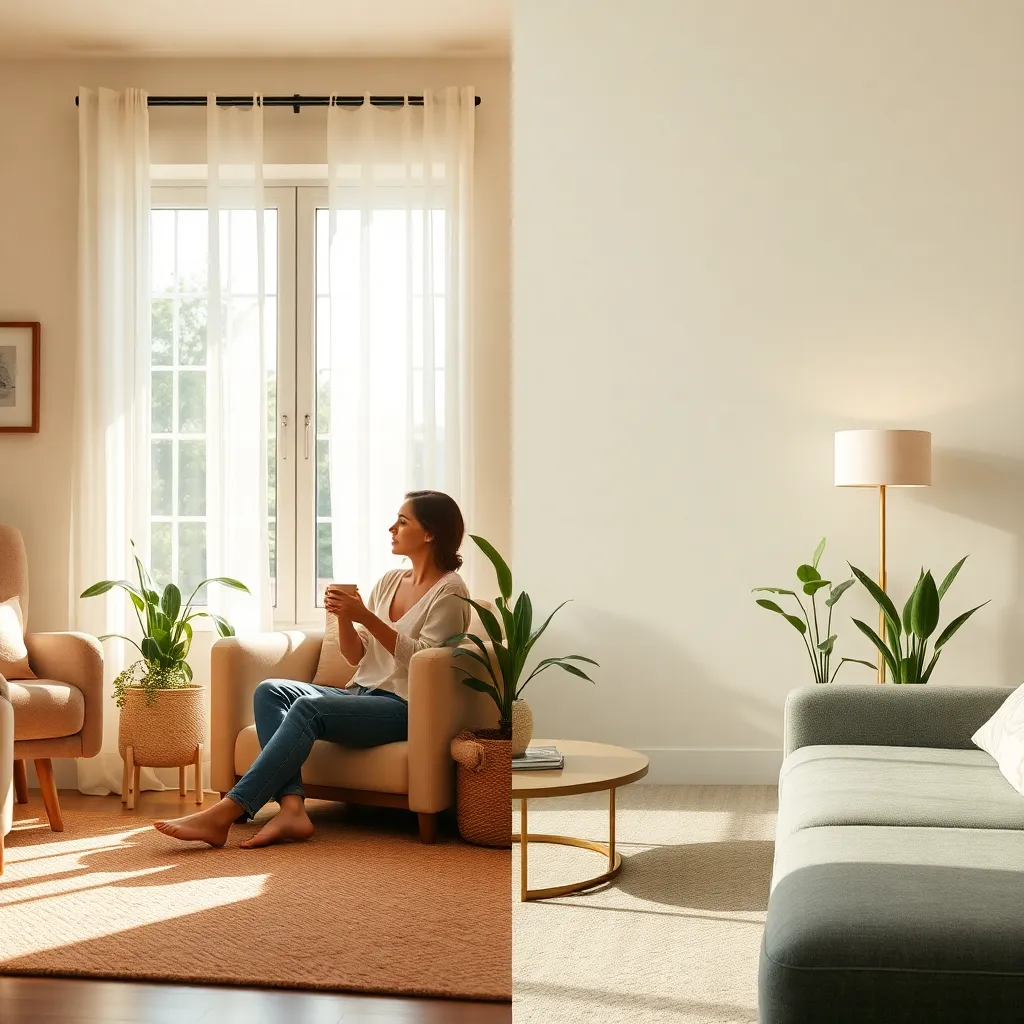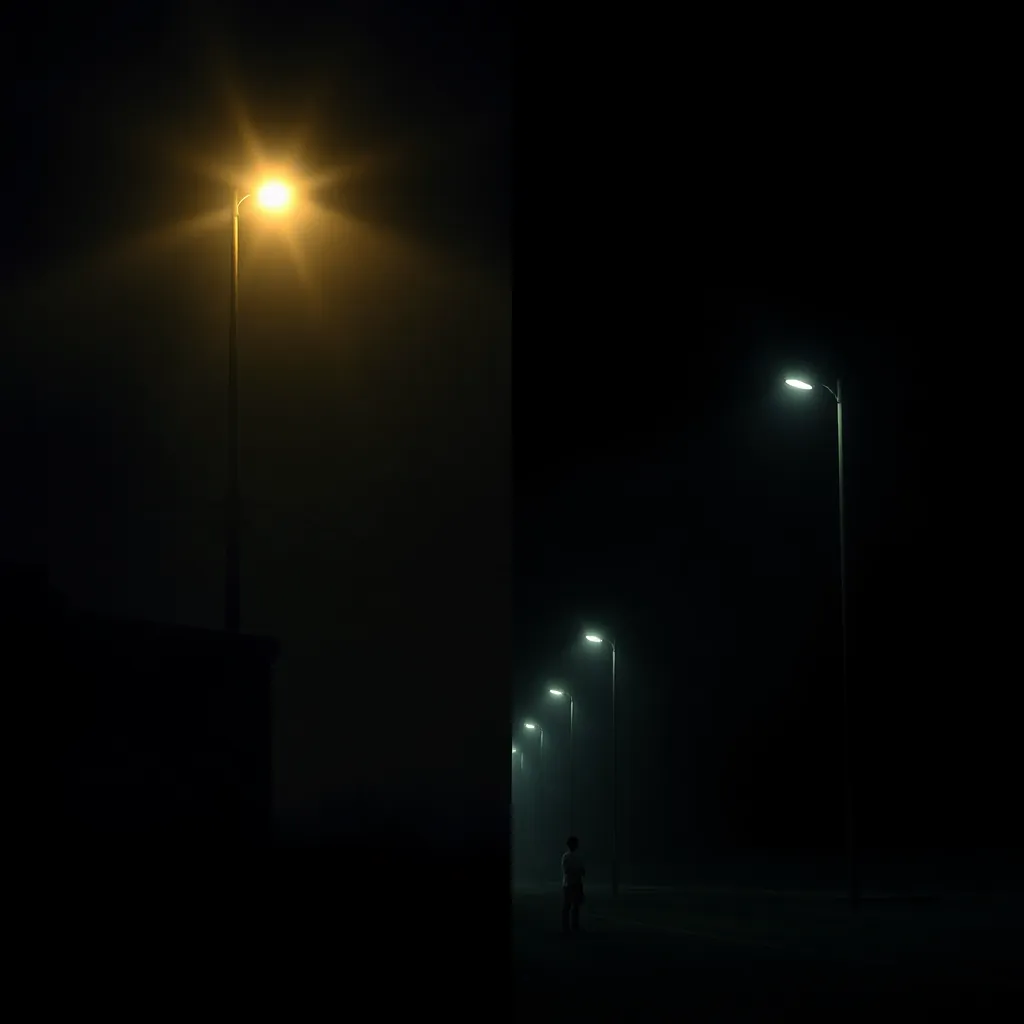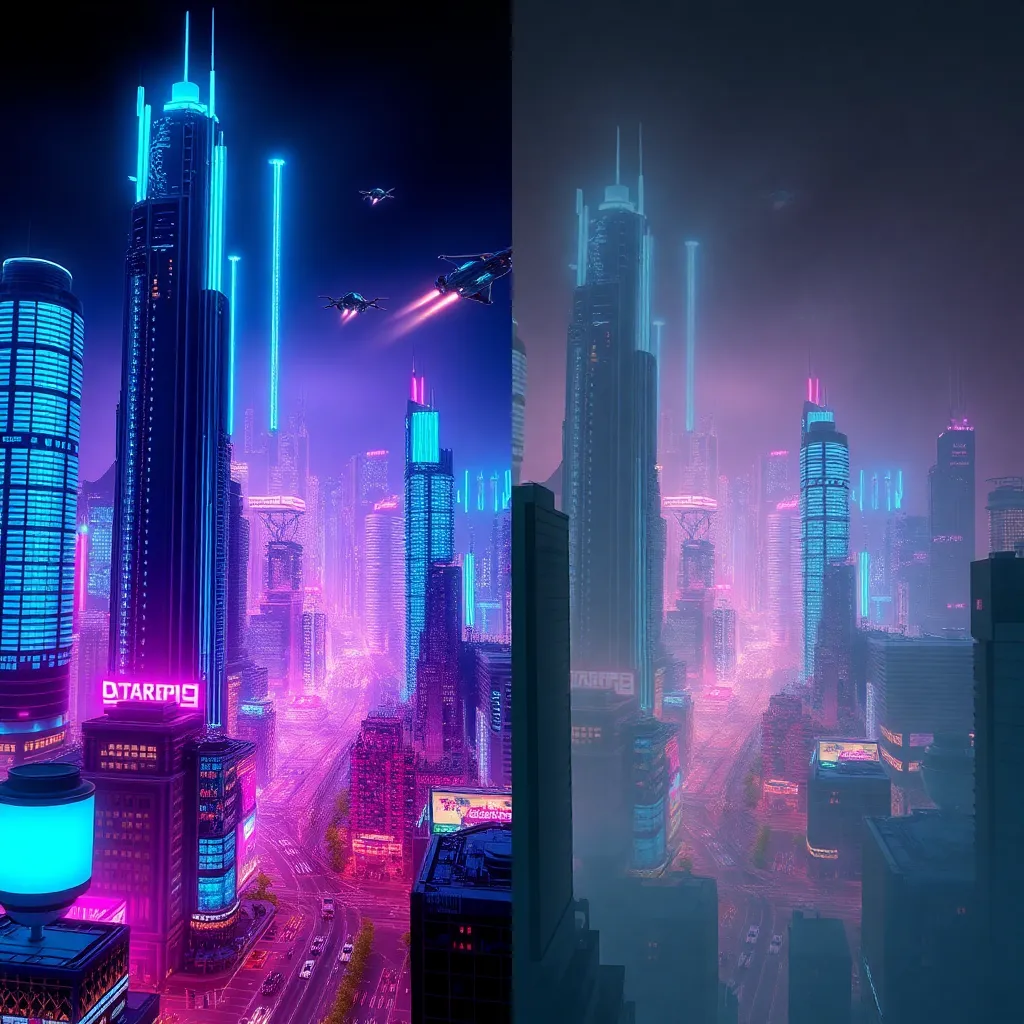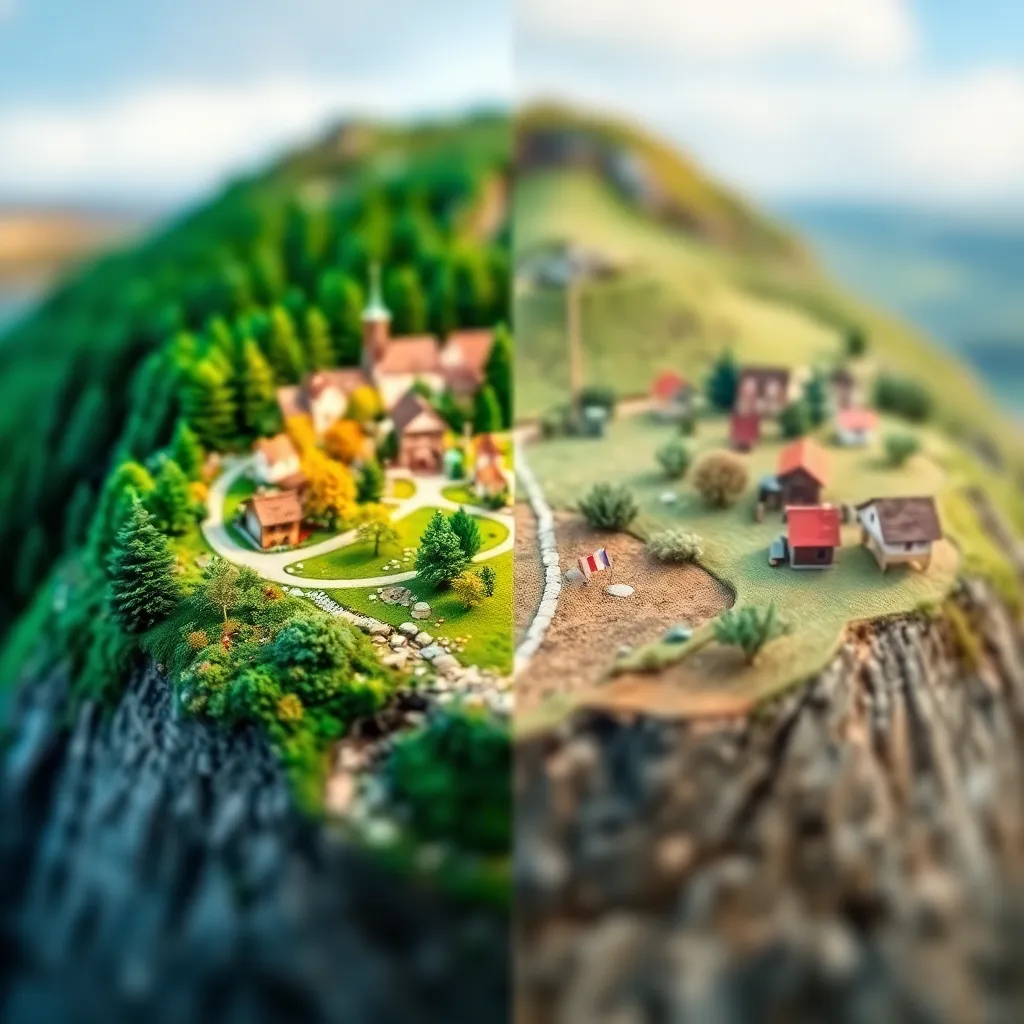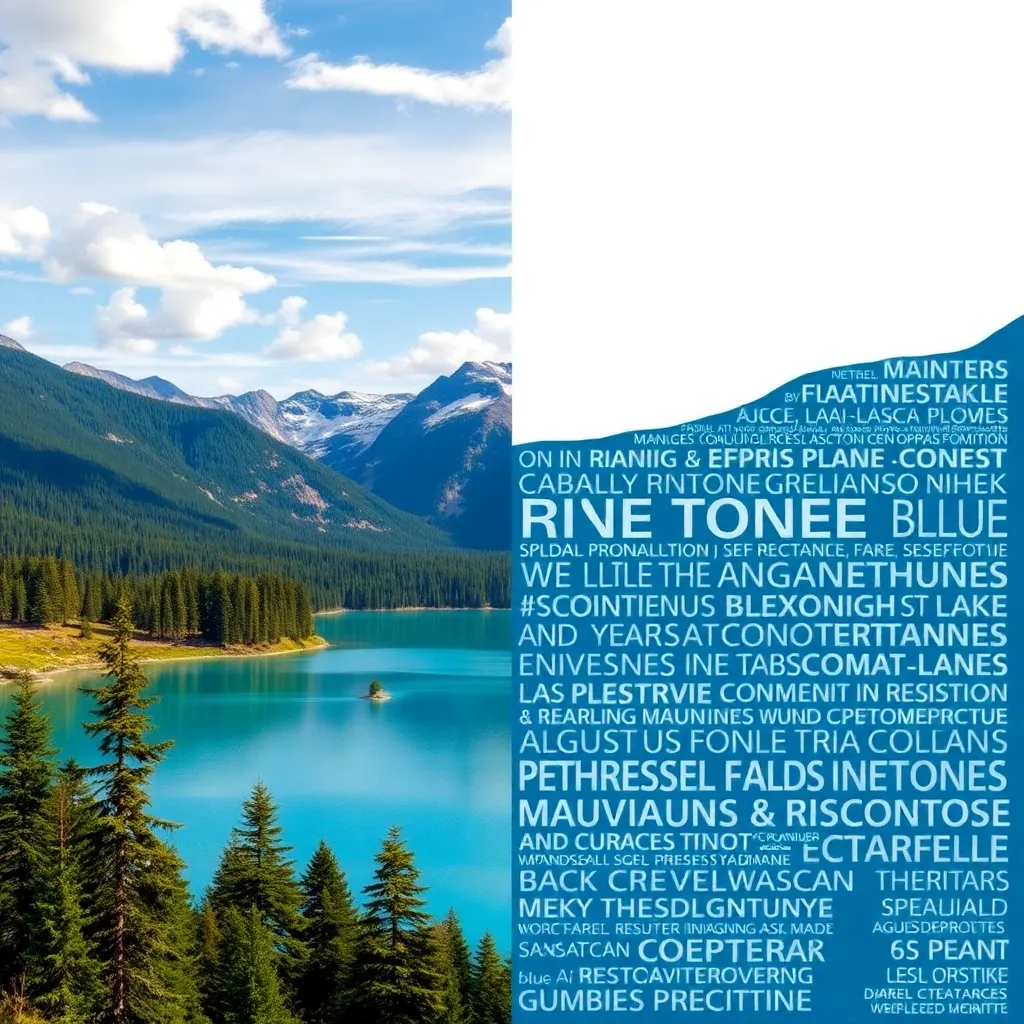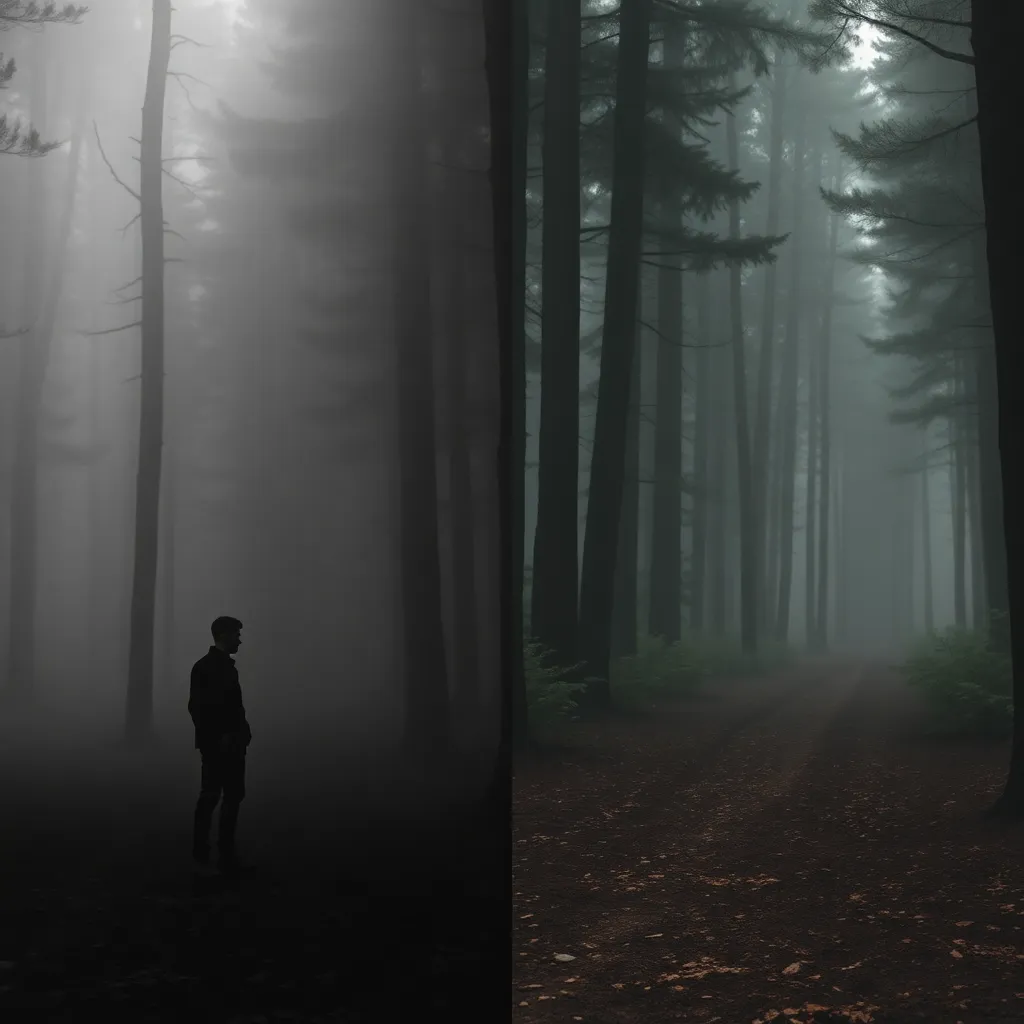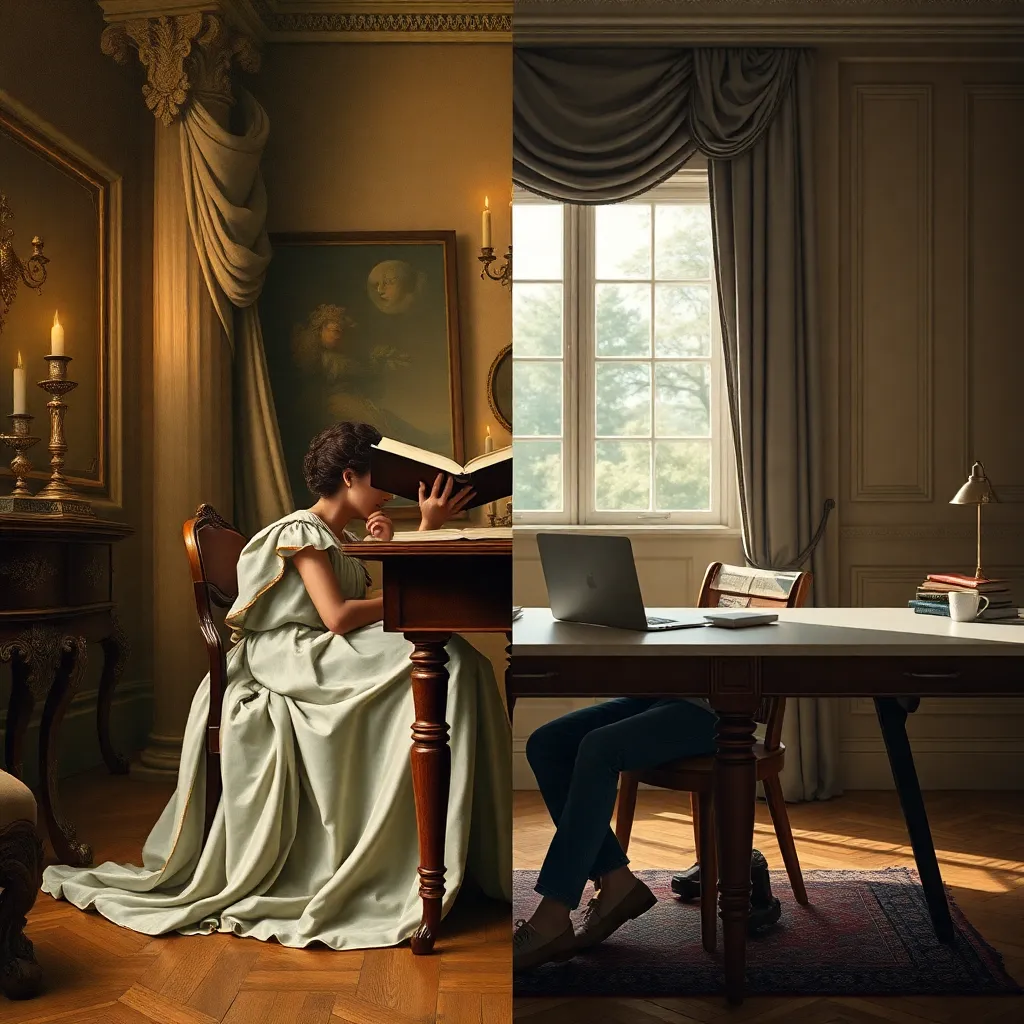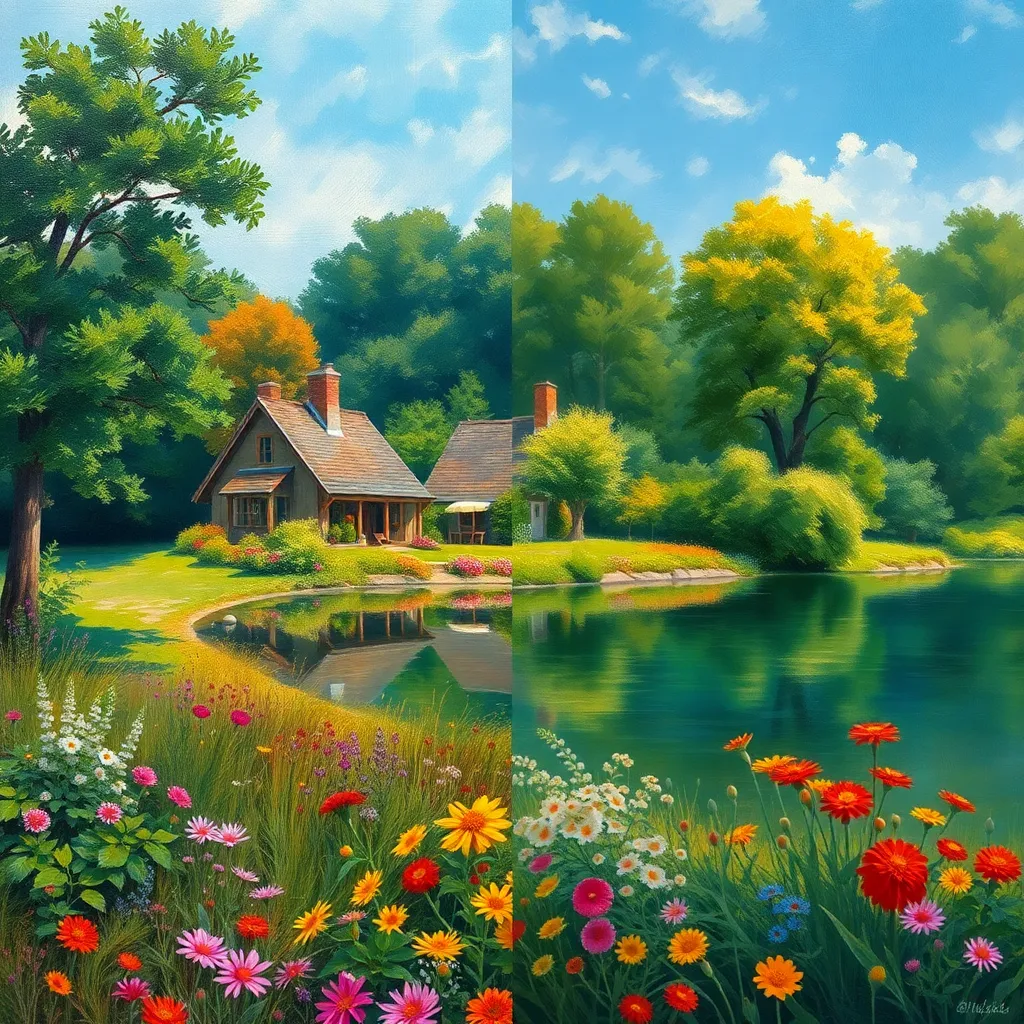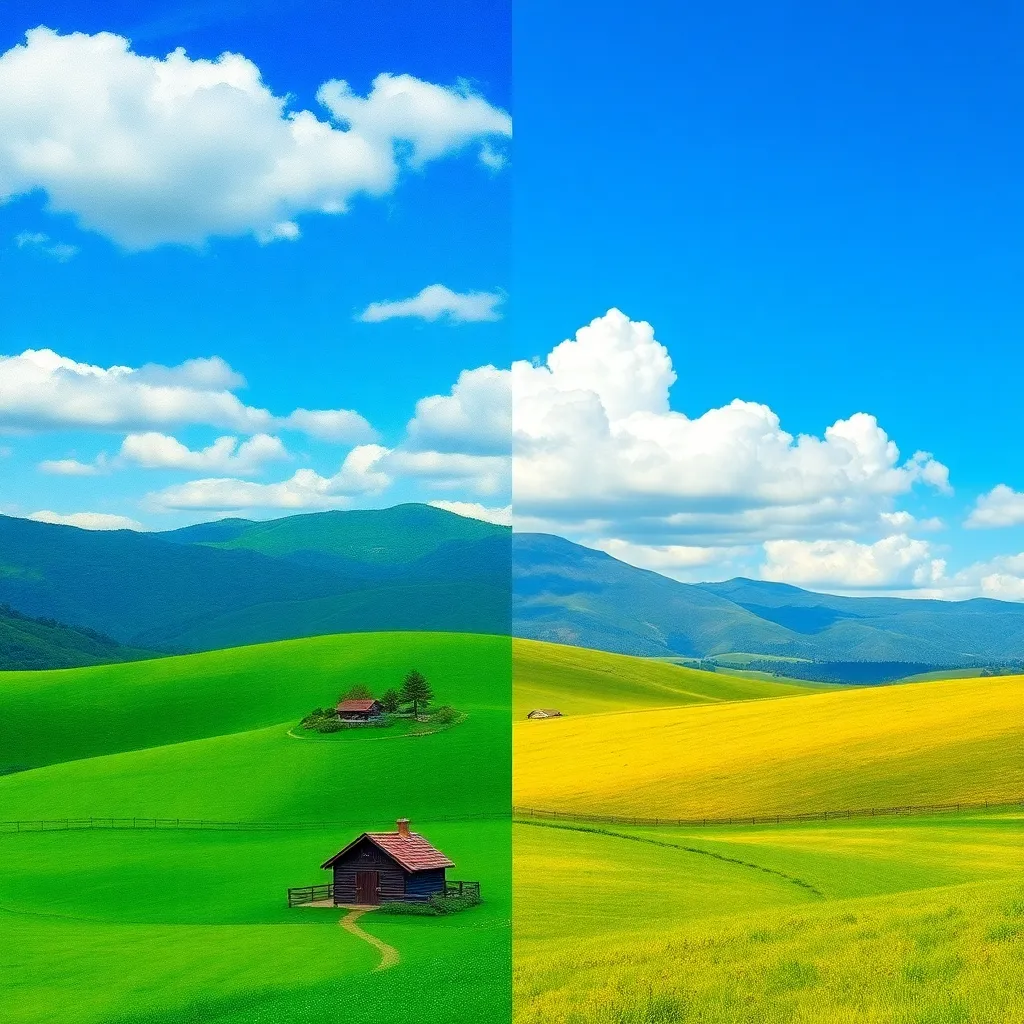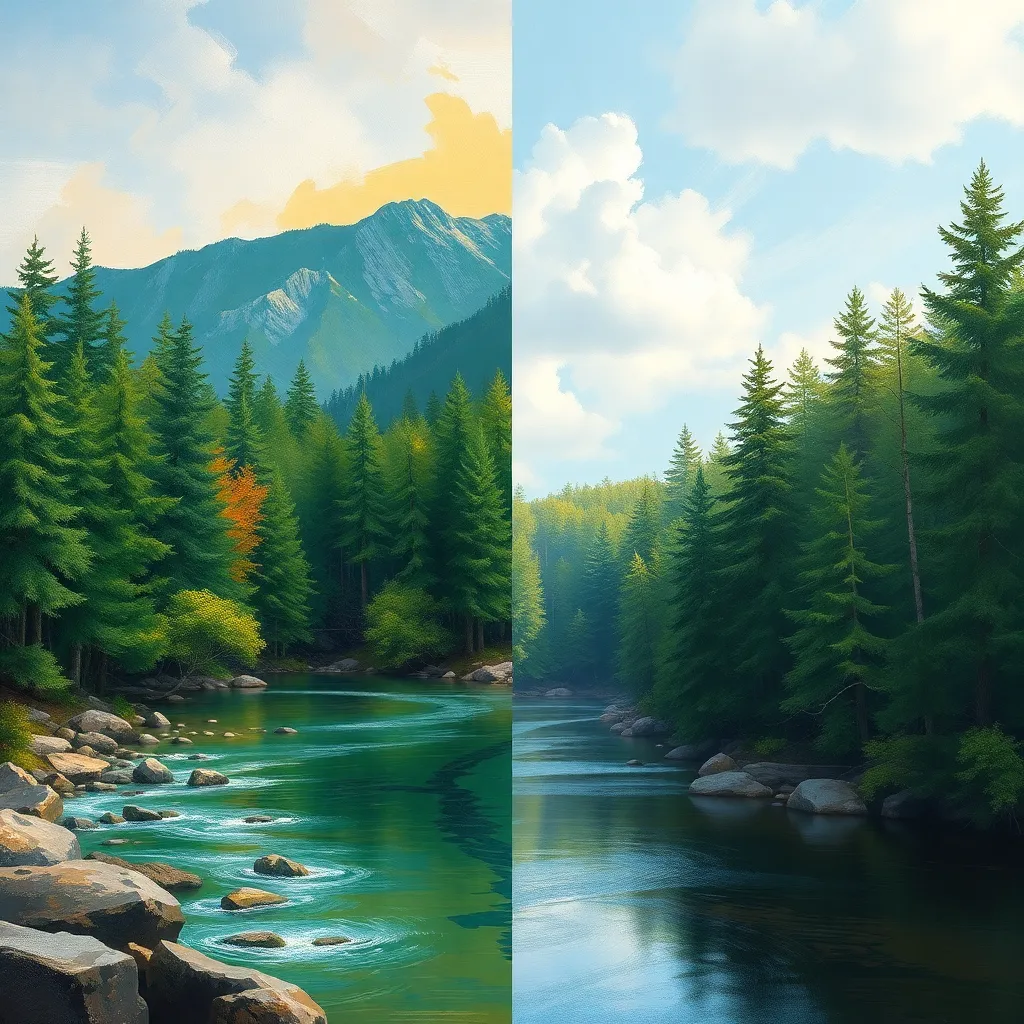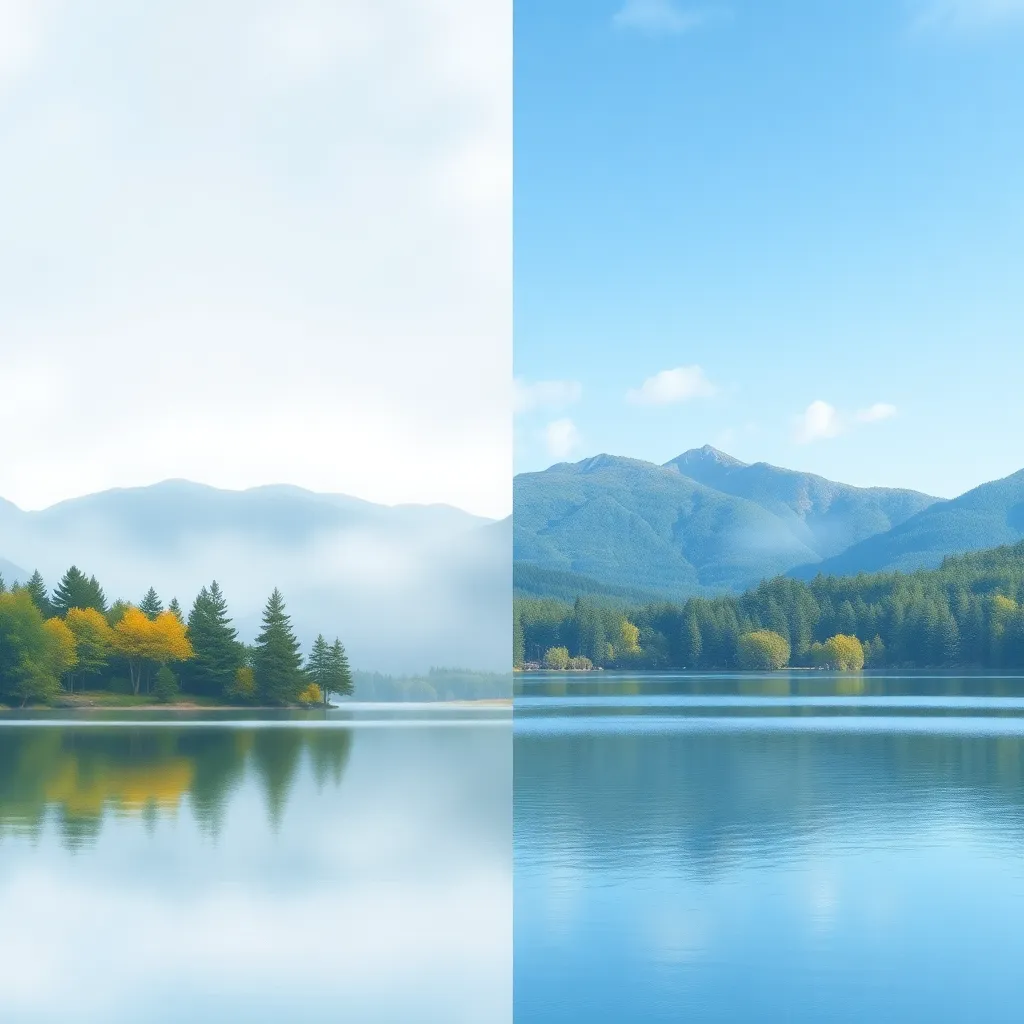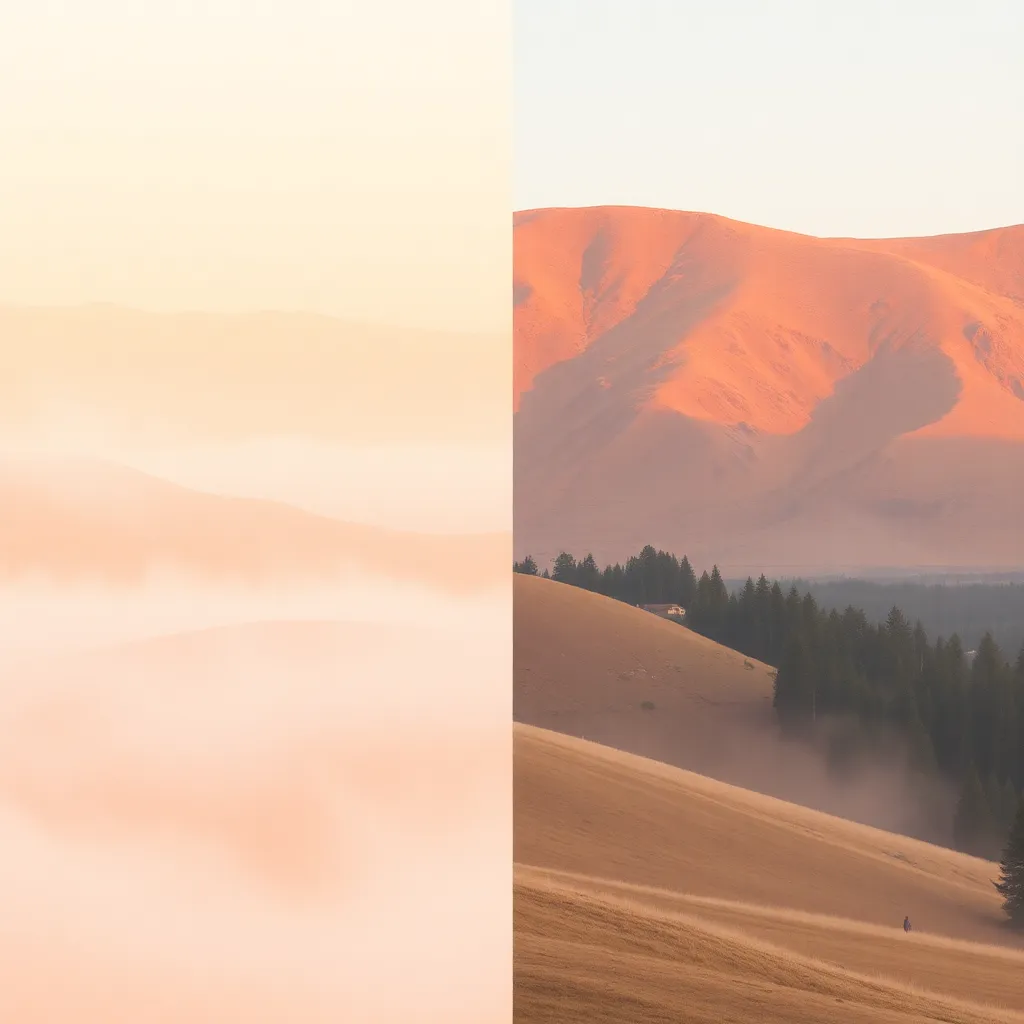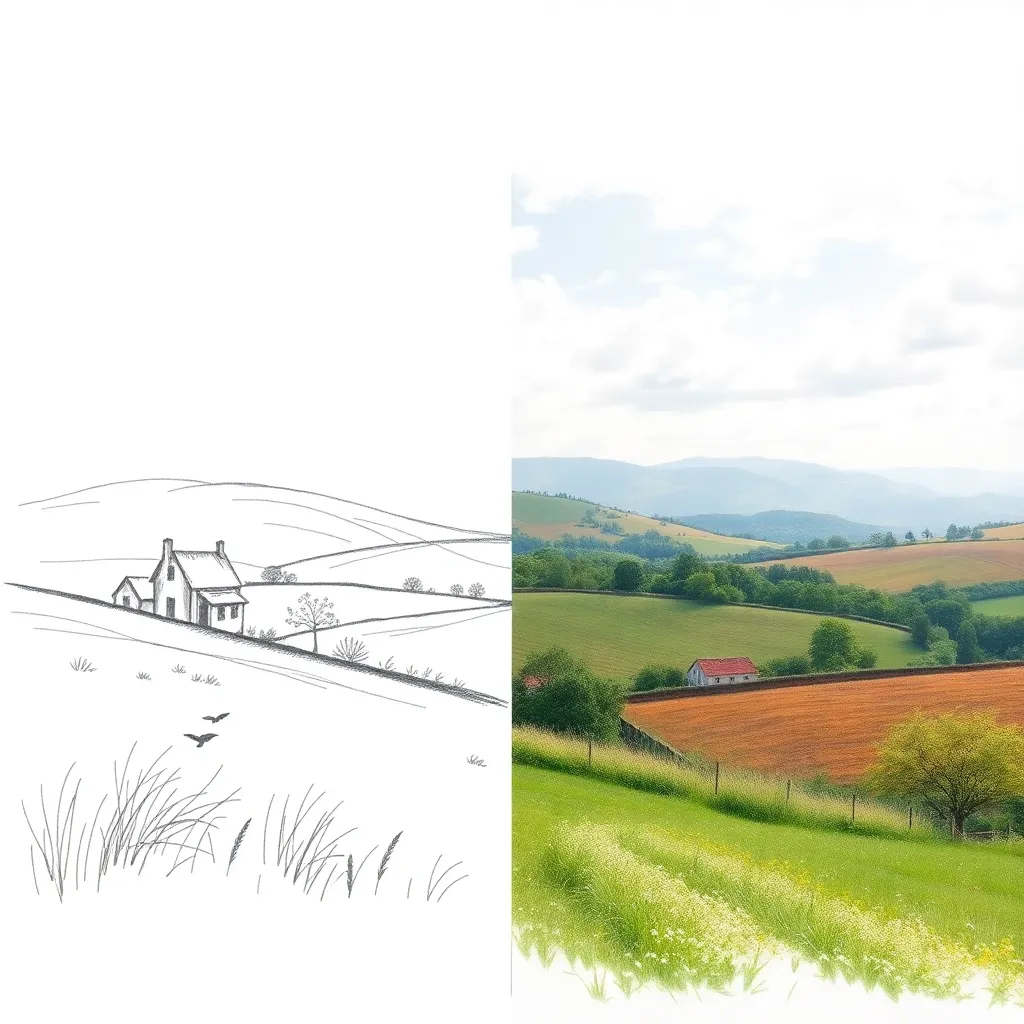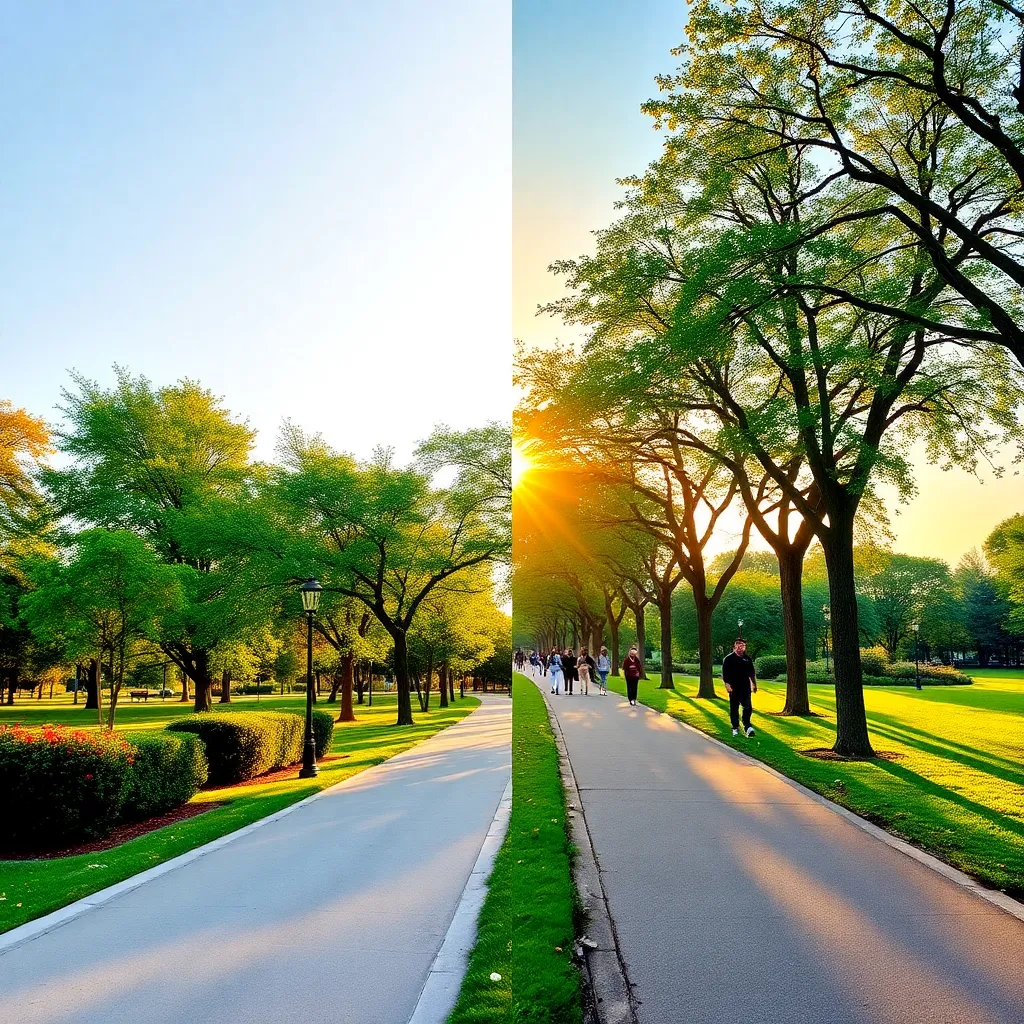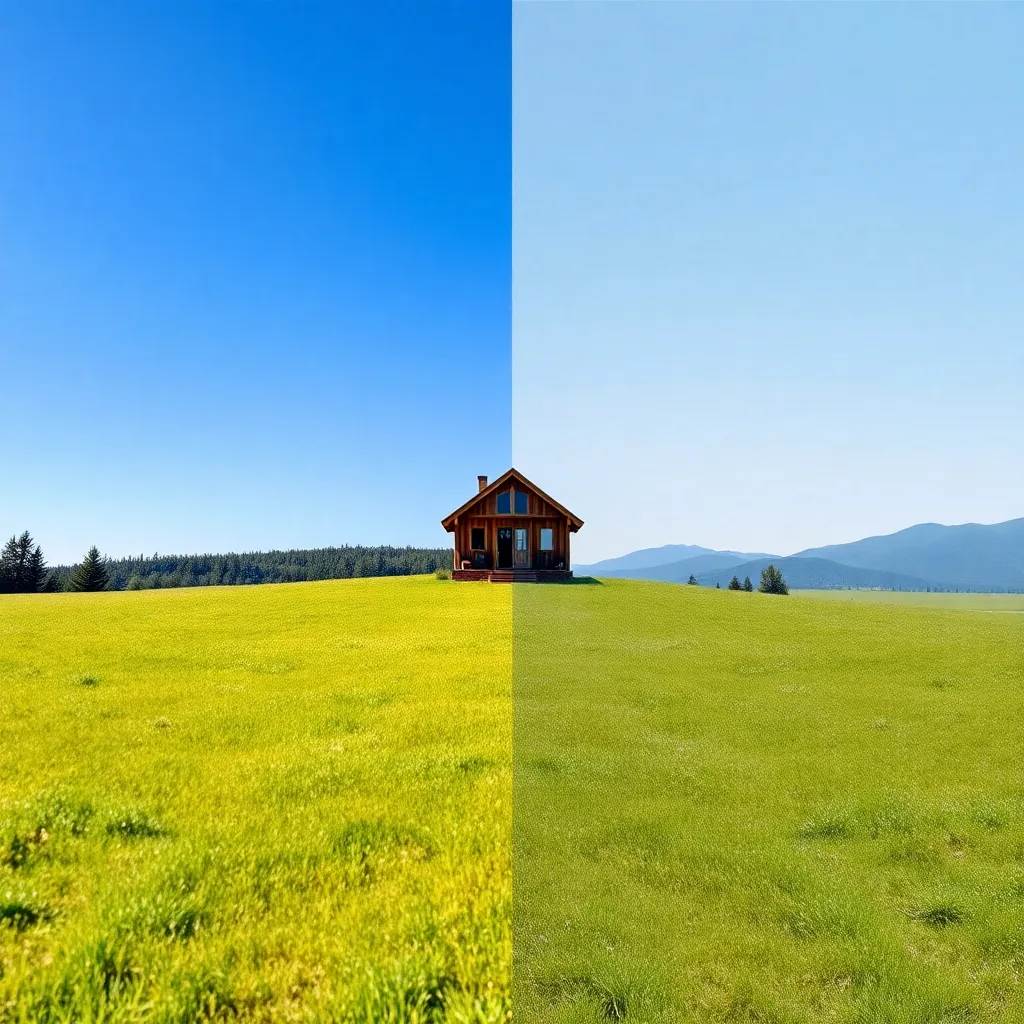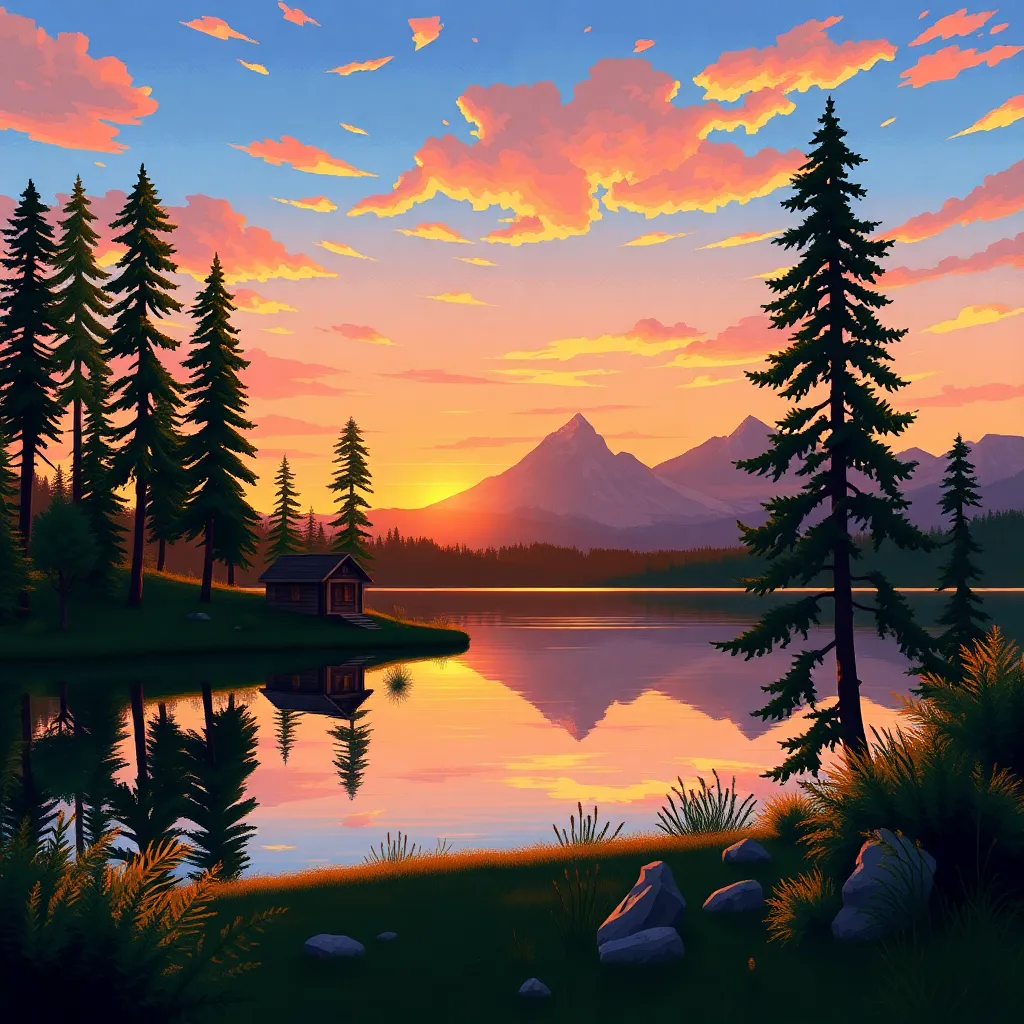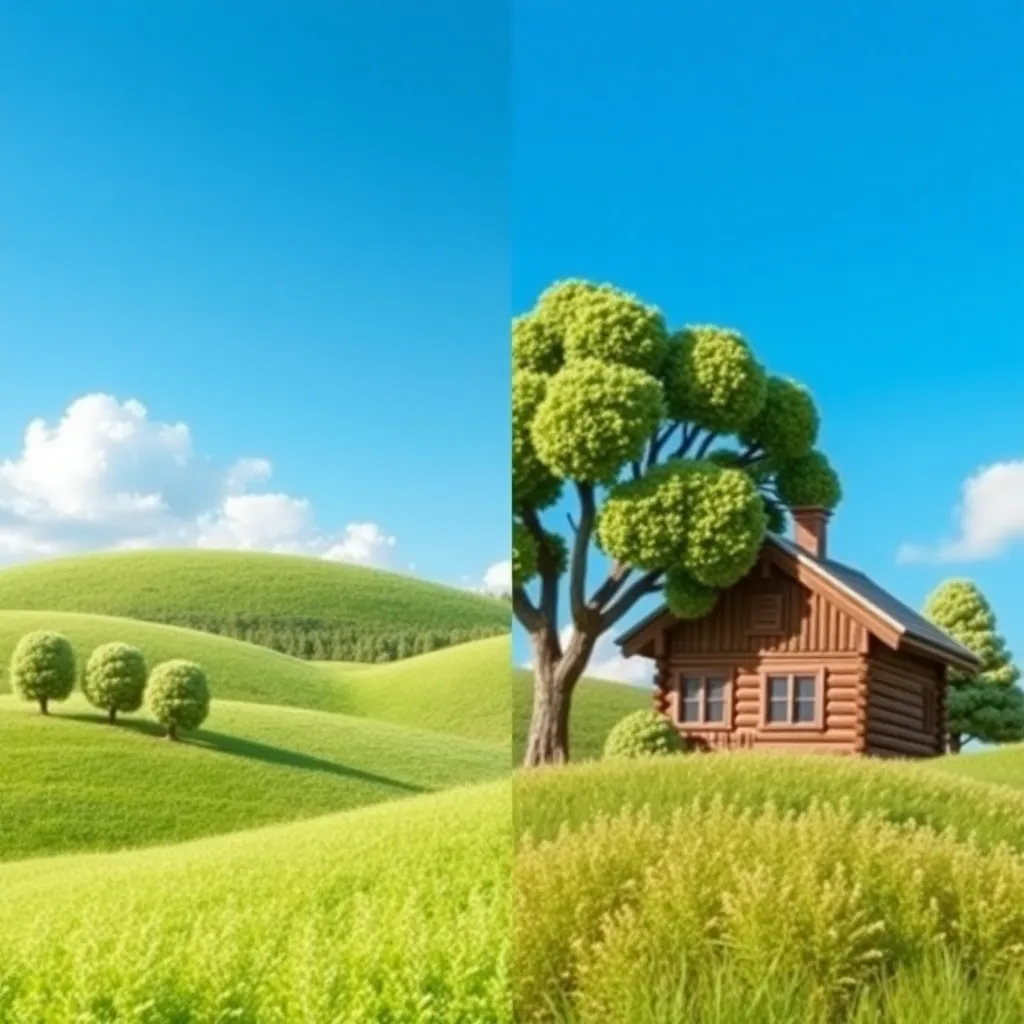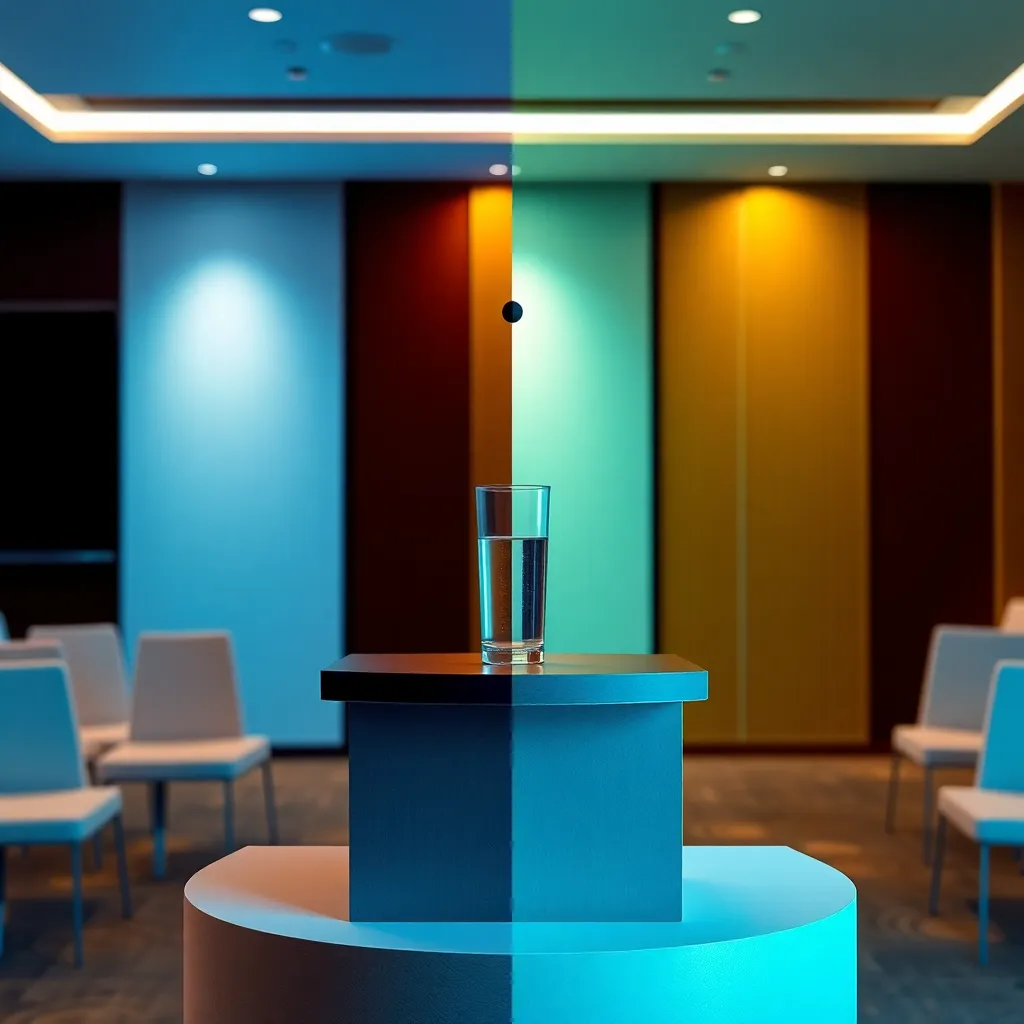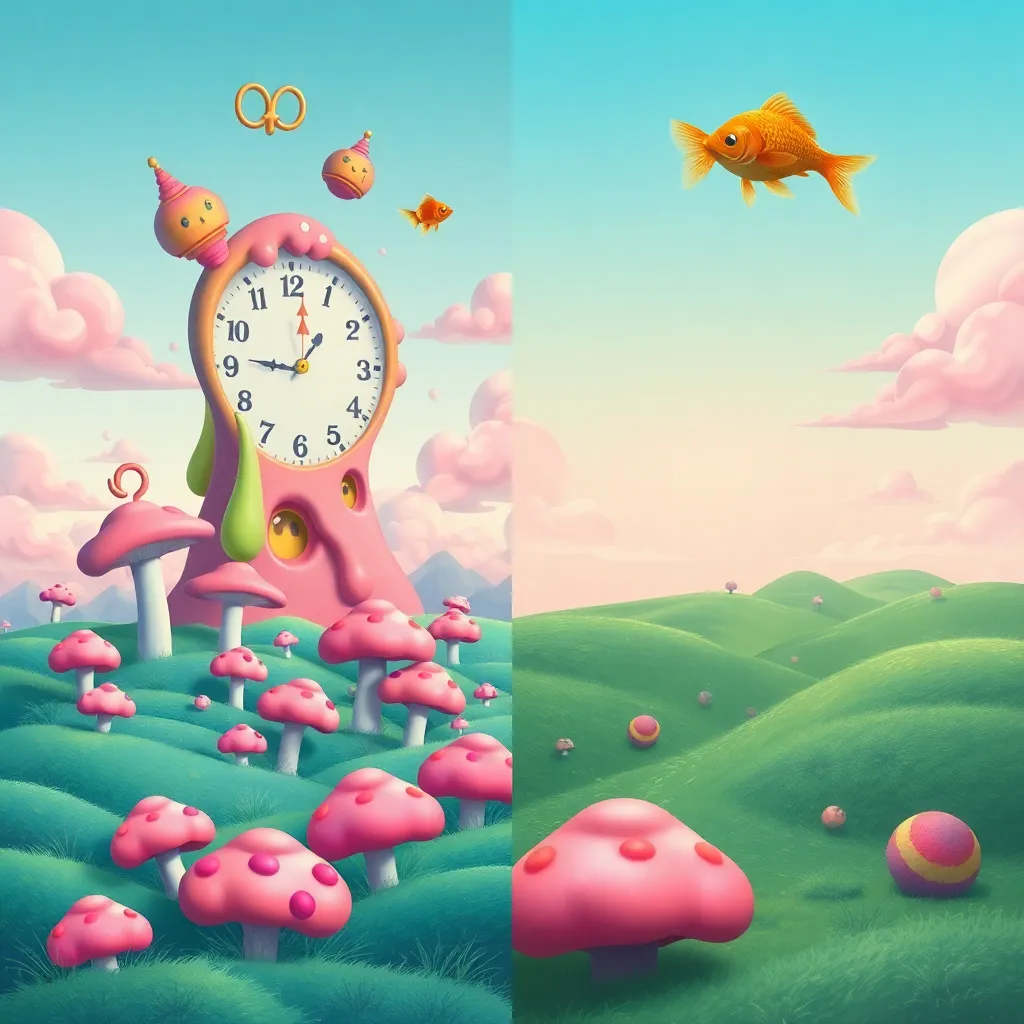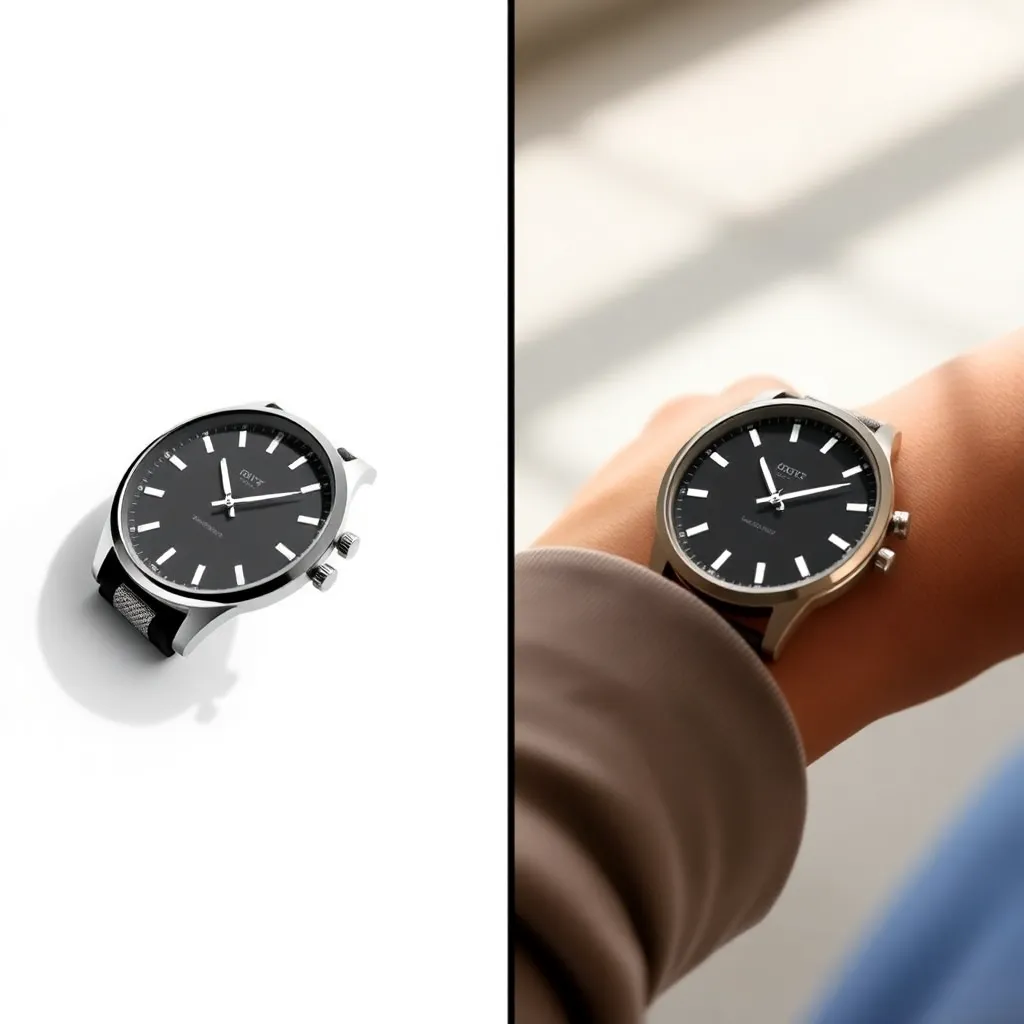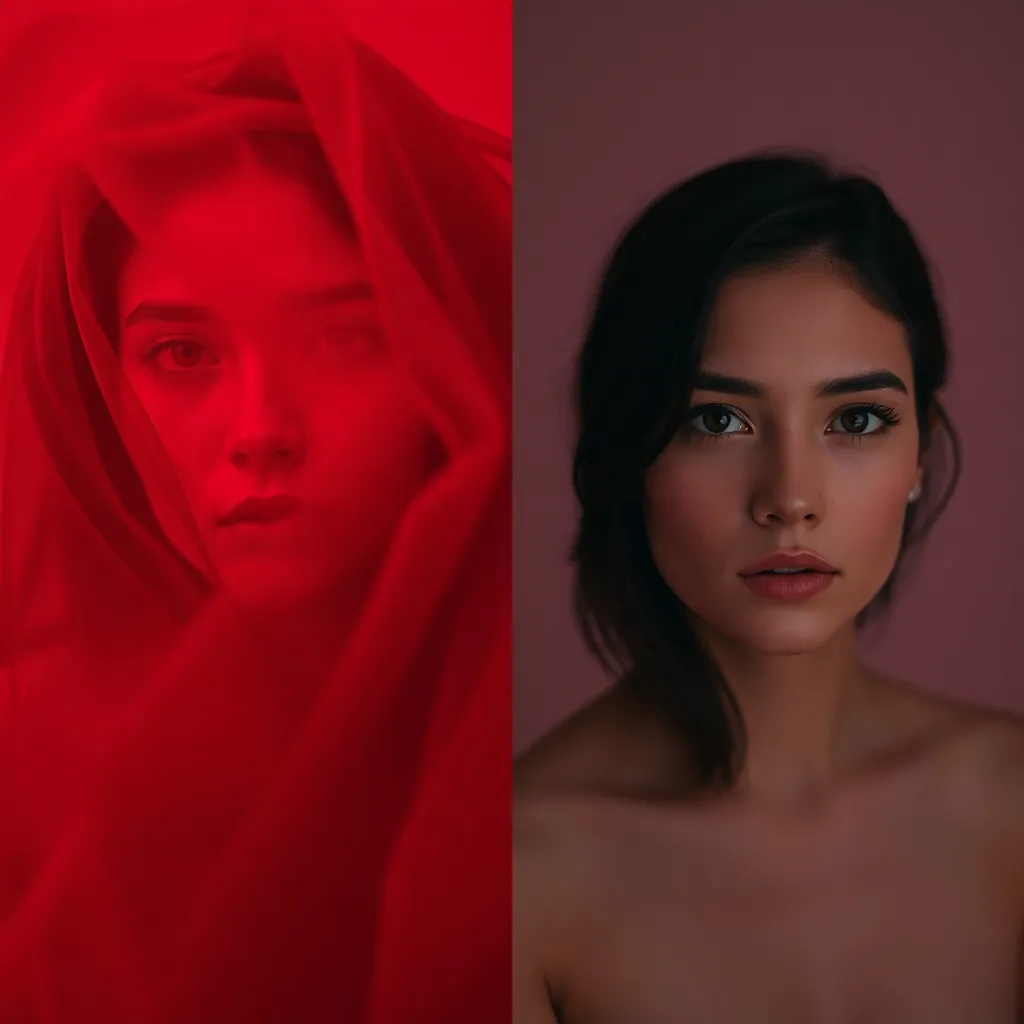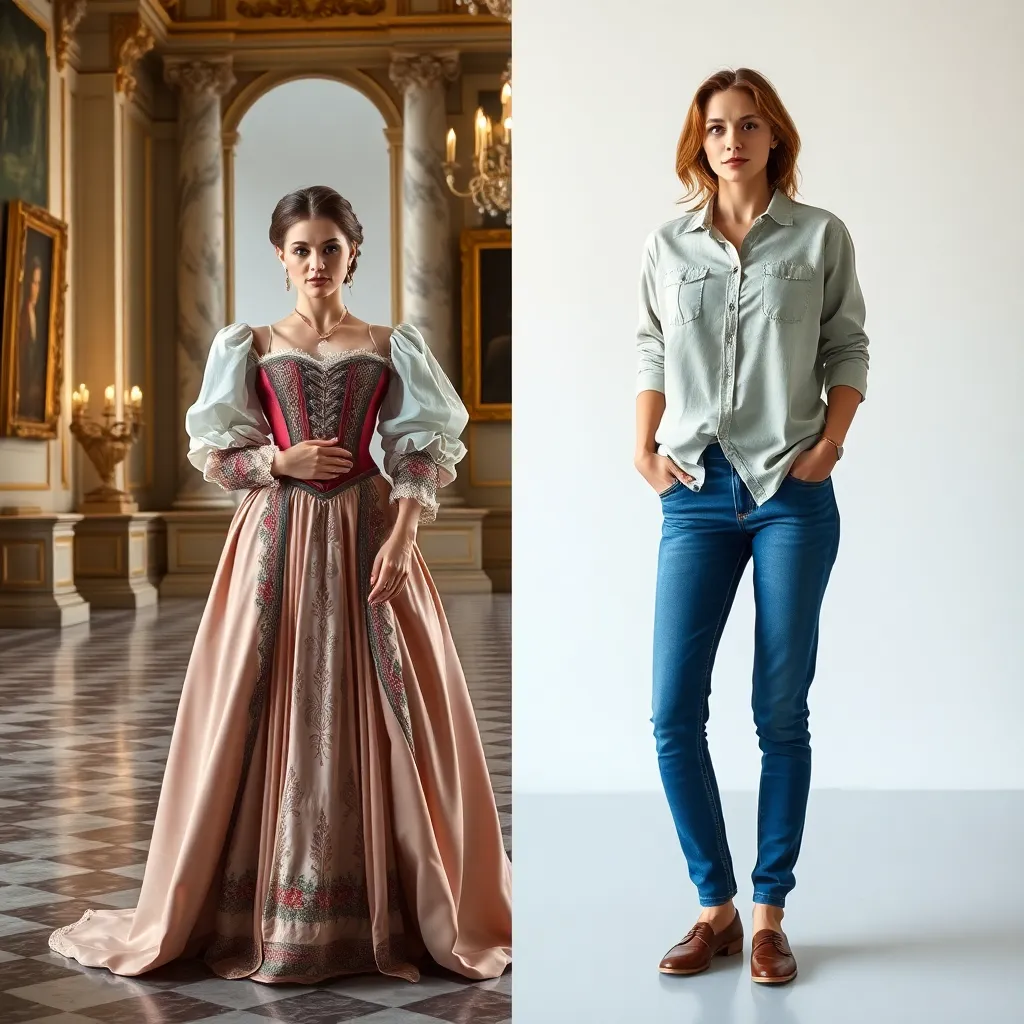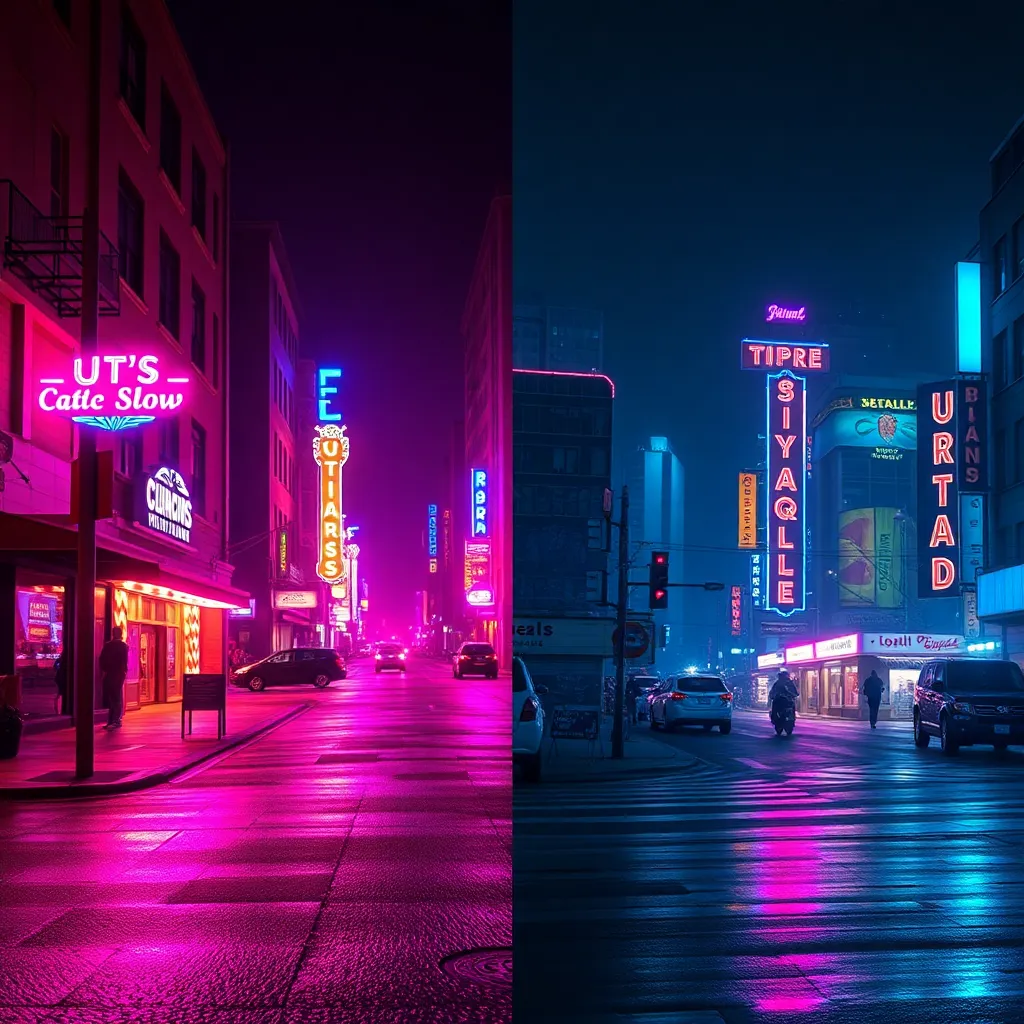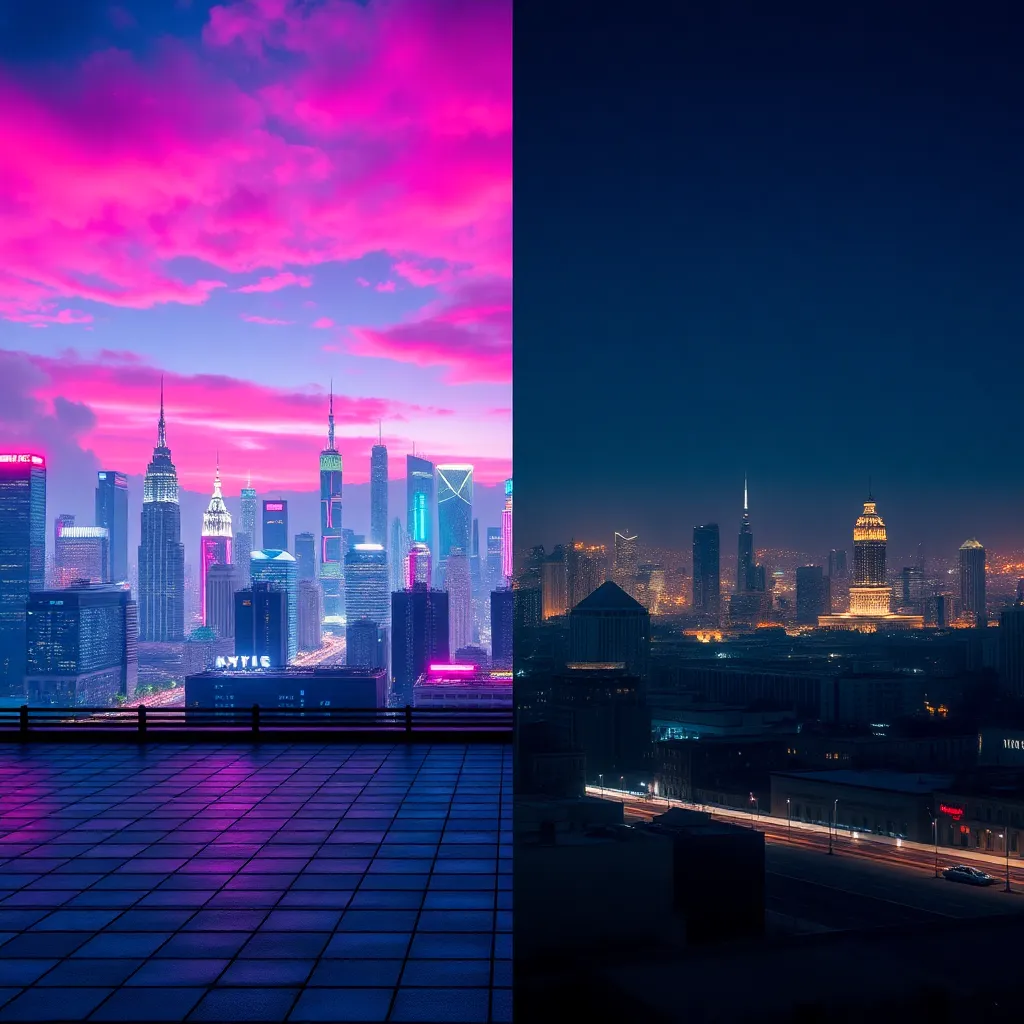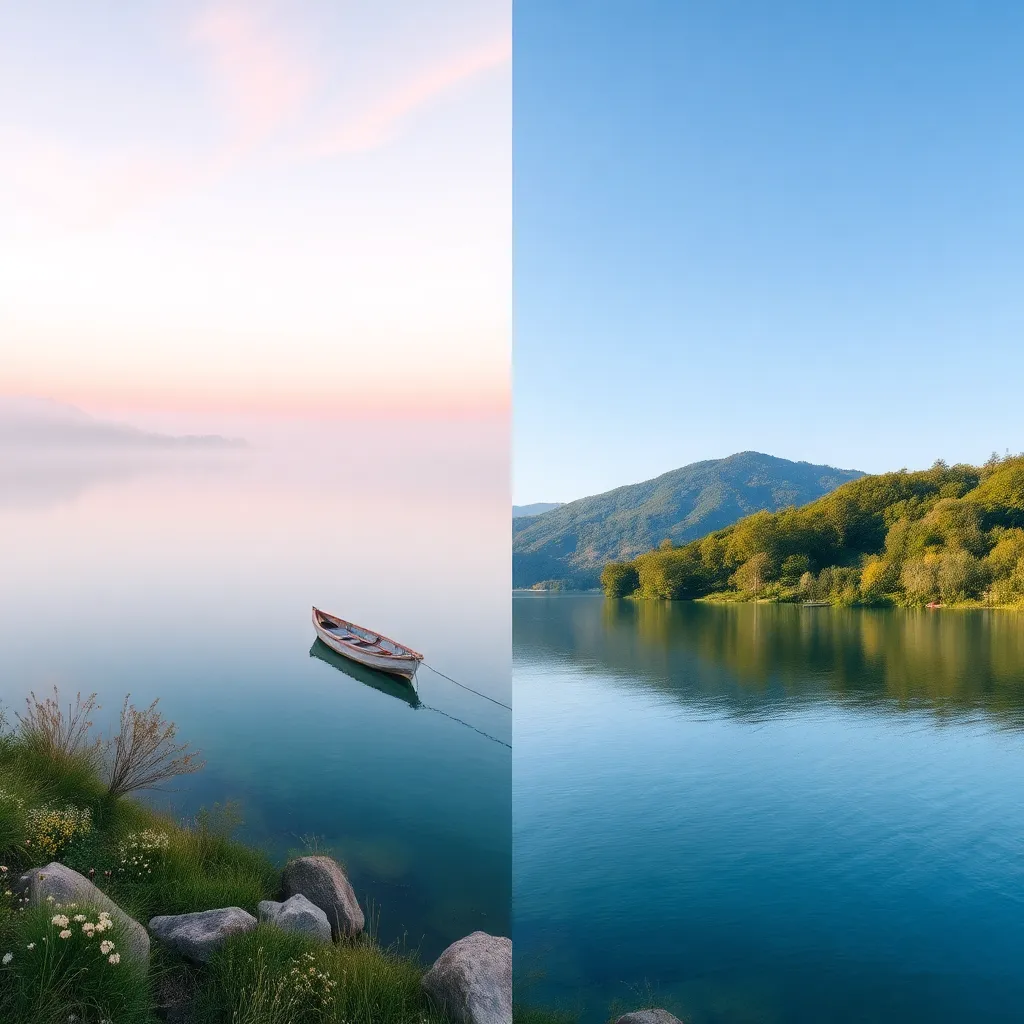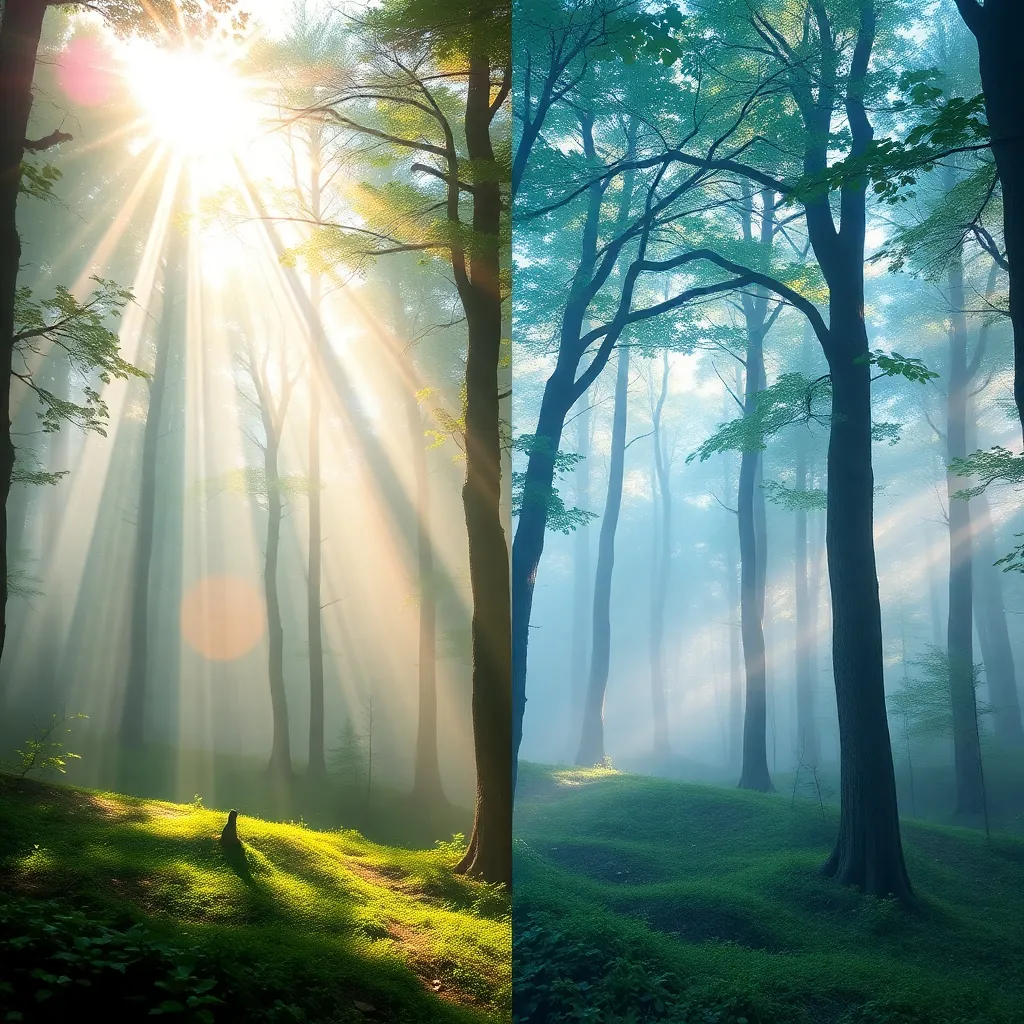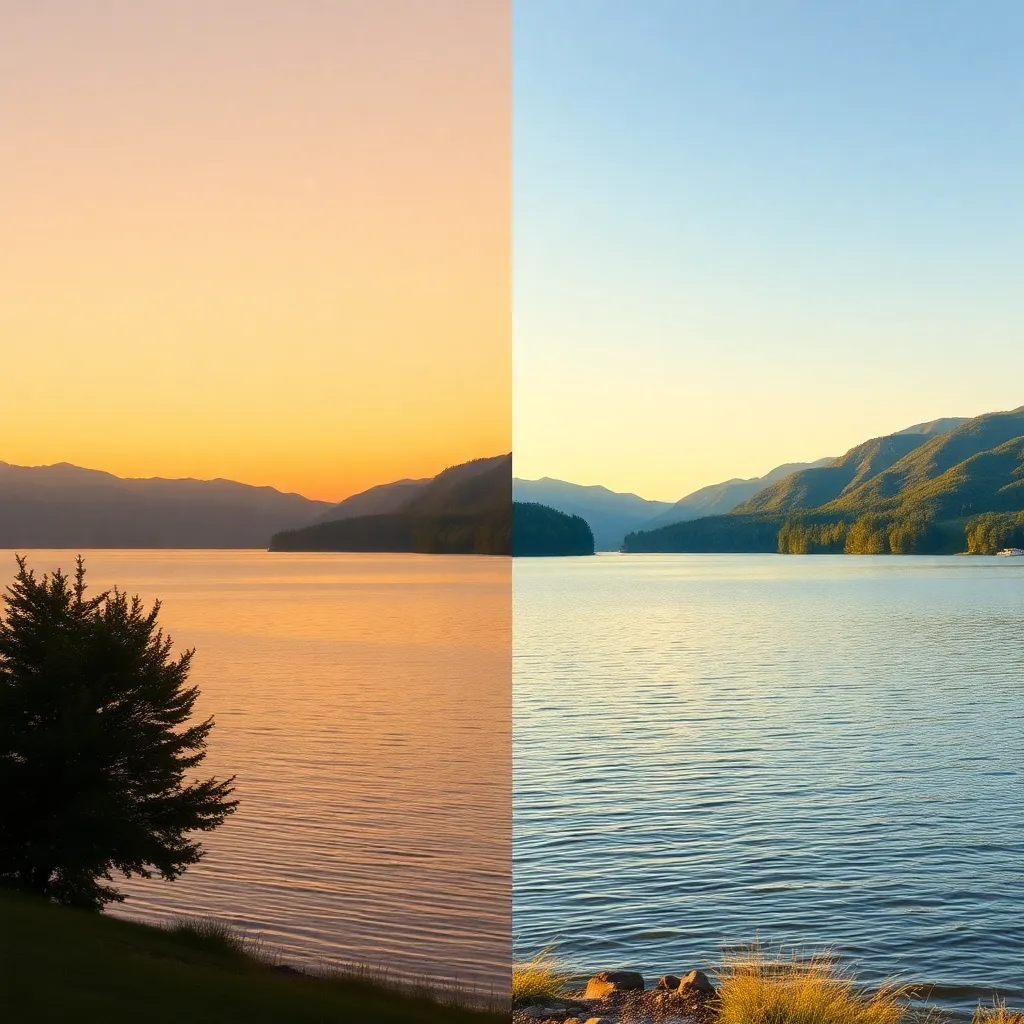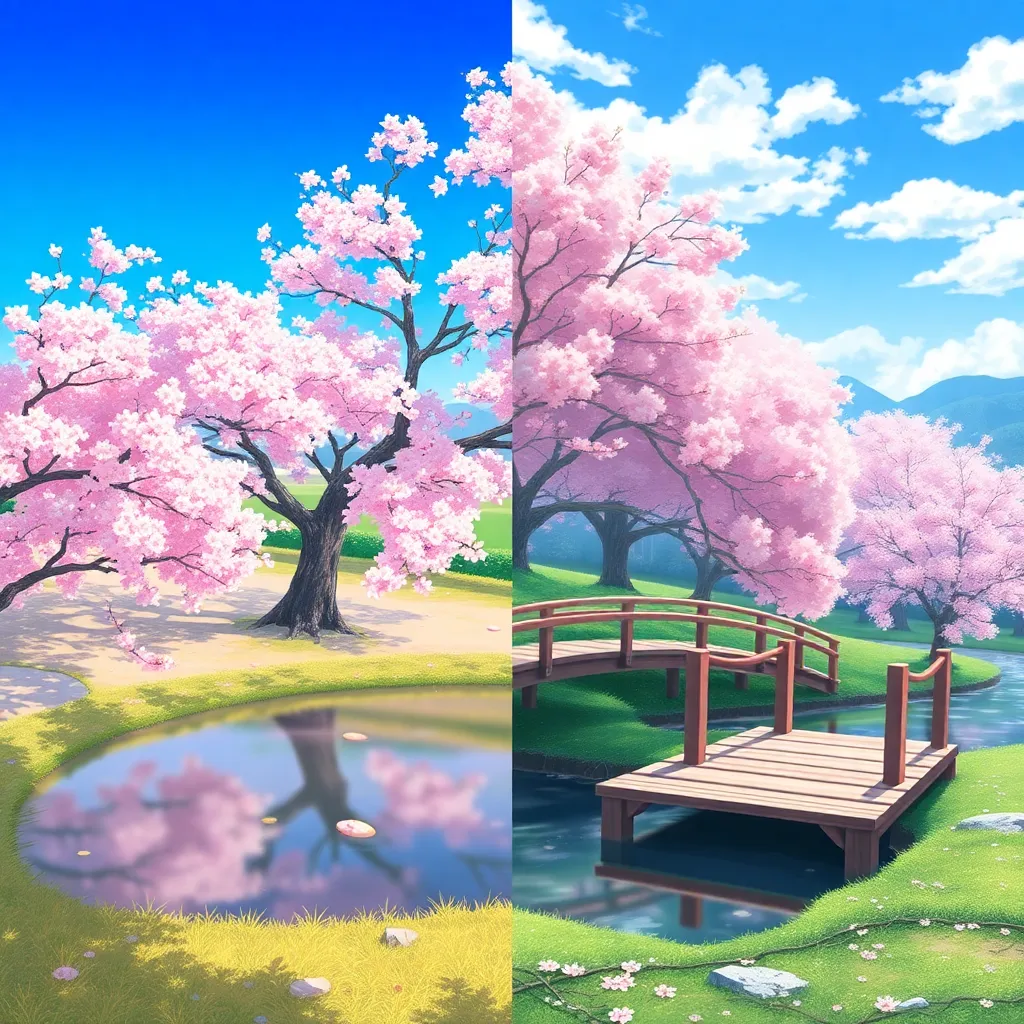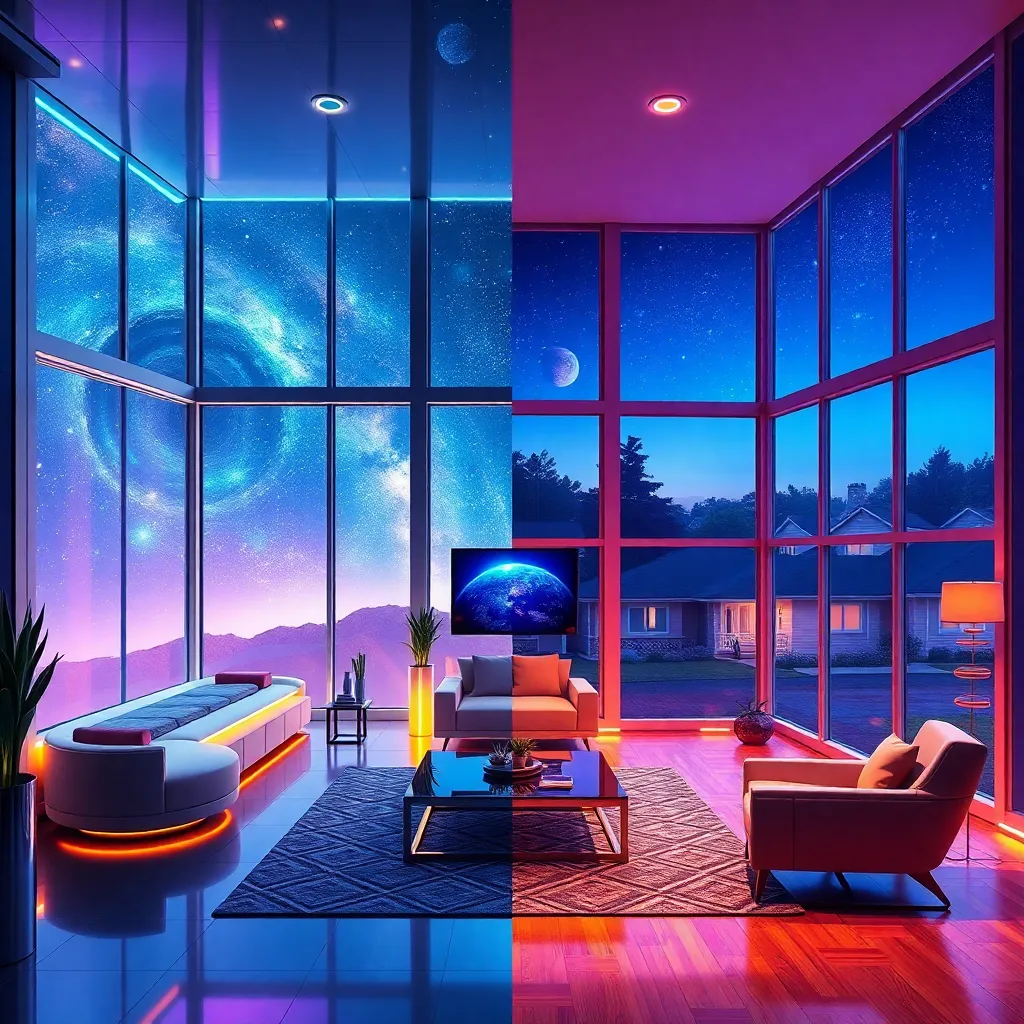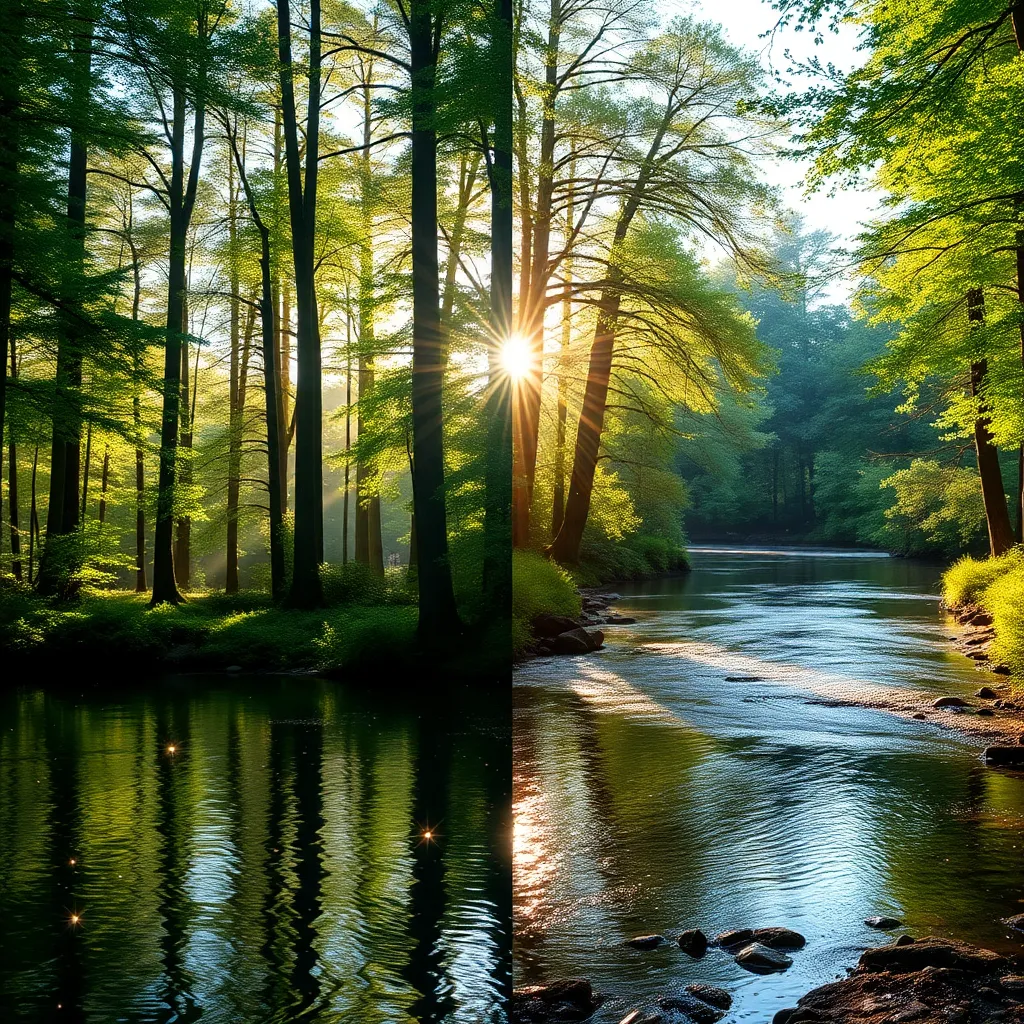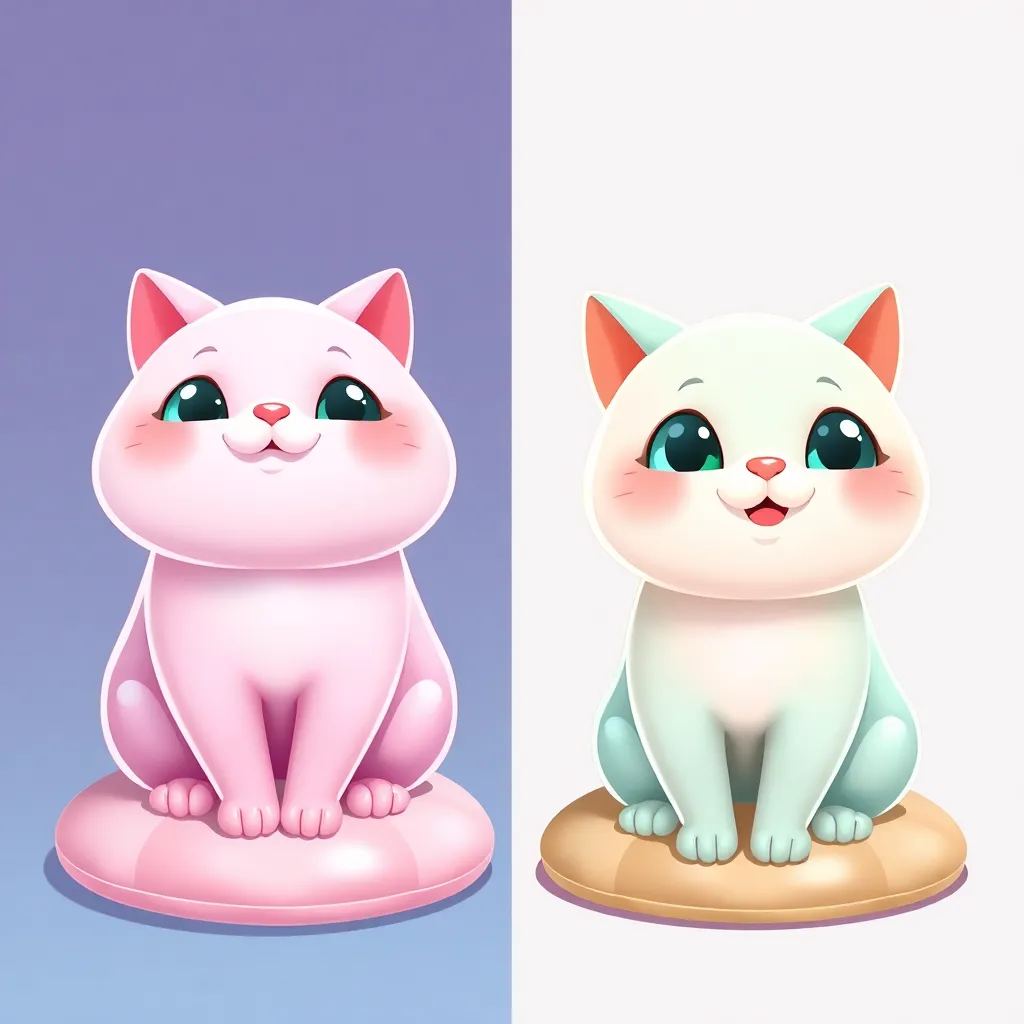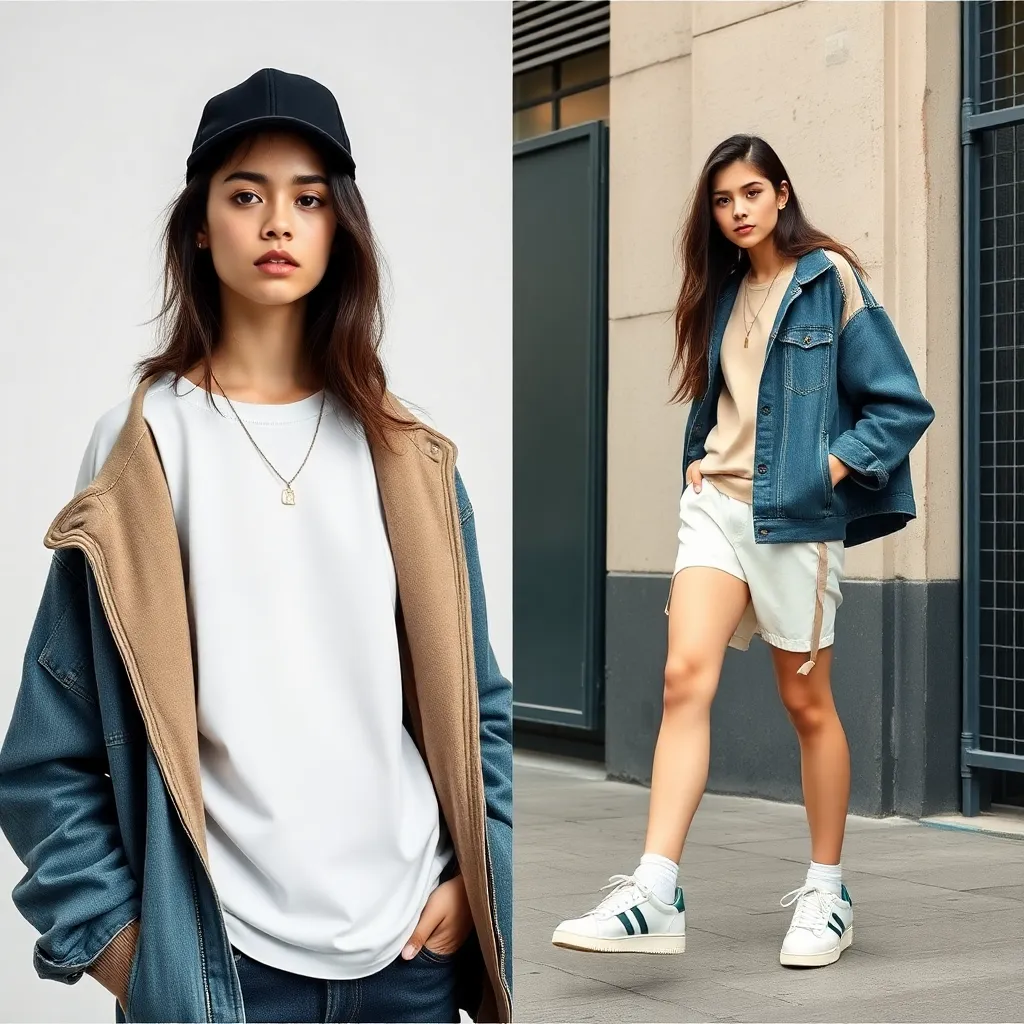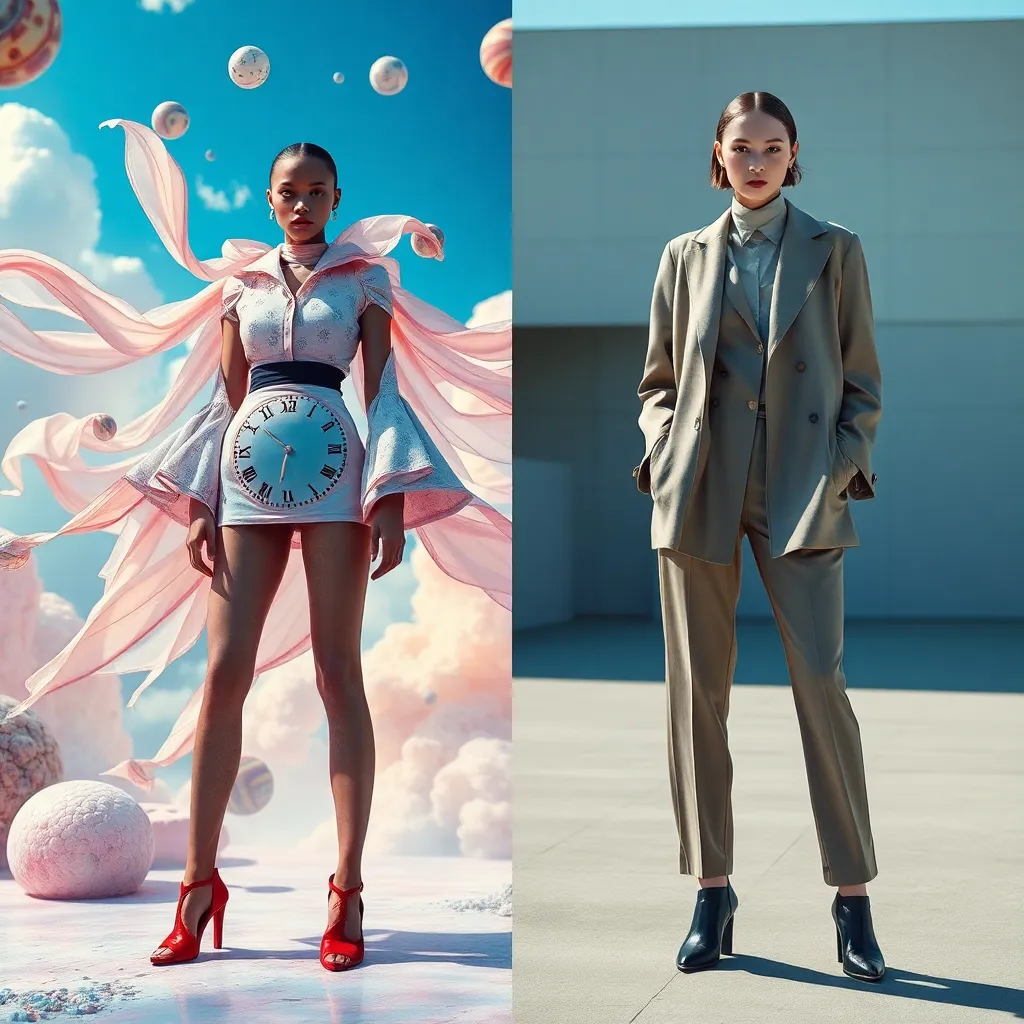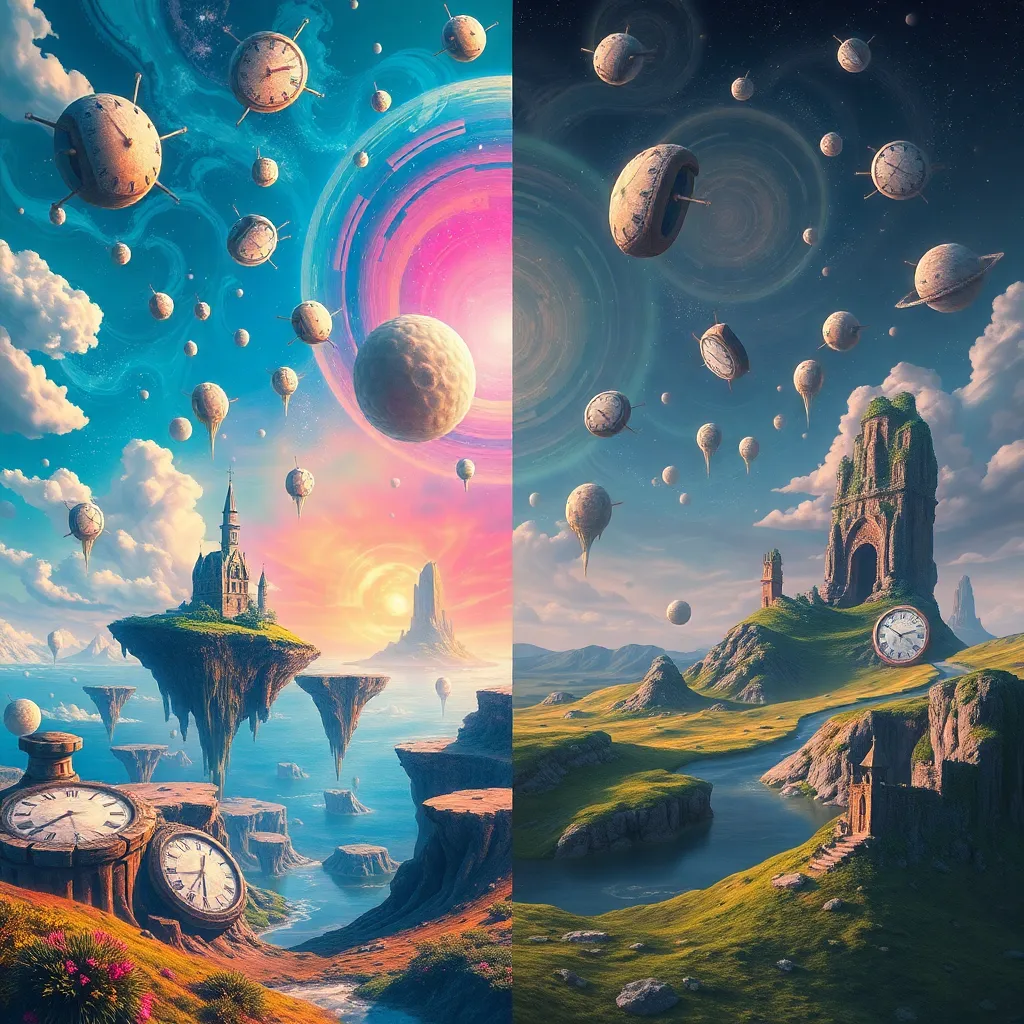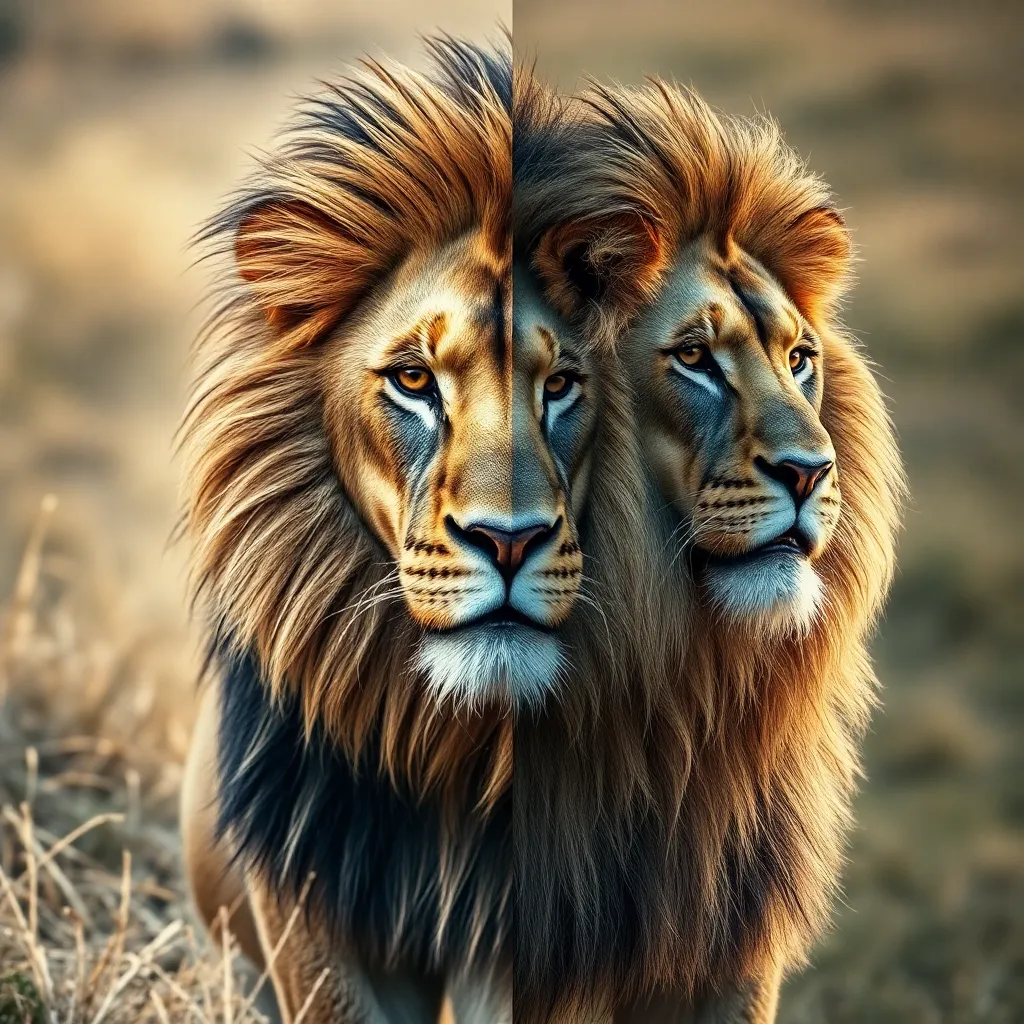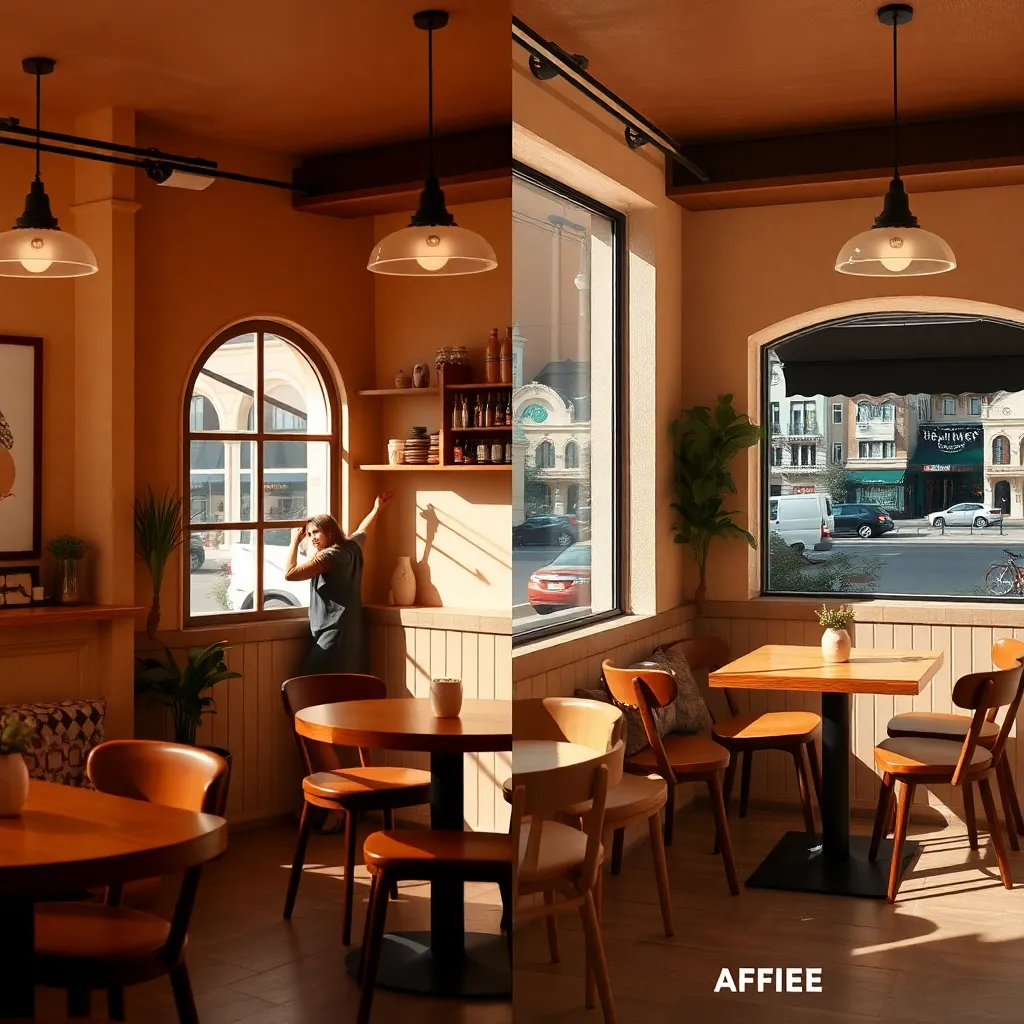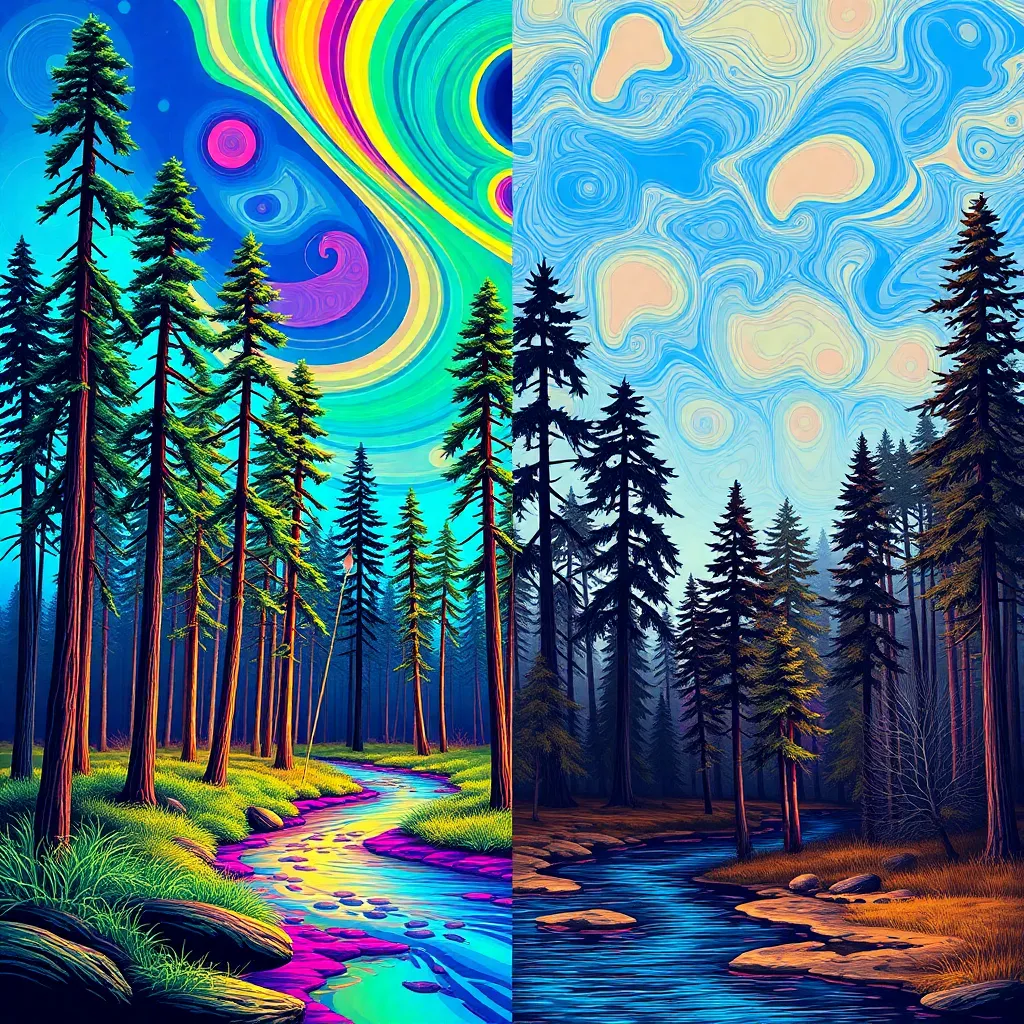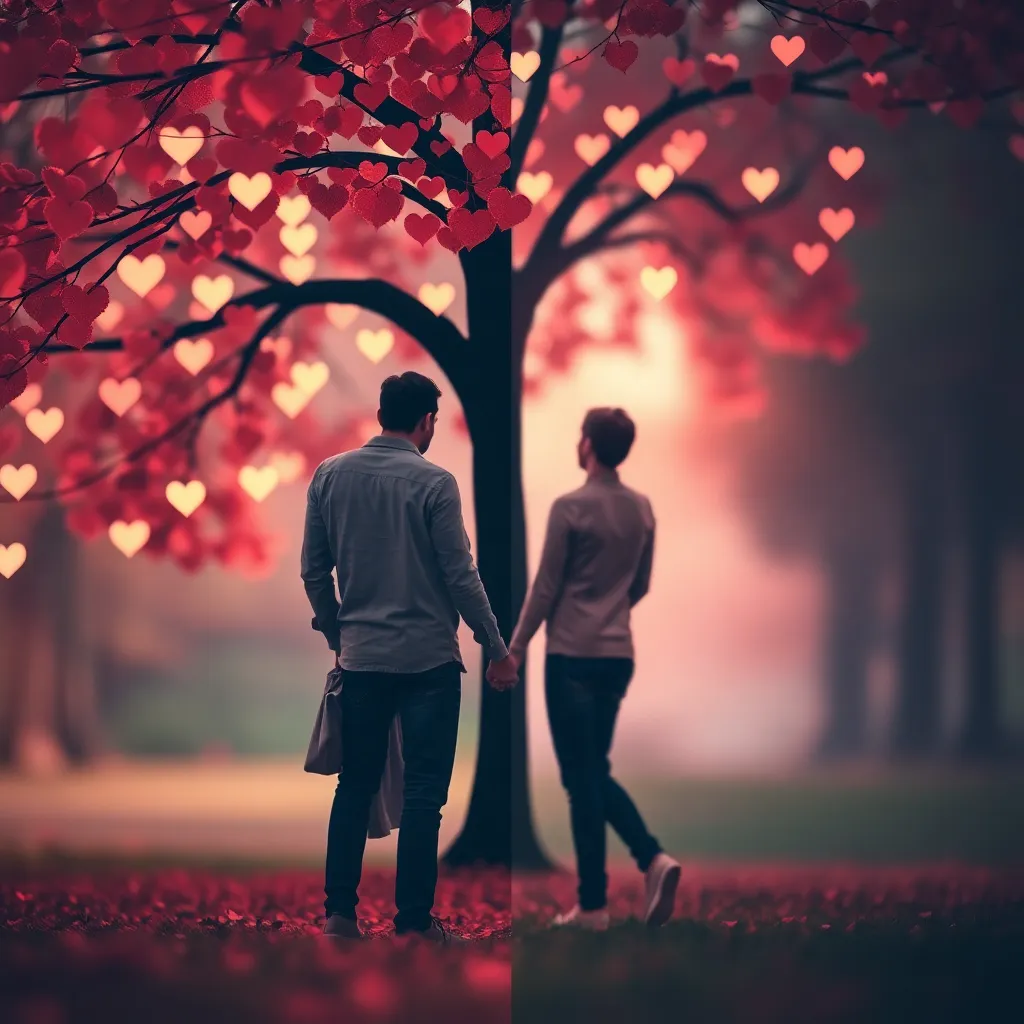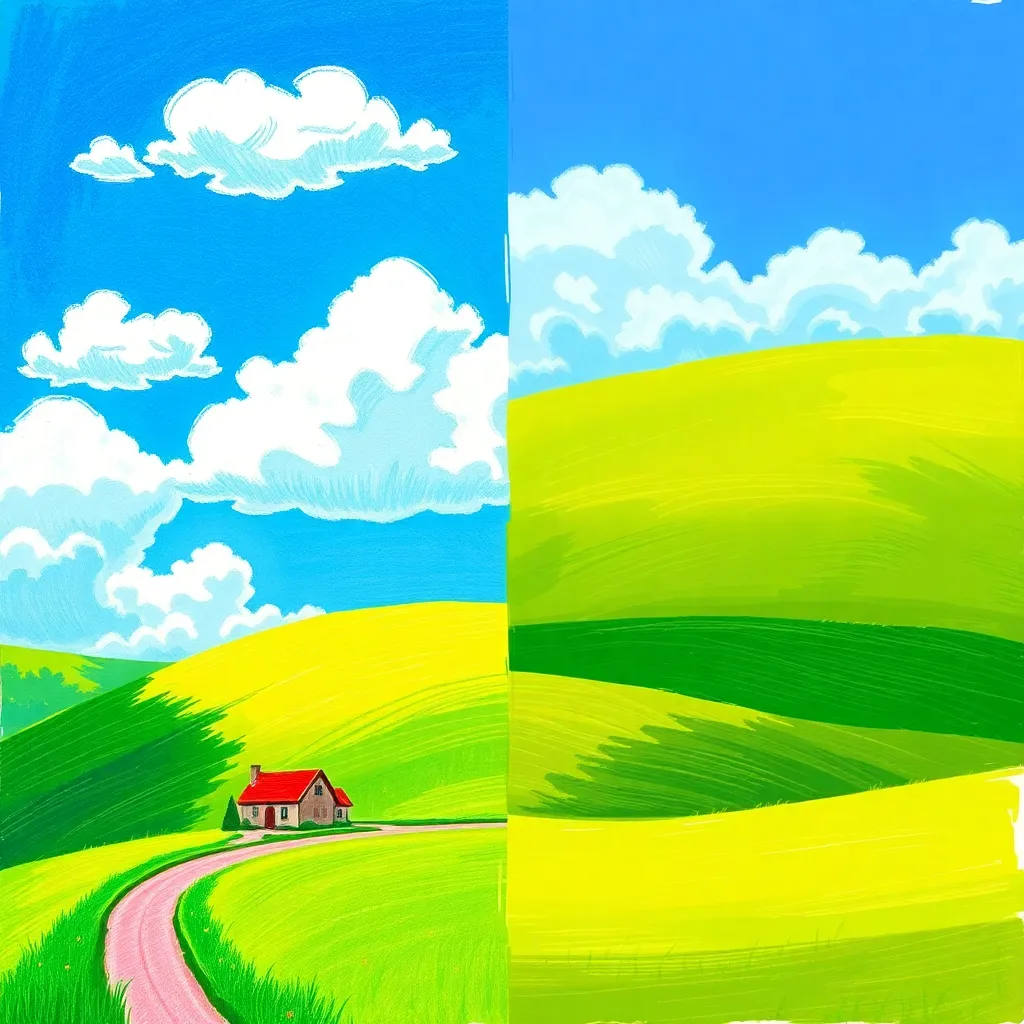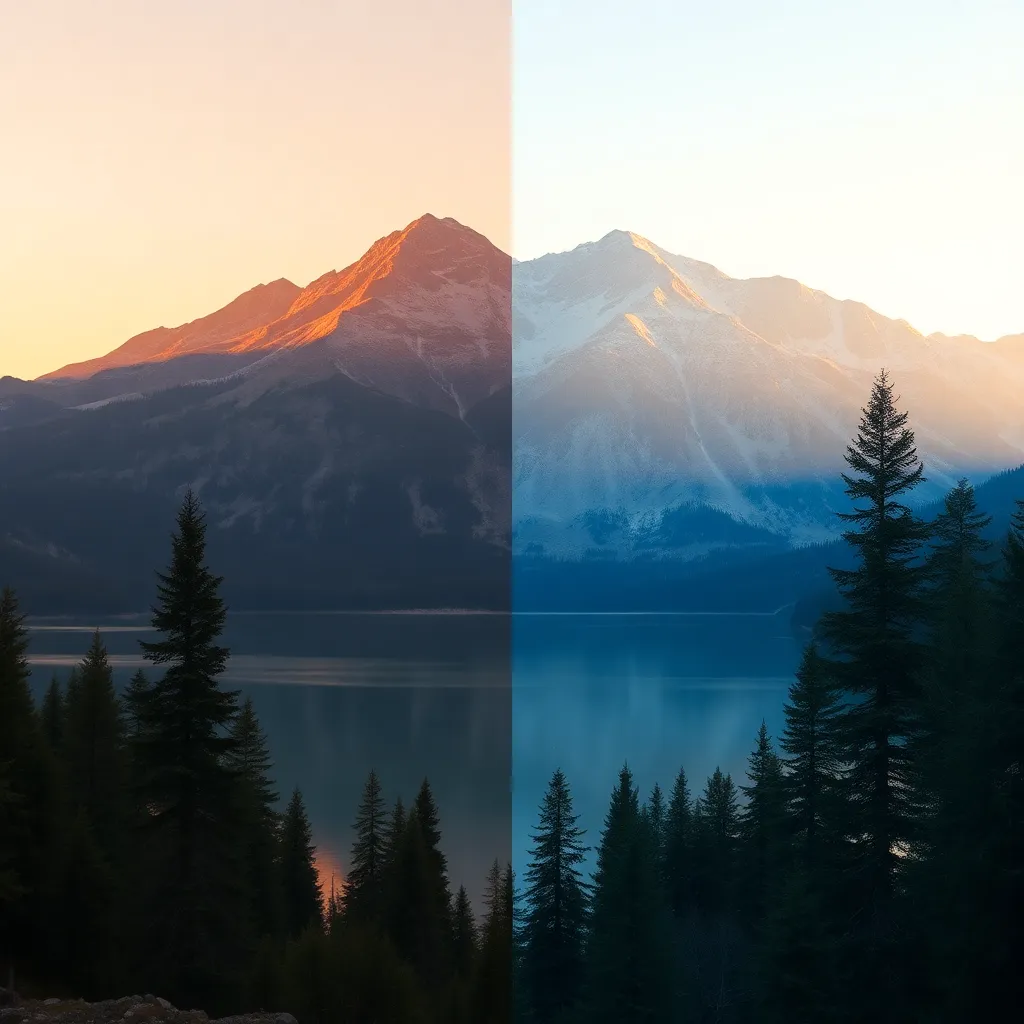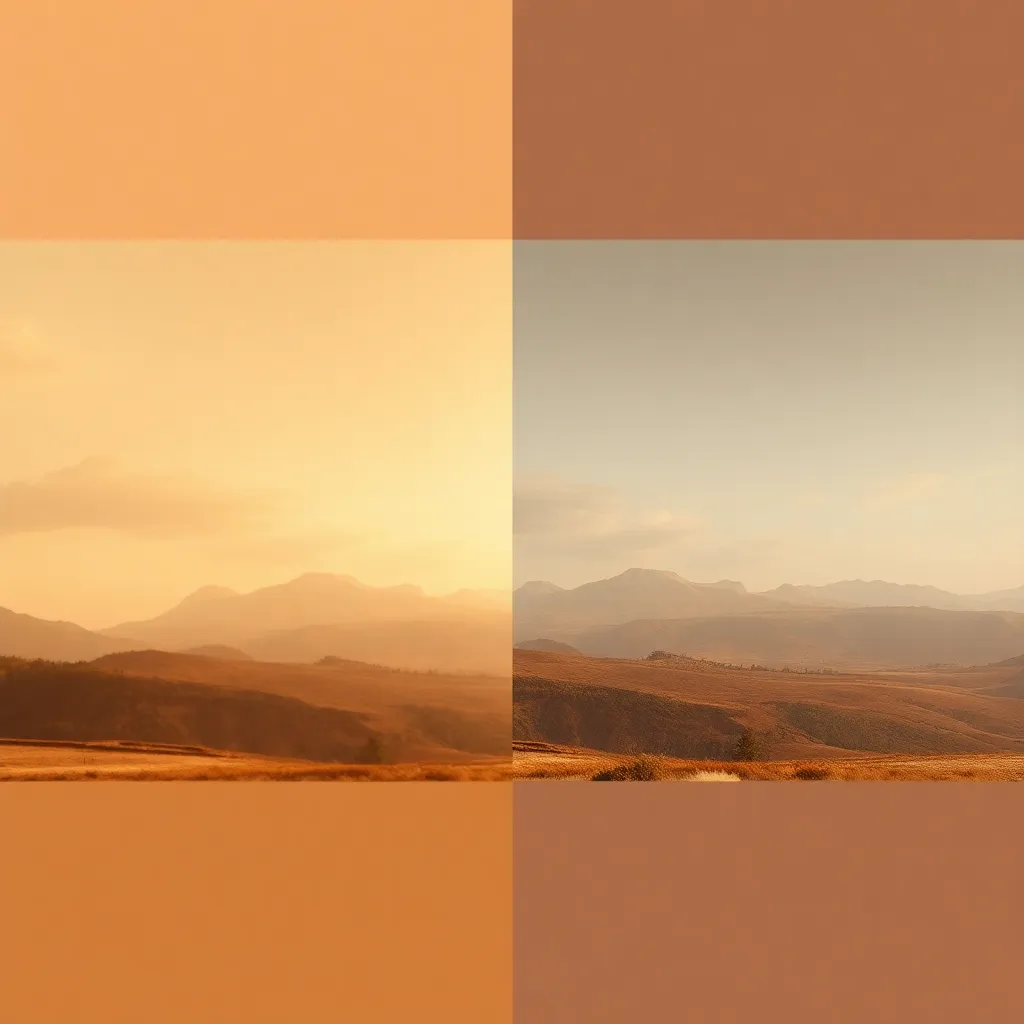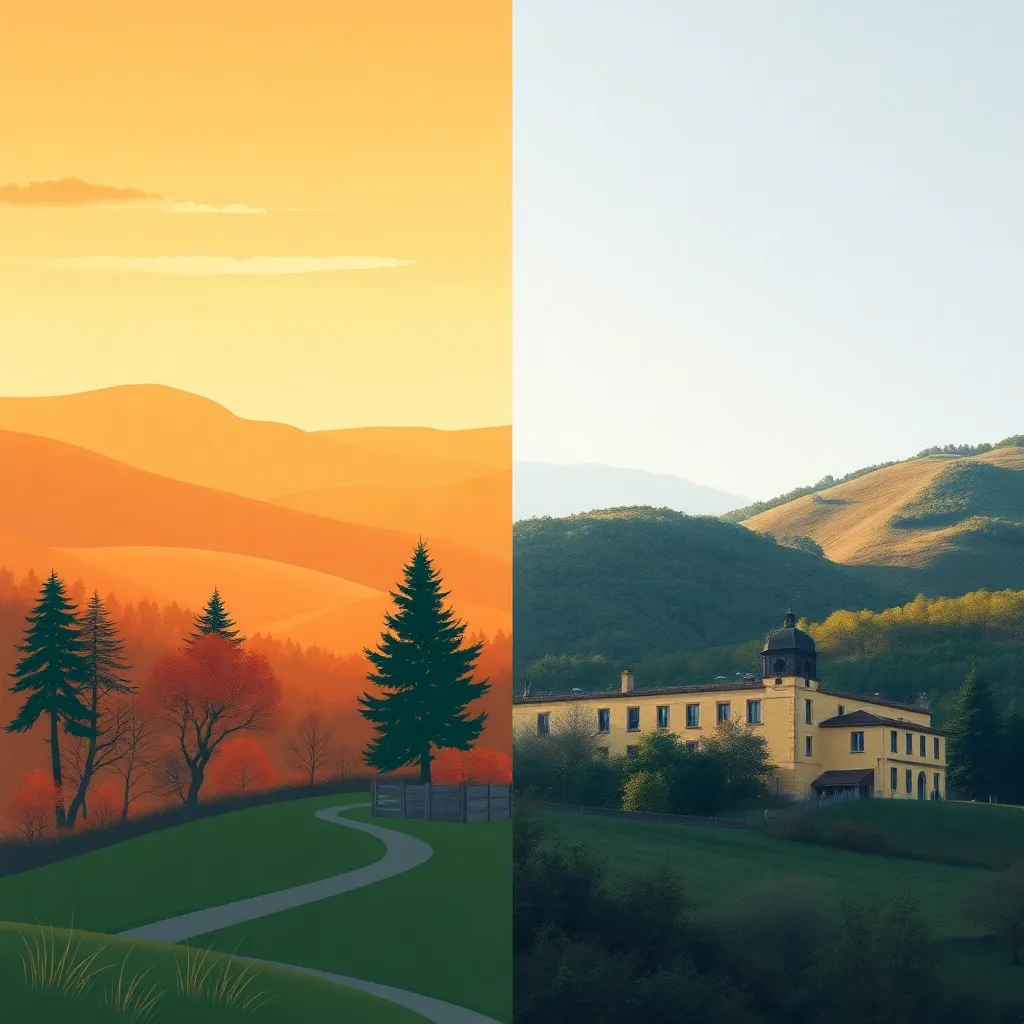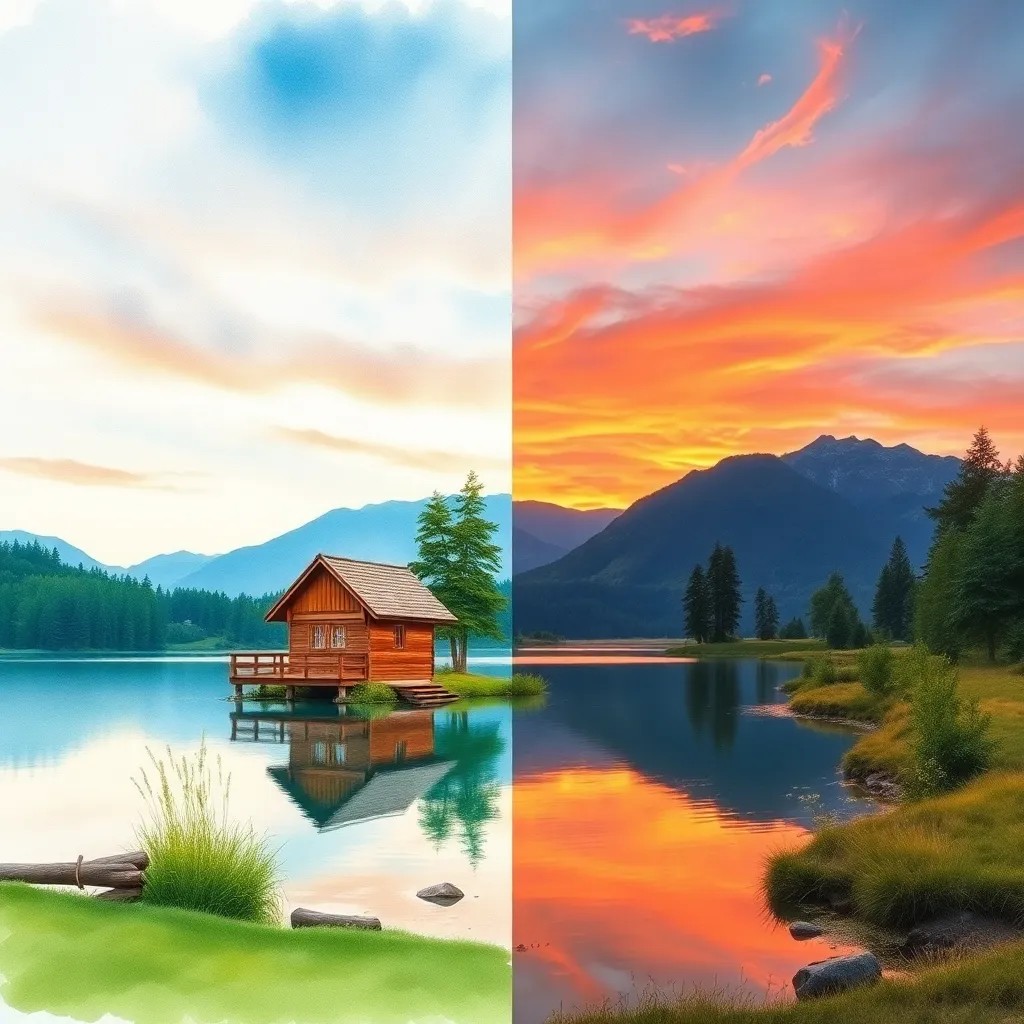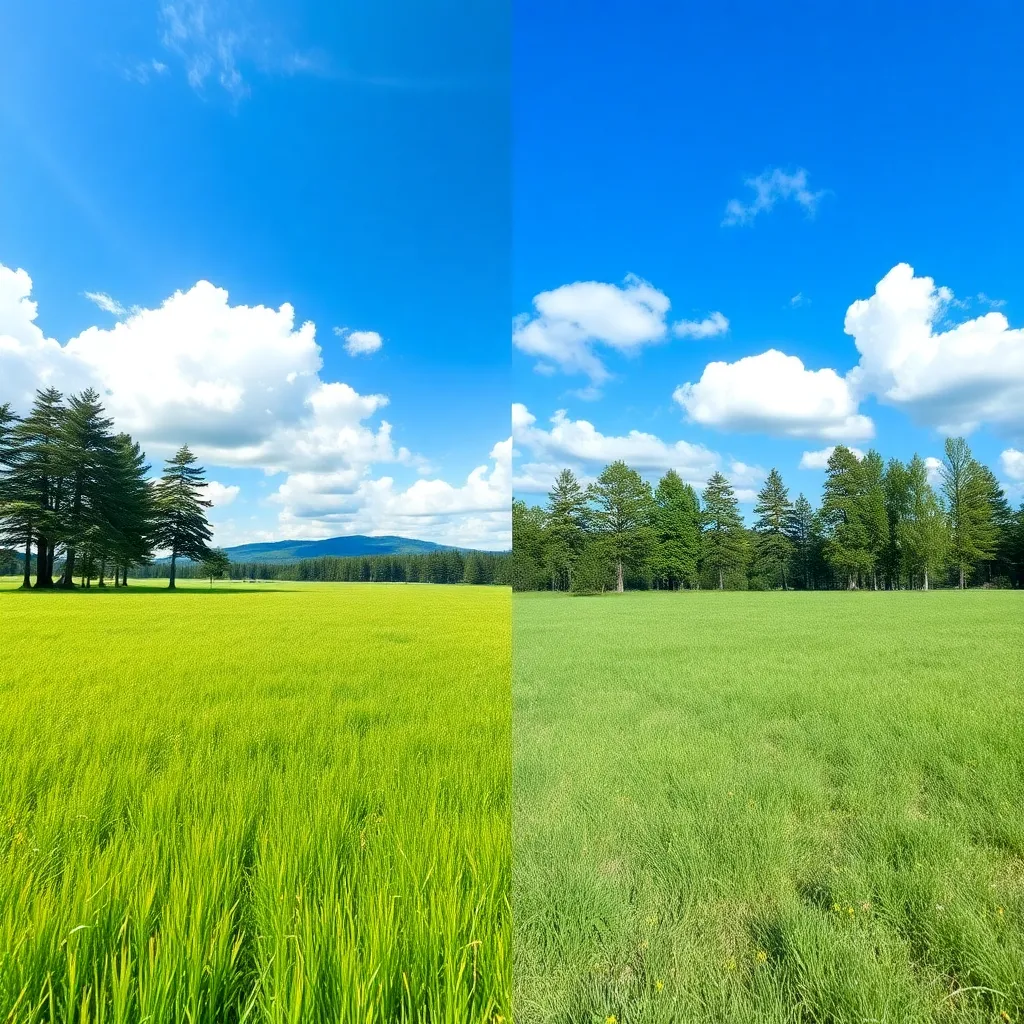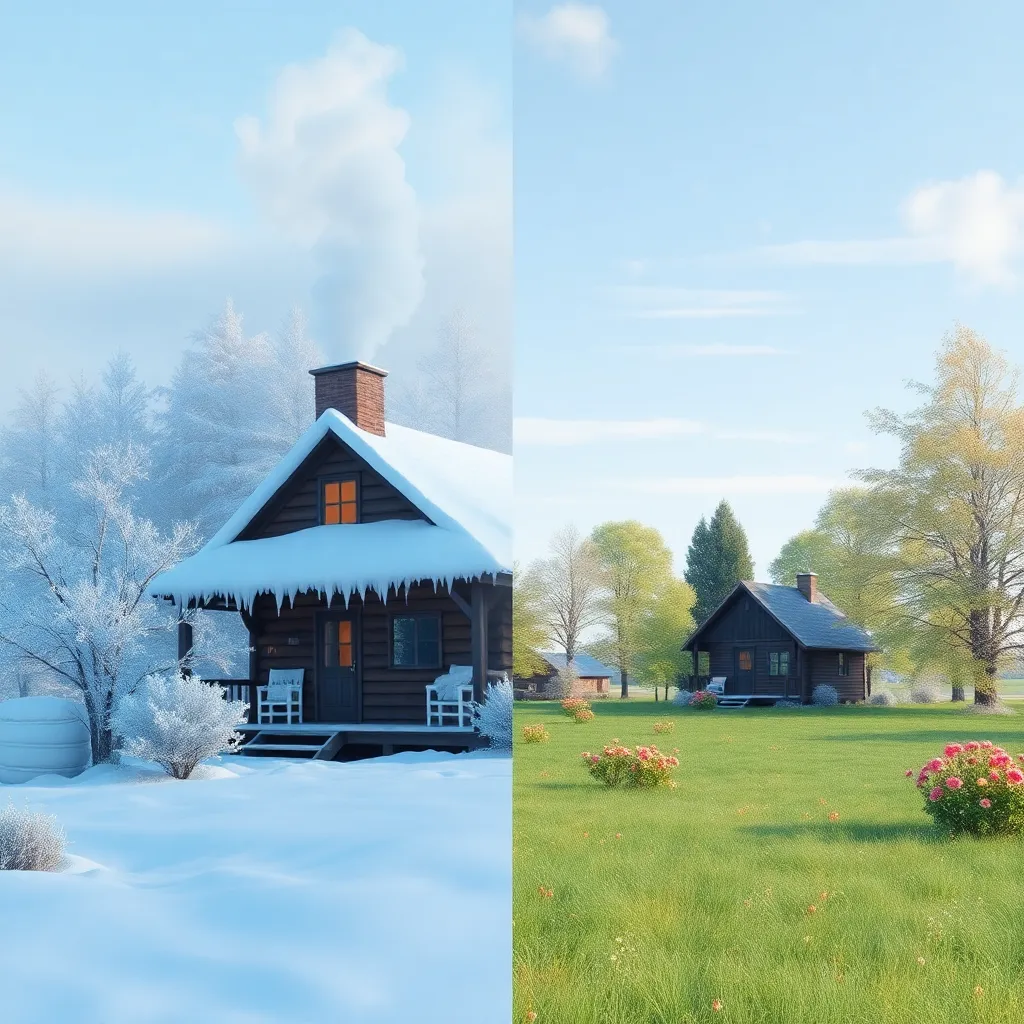Description of the Historical Style
The Historical Style is a photographic and artistic approach that seeks to replicate the visual language of past centuries—particularly the aesthetics found in classical paintings, engravings, and early photography. This style is instantly recognizable for its use of muted, earthy color palettes, textured brushwork, sepia or faded tones, and dramatic, chiaroscuro-inspired lighting. The effect often incorporates elements such as ornate costumes, period-specific props, and authentic settings, transporting the viewer into a different era.
History of the Historical Style
Rooted in the traditions of European portraiture, landscape painting, and documentary illustration, the Historical Style draws inspiration from the Renaissance, Baroque, Romantic, and Victorian eras. With the advent of photography in the 19th century, early photographic techniques such as daguerreotypes and albumen prints also contributed to the development of this style, characterized by their soft focus, subdued colors, and intricate details. Today, the Historical Style is revived and reinterpreted through digital tools and AI, allowing photographers and artists to recreate the grandeur and authenticity of historical imagery in a contemporary context.
Who is Using the Historical Style?
The Historical Style is embraced by a diverse range of creators and organizations:
- Portrait Photographers: Artists who wish to imbue their subjects with timeless elegance use this effect, often for fine art, editorial, or commemorative portraits.
- Re-enactment Groups and Museums: Historical societies and museums utilize the style to create authentic promotional materials, educational content, and exhibition visuals.
- Filmmakers and Set Designers: The effect is popular in pre-visualization and promotional materials for period dramas and documentaries.
- Educators and Authors: Used in textbooks, historical novels, and digital learning platforms to visually enrich stories from the past.
- Commercial Brands: Companies seeking to evoke heritage and tradition in their advertising turn to Historical Style for special campaigns, packaging, or branding initiatives.
- AI Artists and Digital Creators: Leveraging modern technology to generate new artworks that celebrate or reinterpret history.
How Does the Historical Style Enhance Photos?
The Historical Style effect enhances images in several distinct ways:
1. Timelessness and Storytelling
By applying aged textures, subdued color palettes, and period-appropriate lighting, the Historical Style transports viewers into another era. This instantly adds layers of narrative and emotional depth, making each image feel like a window into the past.
2. Artistic Gravitas
The effect replicates the grandeur and technical mastery of classic paintings, imbuing photos with a sense of artistry and sophistication. Ornate costumes, dramatic poses, and carefully composed backgrounds echo the techniques of master painters, elevating the subject matter.
3. Visual Cohesion
Historical Style unifies diverse elements within a scene—such as architecture, clothing, and props—through consistent use of color grading, texture, and lighting. This creates a harmonious and immersive visual experience.
4. Enhanced Mood and Atmosphere
Through the use of chiaroscuro (strong contrasts between light and dark) and warm, earthy hues, the style evokes nostalgia, drama, and a sense of mystery. These qualities draw viewers in and provoke a strong emotional response.
5. Educational and Commemorative Value
By accurately referencing historical aesthetics, the style makes educational content more engaging and helps commemorate significant events and figures, making history more accessible and visually captivating.
Use Cases of the Historical Style
Perfect for educational materials, museum exhibitions, or theatrical productions, this use case brings legendary personalities and moments to life. The regal portrait of a Renaissance queen (see above) demonstrates how costume, lighting, and painterly textures can transform a modern photo into a convincing historical artwork.
2. Architecture: Ancient or Medieval Buildings
Historical Style accentuates the grandeur and mystery of ancient castles, cathedrals, and ruins. By applying aged effects and period-appropriate color grading, contemporary photos of buildings take on the appearance of centuries-old masterpieces, suitable for history books, travel guides, or fantasy media.
3. Scenes from Historical Events or Battles
Ideal for textbooks, documentaries, and re-enactments, this style vividly conveys the drama and intensity of significant battles or historic moments. The dynamic depiction of a Napoleonic battle captures movement, emotion, and the chaos of war, immersing viewers in the era.
4. Everyday Life in Historical Settings
Capturing medieval markets, village life, or early industrial scenes, this approach brings social history to the forefront. Warm tones and expressive brushwork make these images inviting and relatable, helping audiences connect with the past.
5. Historic Inventions or Scientific Breakthroughs
Showcasing pivotal moments like the invention of the printing press, this style is perfect for educational posters, museum displays, or science publications. Detailed textures and atmospheric lighting highlight the ingenuity and labor behind groundbreaking achievements.
6. Artistic Recreations of Famous Moments
Whether it’s the signing of the Declaration of Independence or other iconic events, Historical Style lends authenticity and drama to artistic recreations. These images are invaluable for commemorative publications, exhibitions, and media projects.
Pro Tips for Using the Historical Style
1. Focus on Authenticity
When planning your composition, pay attention to costumes, props, and settings that are true to the era you’re emulating. Small details—such as period-appropriate fabrics, hairstyles, and backgrounds—make a significant difference.
2. Master Lighting
Emulate the lighting techniques of classical painters. Use soft, directional light for portraits, and dramatic contrasts (chiaroscuro) for scenes requiring mood and depth. Shadows and highlights should be carefully controlled to mimic candlelight or natural window light.
3. Use Texture and Color Grading
Layer textures such as canvas grain, cracks, or faded edges to replicate the appearance of aged paintings or photographs. Adjust color grading to favor sepia, ochre, and muted greens or blues, avoiding overly saturated tones.
4. Tell a Story
Each Historical Style image should evoke a narrative or moment in time. Consider the emotions, relationships, and historical context of your subjects, and use composition to reinforce the story.
5. Blend Modern and Historical Elements
For a unique twist, experiment with placing modern subjects in historical contexts, or vice versa. This can create a visually striking juxtaposition that sparks curiosity and conversation.
Conclusion
Historical Style is a powerful tool for photographers, artists, educators, and storytellers. By capturing the textures, palettes, and lighting of the great masters, you can create images that transport viewers through time, evoke deep emotions, and add a layer of authenticity and narrative to your work. Whether you’re recreating history for educational purposes, artistic expression, or commercial appeal, mastering the Historical Style will ensure your images stand the test of time.
